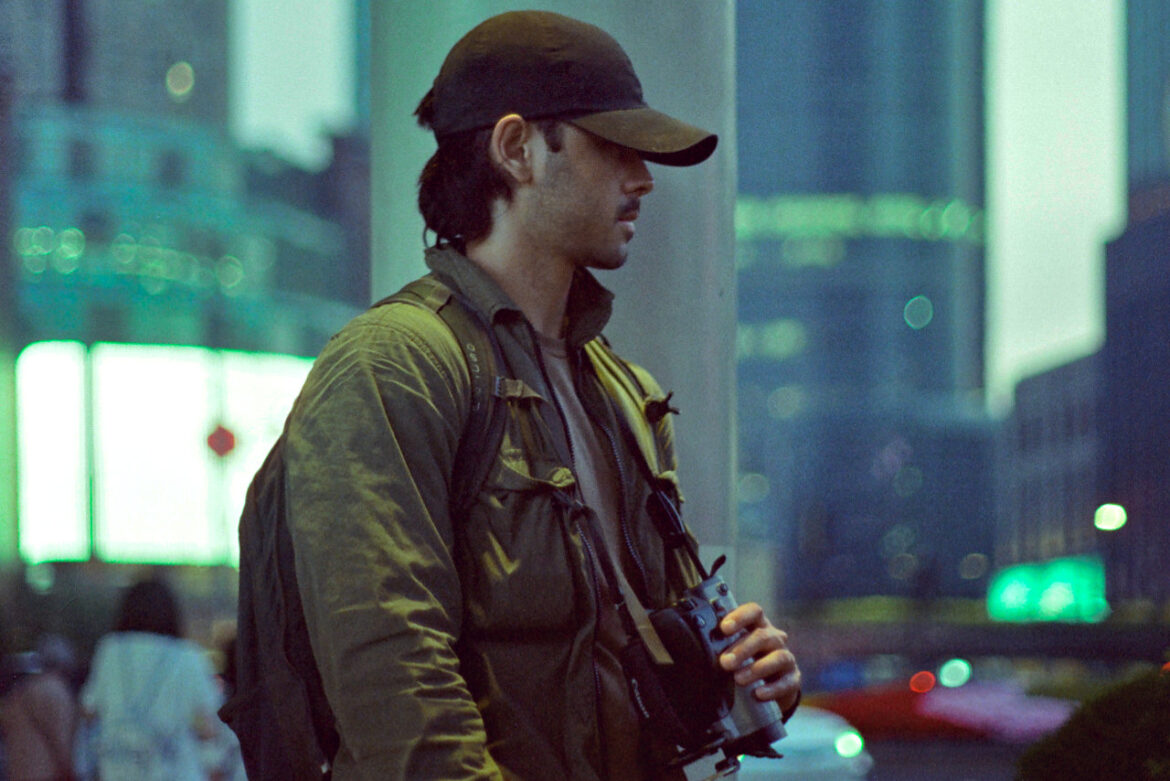Photos and Writing By: Andrew Kirkwood [ Instagram ]
Editing and Select Contributions by: XEONIQ [ Instagram | Tumblr ]
Editor’s Note: This is an extremely expansive set of images curated and edited by Andrew and myself that rivals a small photobook. In this age of disposable media, where still images are lucky to get a single second worth of attention on platforms like Instagram, it has been a pleasure helping Andrew publish this piece where it can enjoy years of online viewing. While certainly viewable on a phone, this set benefits from a larger desktop or laptop display.
Introduction
Shanghai, a city where old-world charm meets futuristic ambition, offers a rich display of life, architecture, and moments that are waiting to be captured. I took this trip on a whim to visit an old friend, and with the express intention of exploring the city and surrounding areas for some travel photography. While Brisbane is a gorgeous city to live in with its own aesthetic charm and interesting scenes to capture, travelling to a new place really does amplify the motivation to take photos.
For this trip I only brought two cameras: my original Contax T and the Canon Autoboy Jet, both 35mm film cameras.
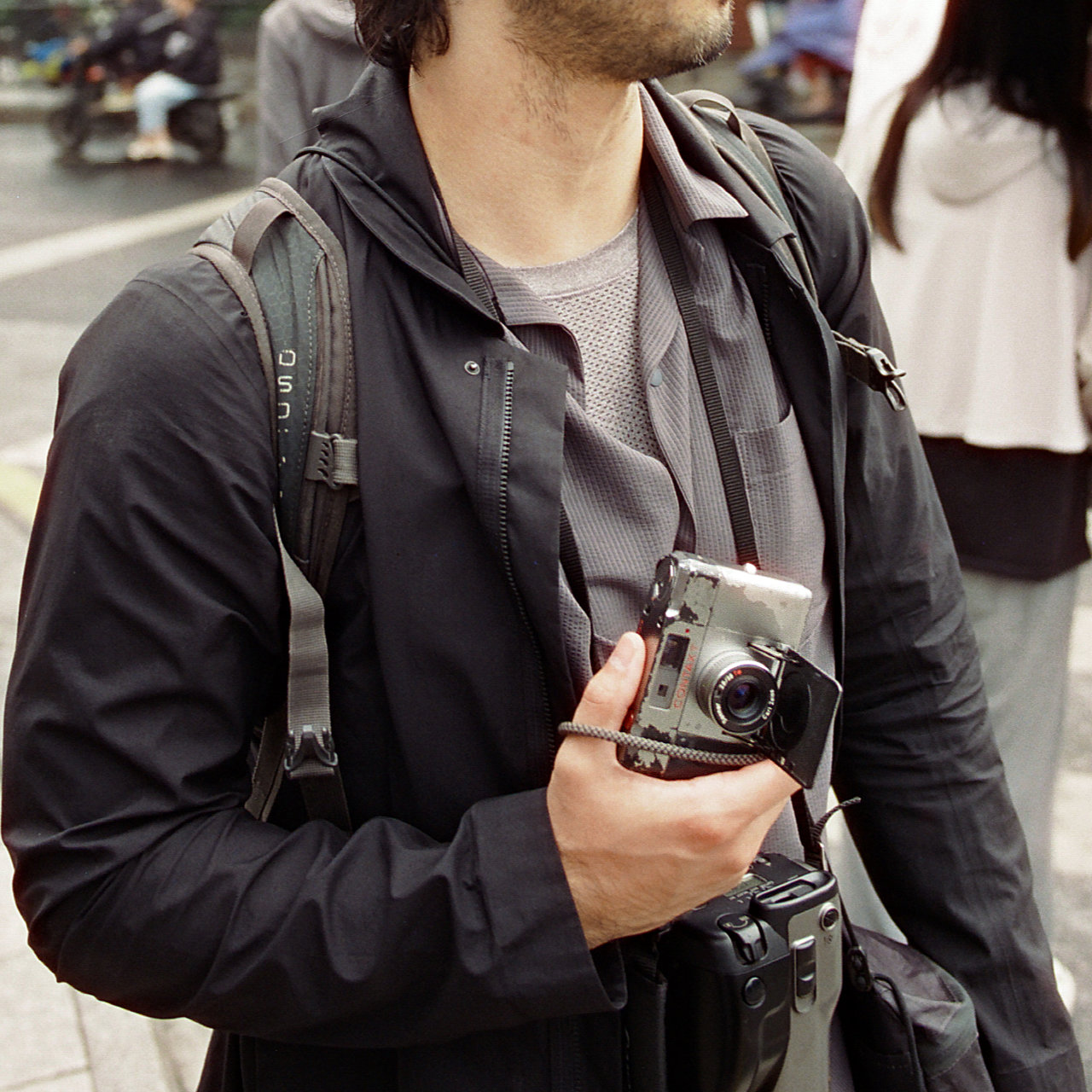
The Contax T with its unobtrusive size in a sleek titanium body and exceptional ability to handle varied conditions due to being able to manually focus and choose aperture. This allows me to silently snap all types of dynamic subjects on the street, only advancing the frame when necessary.
I went through roughly ten rolls on my trip, which I all purchased in a photographic mall in Shanghai and had them developed and scanned locally. Travelling with film has its disadvantages, but I enjoyed the process immensely.
The resulting scans are some of my favourites that I’ve edited and compiled into different locations and aspects of the trip. It’s a huge set but I found it very rewarding curating and editing everything over the last few weeks since I’ve returned to Australia. Included are my thoughts of shooting with the cameras, different film stocks and of Shanghai as a city.
Shooting Architecture in China
One of the things I wanted to do when arriving in Shanghai was to capture the city’s renowned architecture. Brisbane has some great buildings but nothing on the scale that Shanghai promised. I was not disappointed on my trip. I mostly used the Canon Autoboy Jet for these shots as the zoom was useful in capturing the perspectives I wanted to show scale and details.
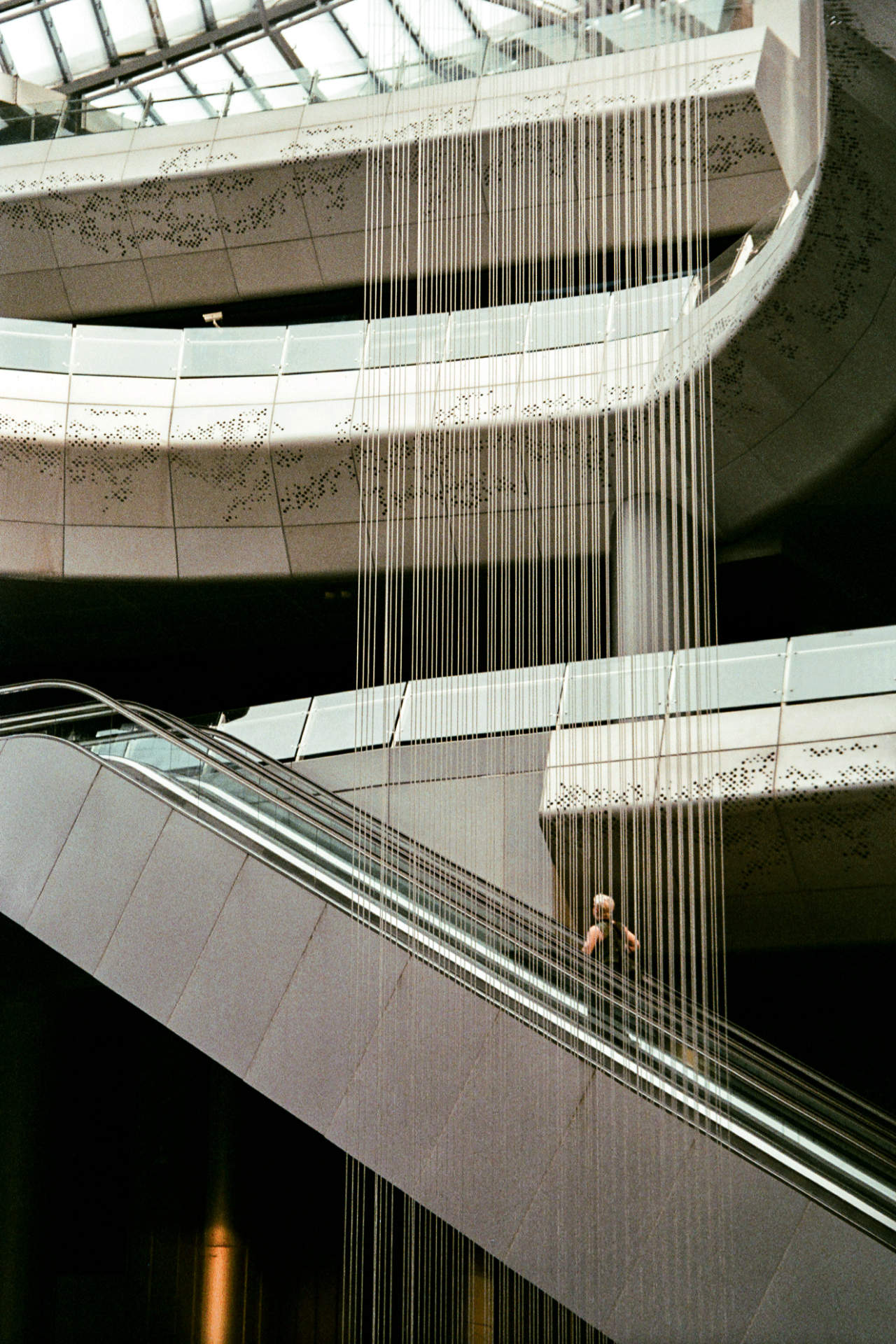
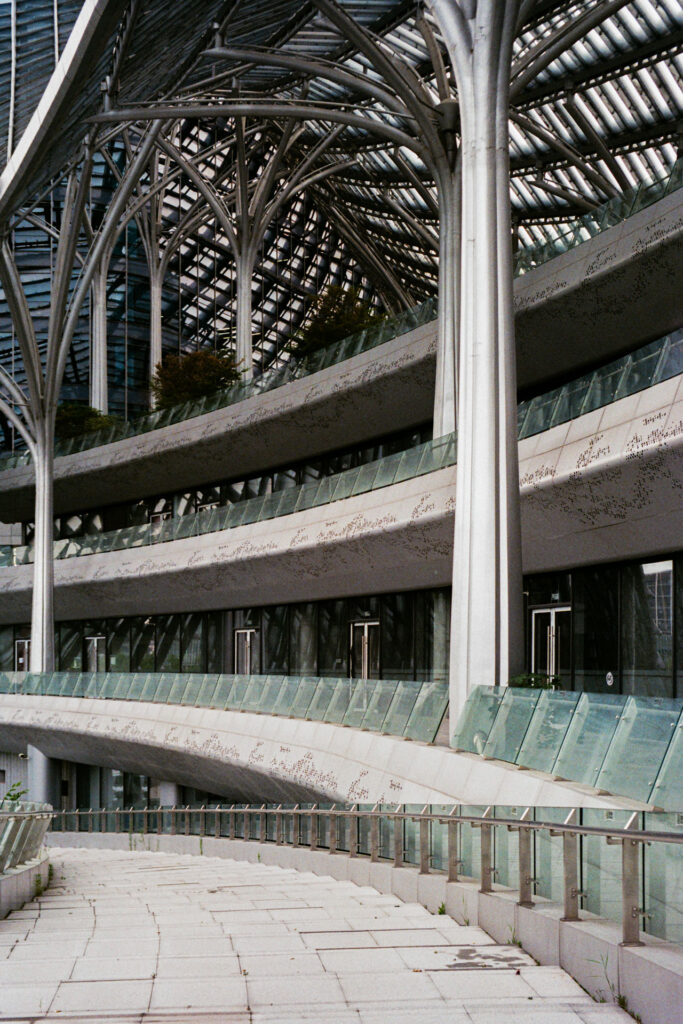
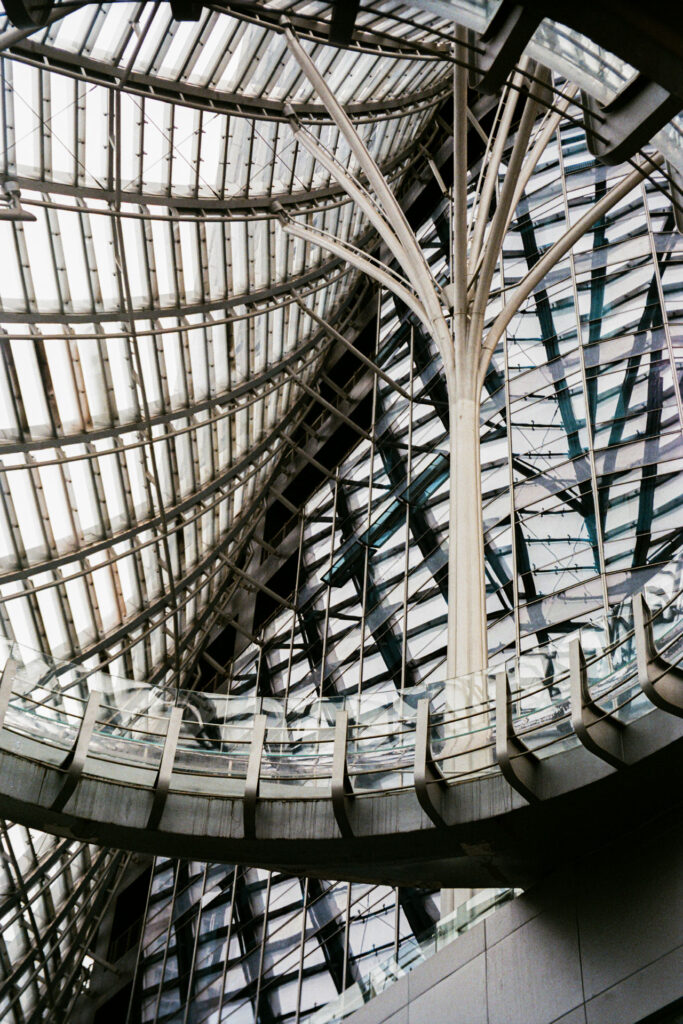
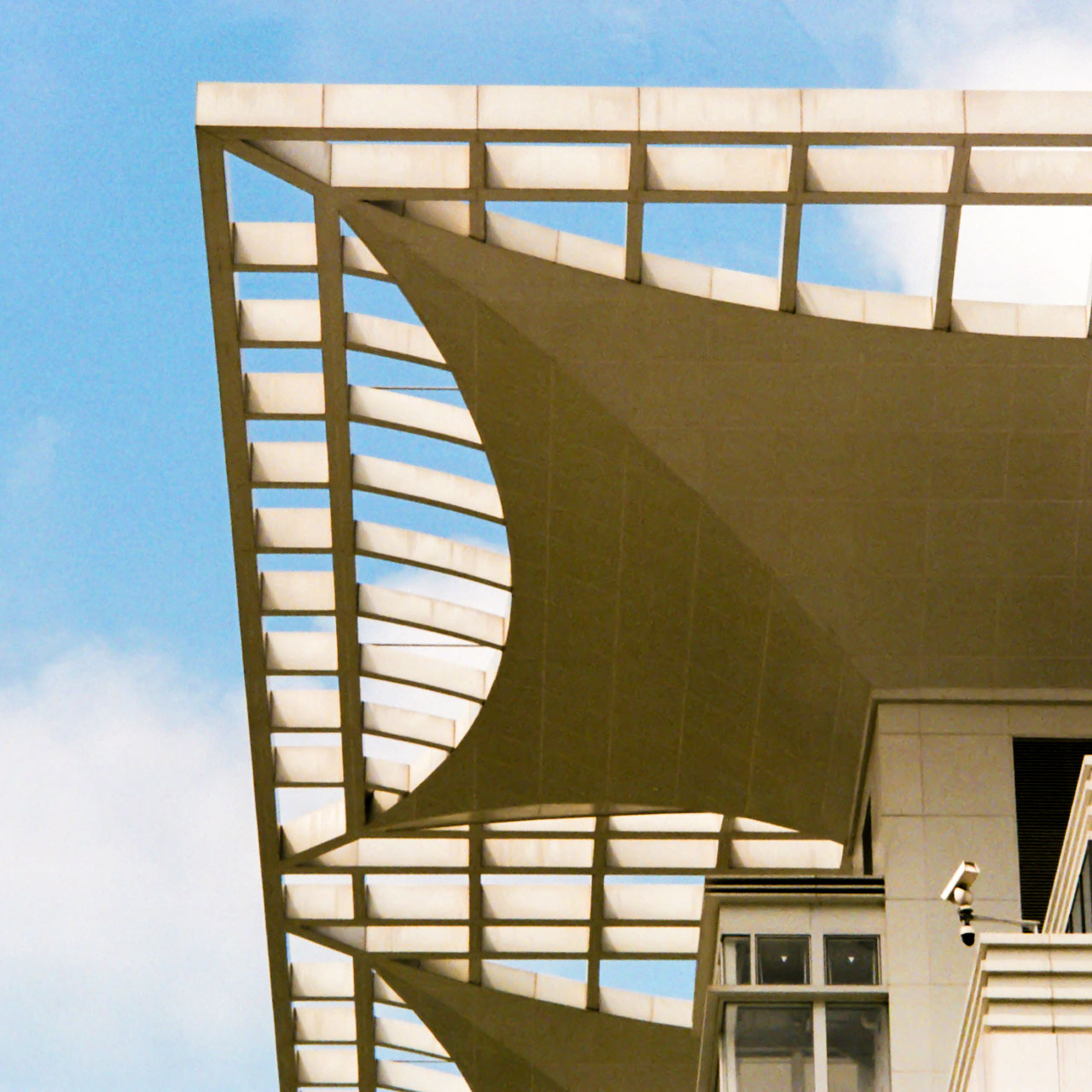
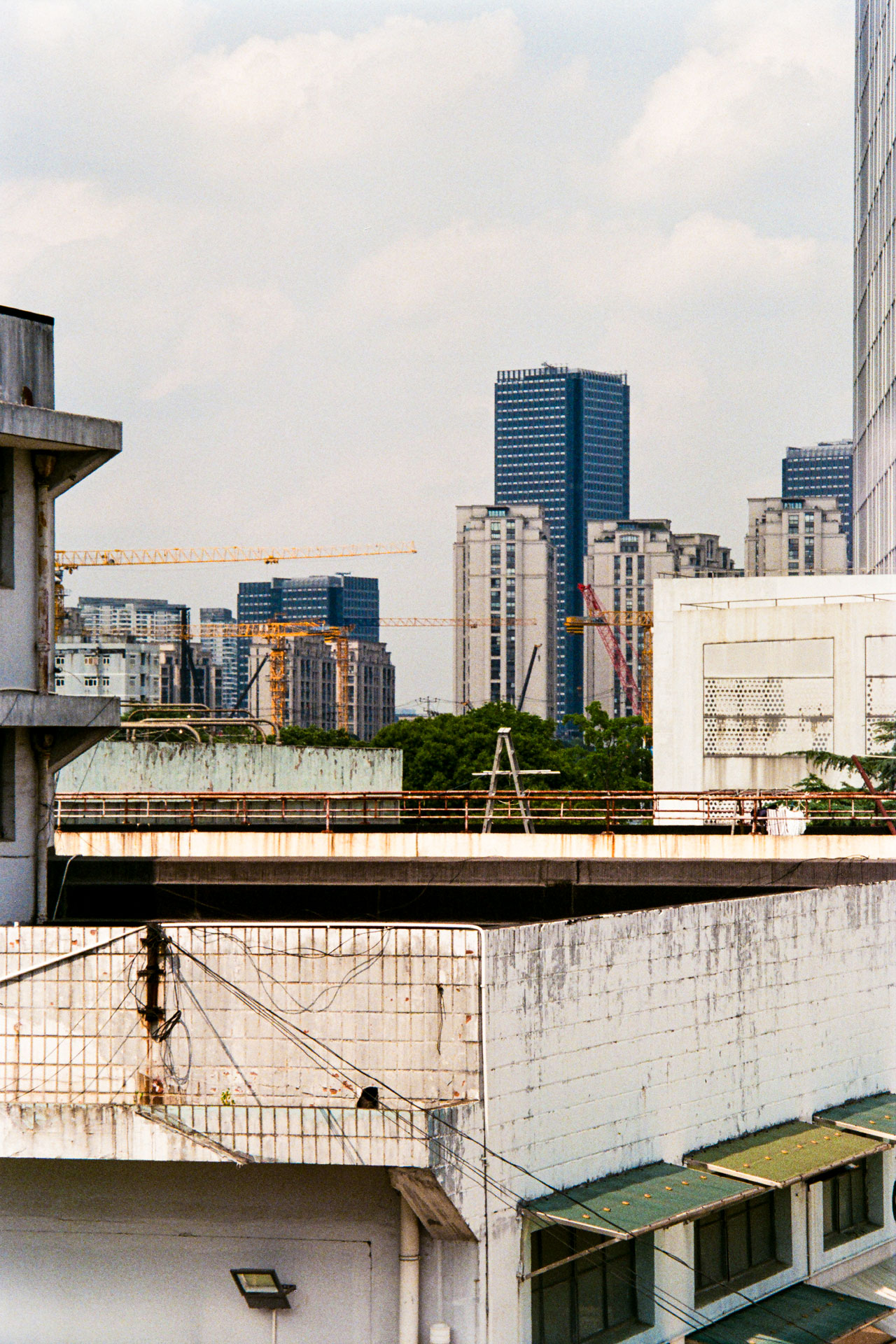
Getting a higher vantage point and some distance, then using the telephoto end of the Canon Autoboy Jet’s zoom allows for significant compression of buildings into one single shot.
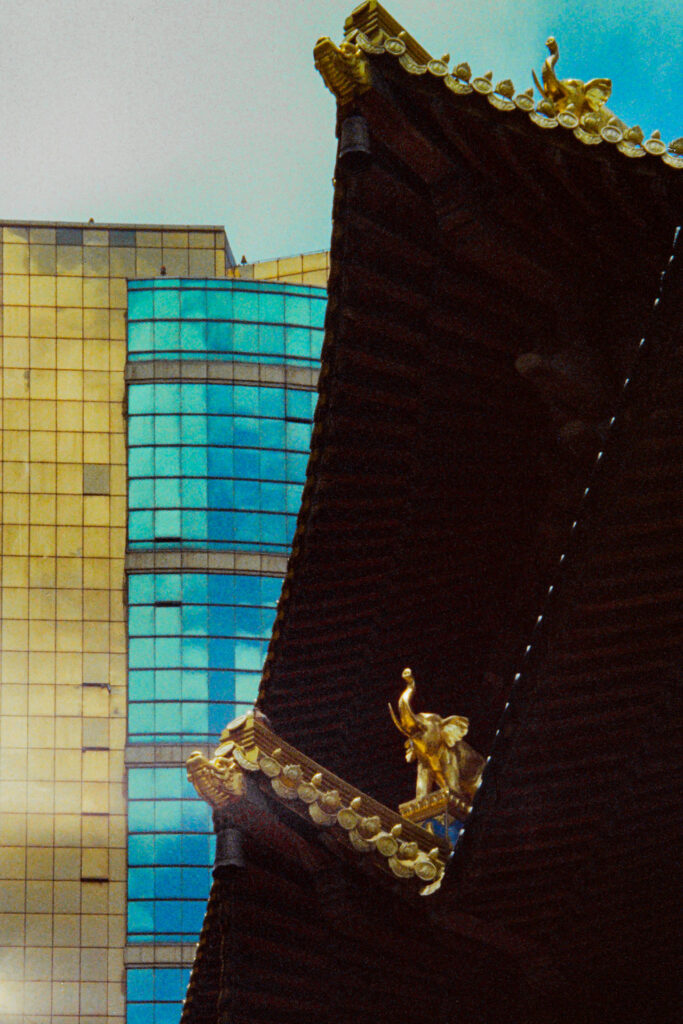
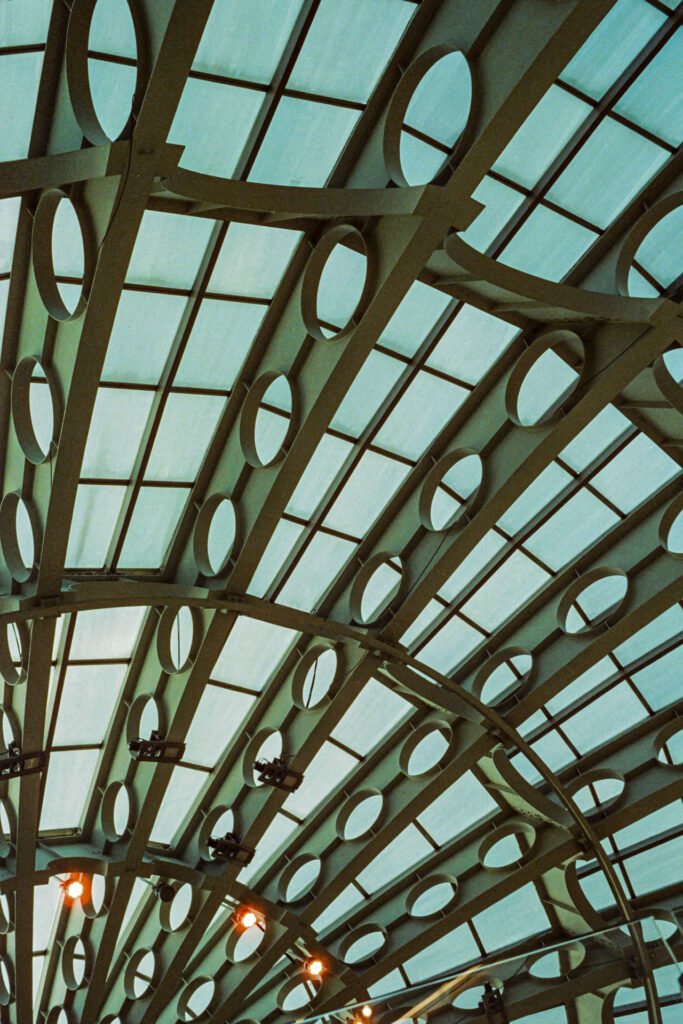
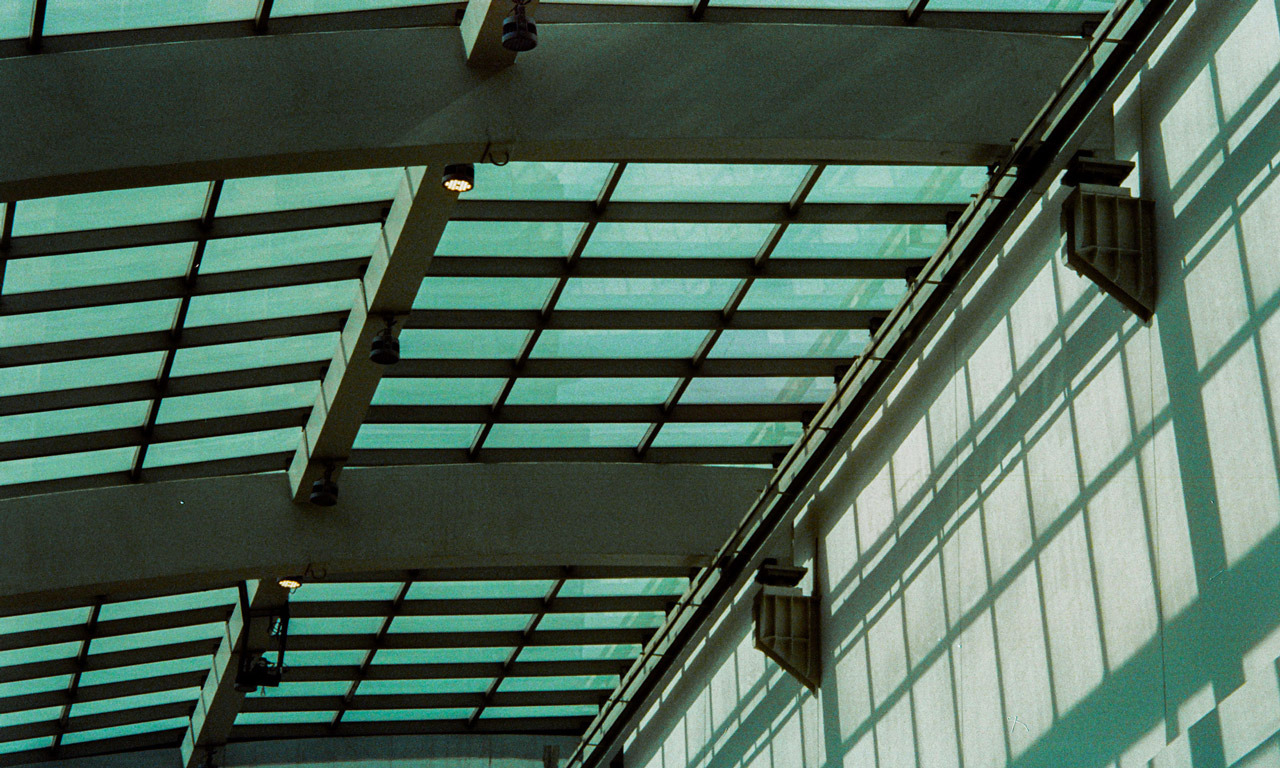
Metro City
After loading my Canon Autoboy Jet and Contax T, shooting began at Metro City – a large mall in the heart of Shanghai’s business district. Combining both retro and futuristic design it’s salmon coloured façade features a mesmerising globe-shaped display as its centrepiece pre-dating the famous Vegas Sphere.
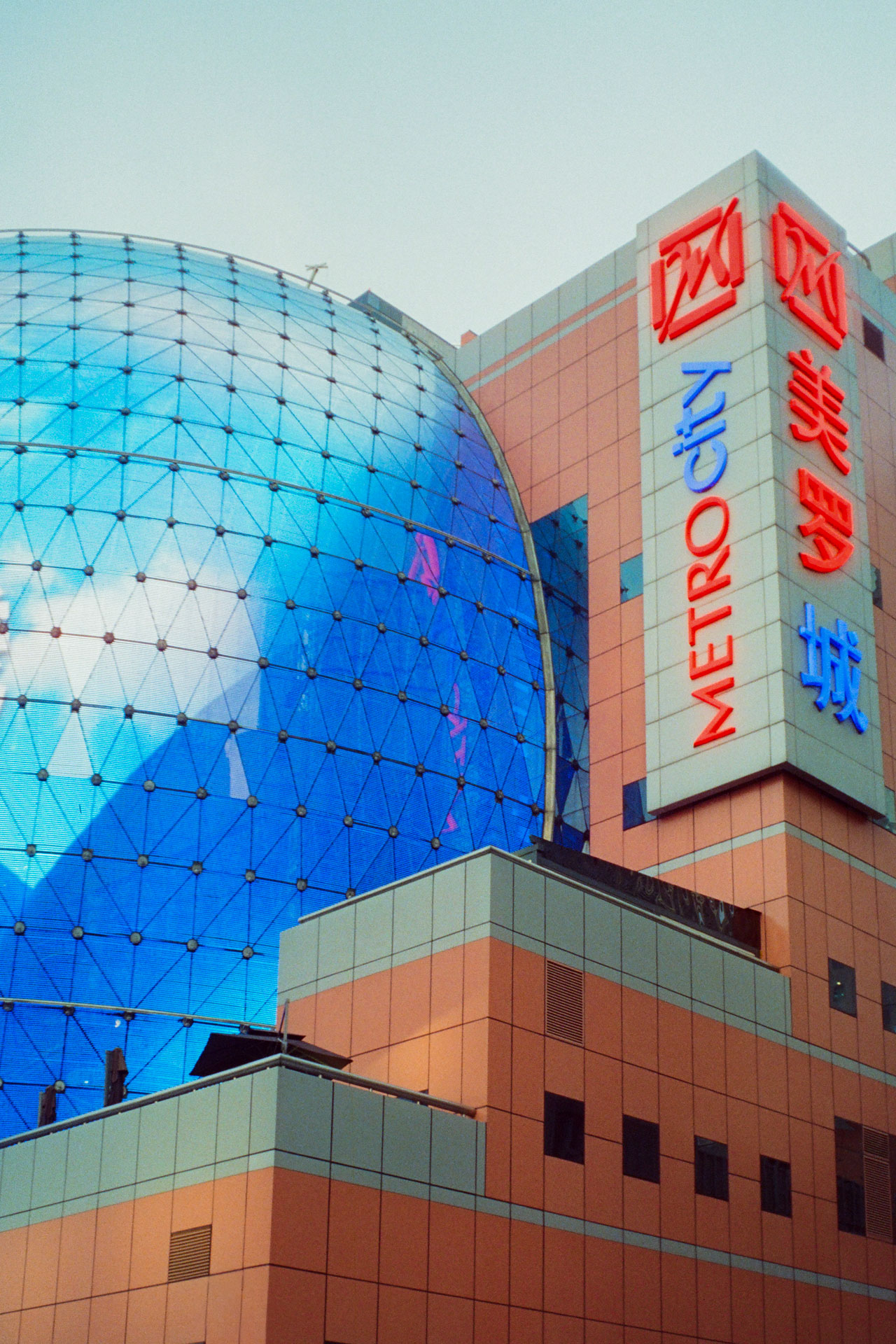
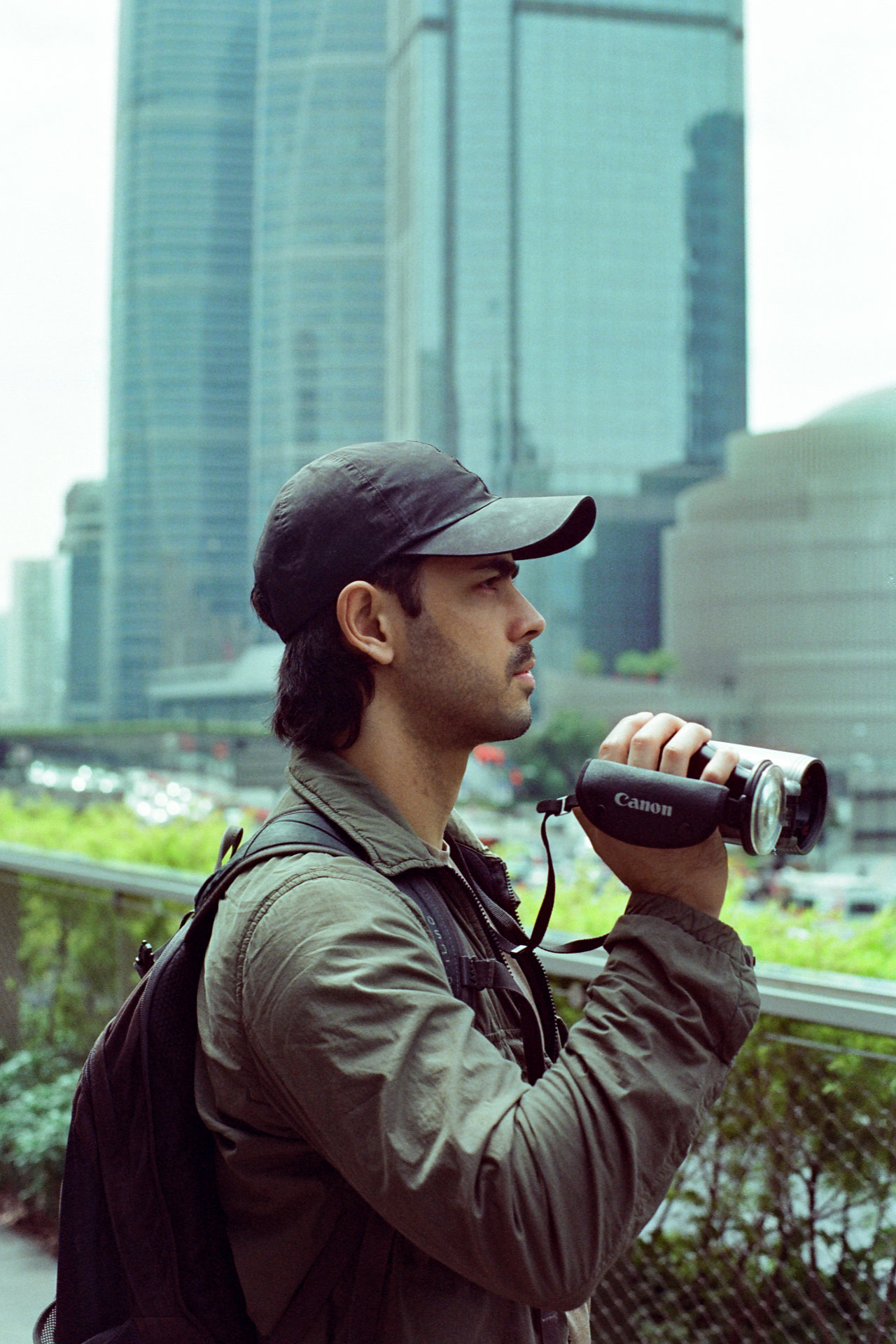
Despite shooting in peak hour, the 8 lane highway below only hums with electricity due to the huge adoption of electric vehicles and scooters. With the Canon’s maximum zoom of 105mm I was able to capture the surrounding architecture and scale from a great vantage point.
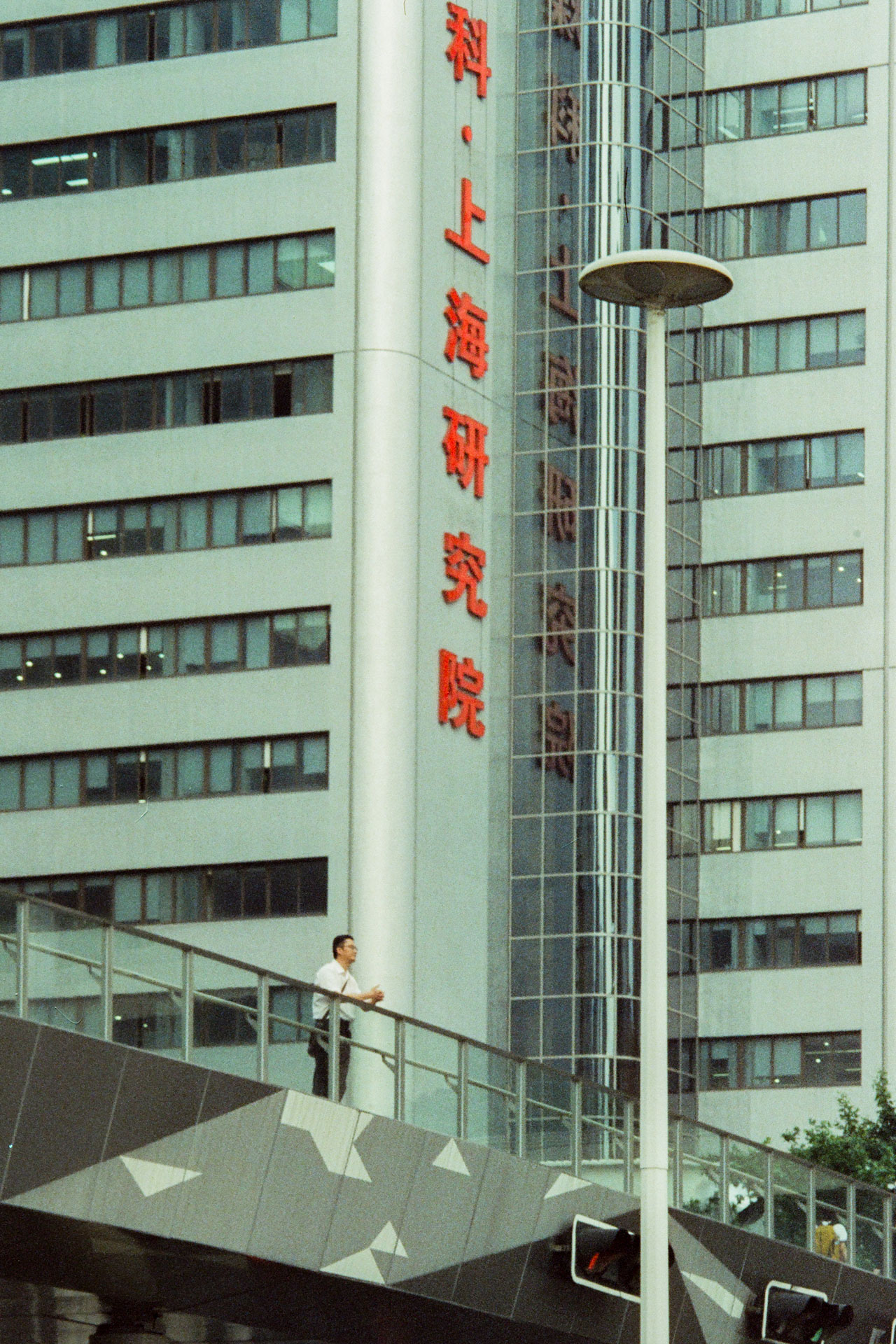
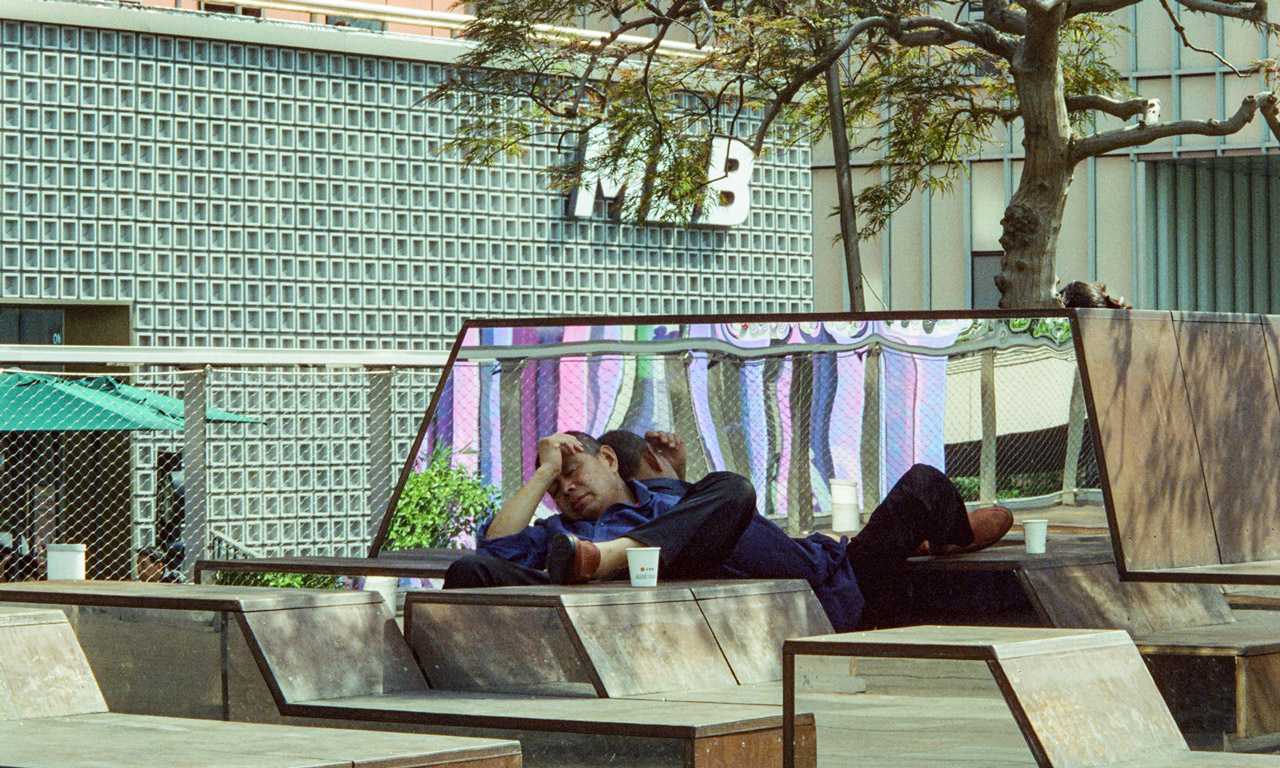
As it faded to night, all of Metro City’s lights came on, which was truly an impressive sight. Tungsten balanced Cyberpunk 640T was used for the following few sets. XEONIQ wrote a review of this film here: [SHELLZINE LINK], and it was both very affordable to buy retail in China and versatile, with results comparable to Cinestill 800T. The following shots were contributed by XEONIQ.
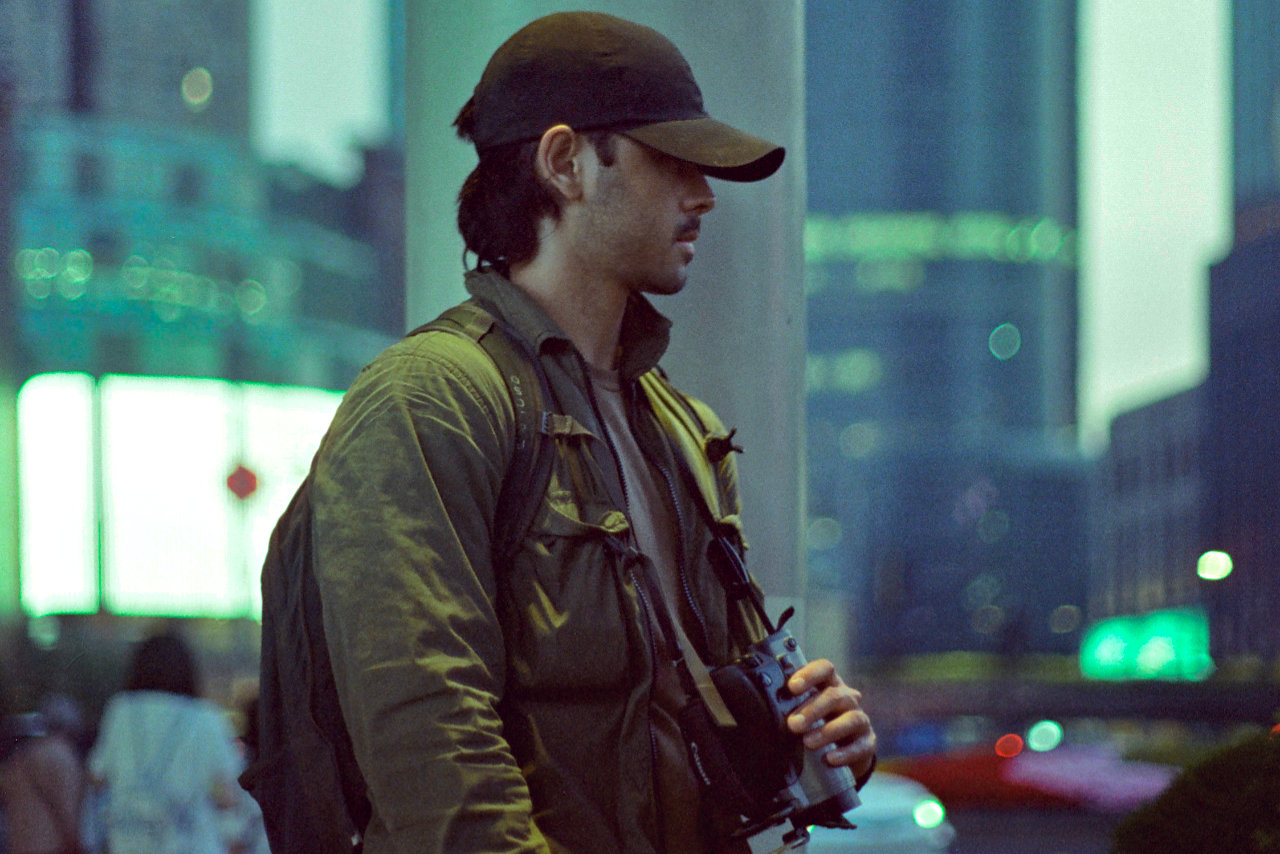
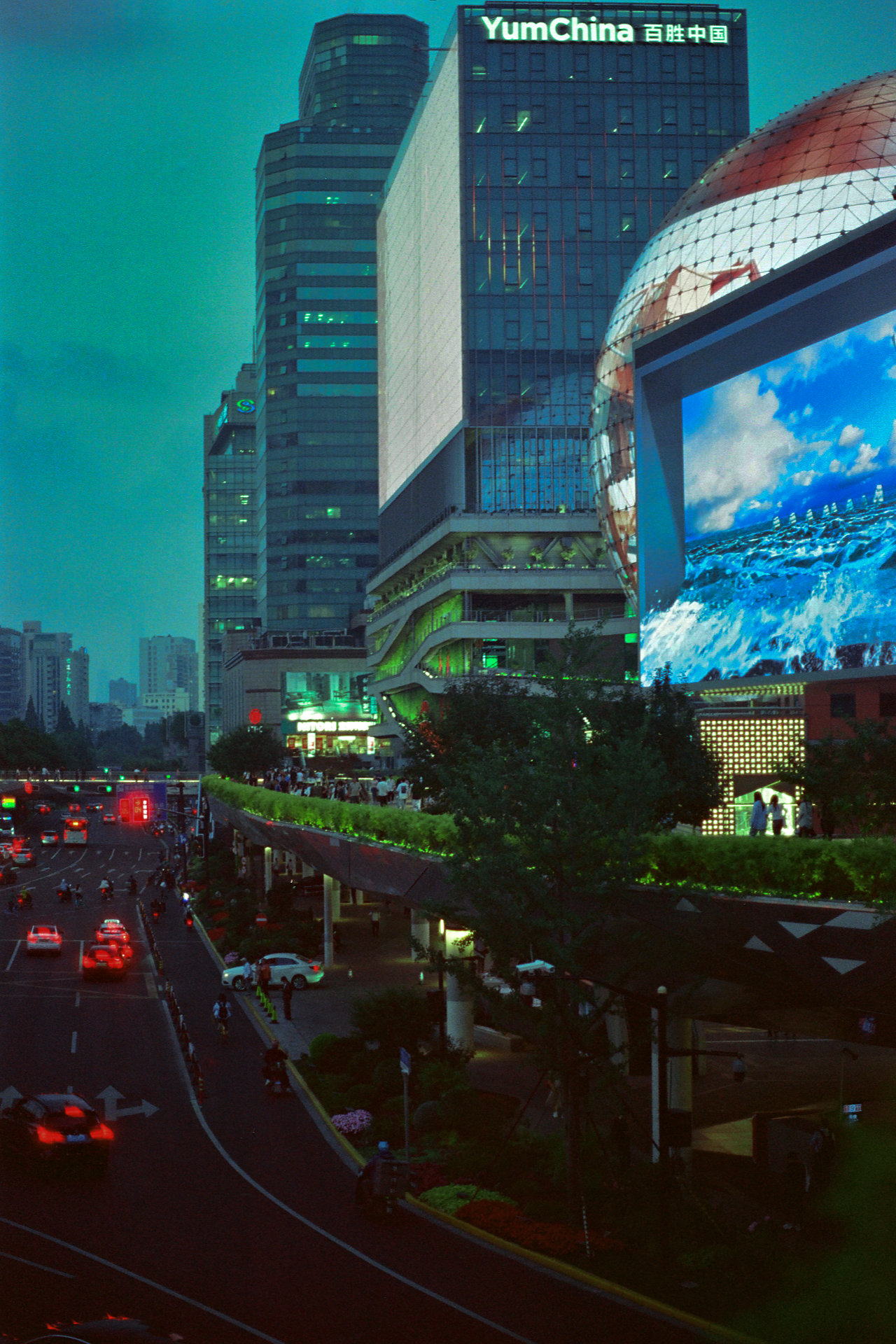
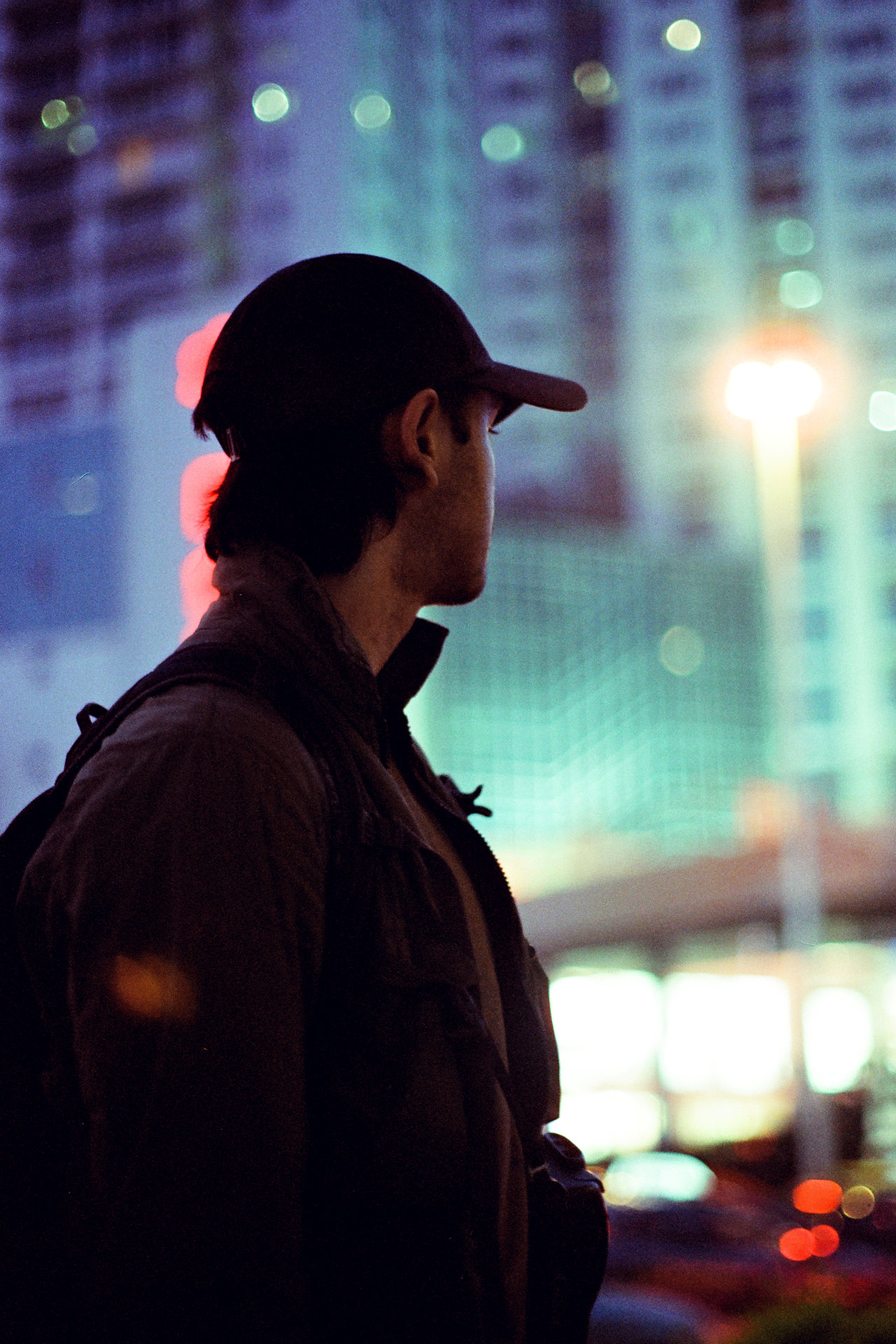
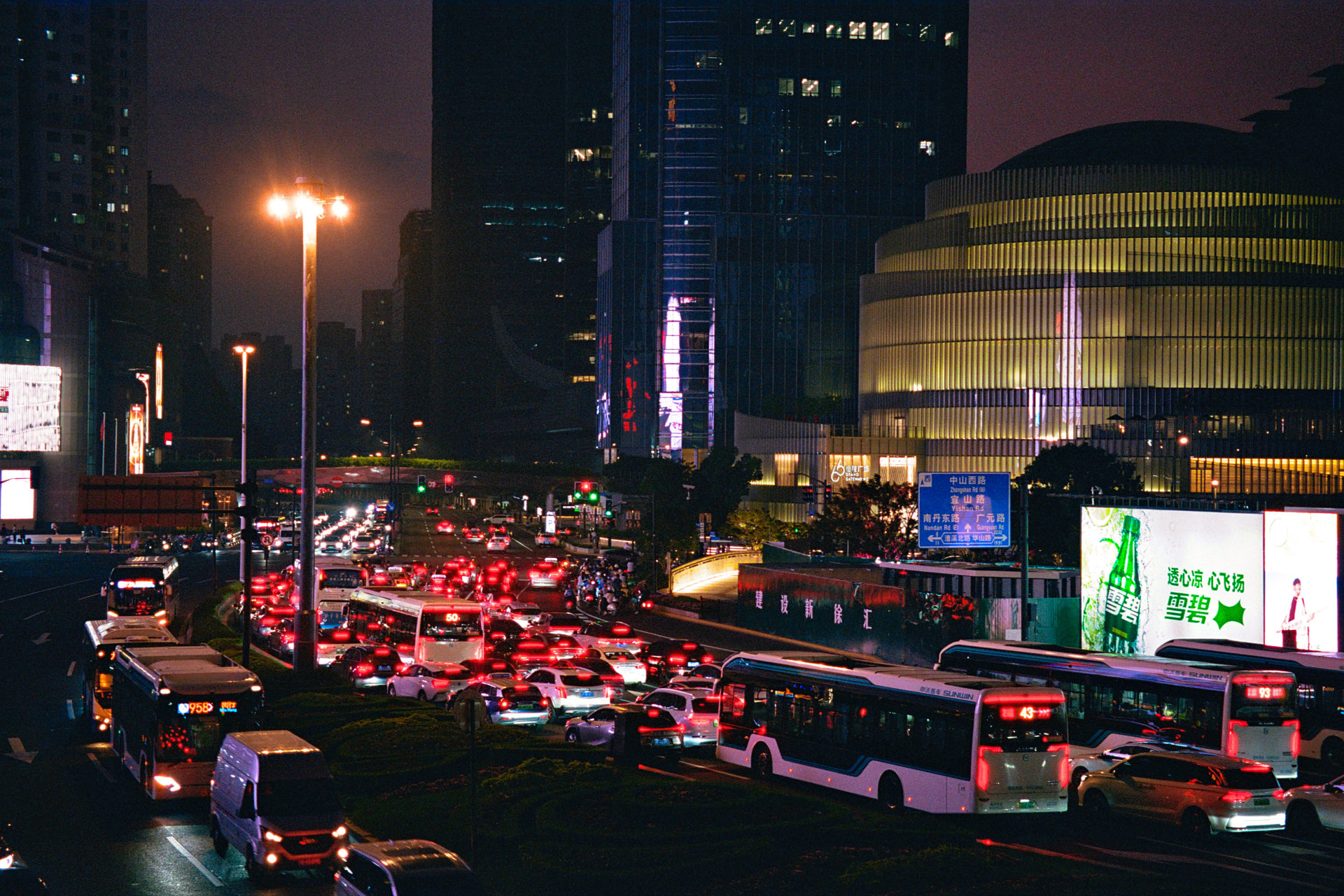
Qibao Old Town
One afternoon we decided to go to Qibao, a historical area renowned for its well-preserved canals and architecture that dates back over a thousand years. Exploring this area was like stepping back in time, an oasis of calm amid the urban chaos. It’s narrow walkways created a perfect funnel of street life, with vendors selling everything from silk fans to dumplings.
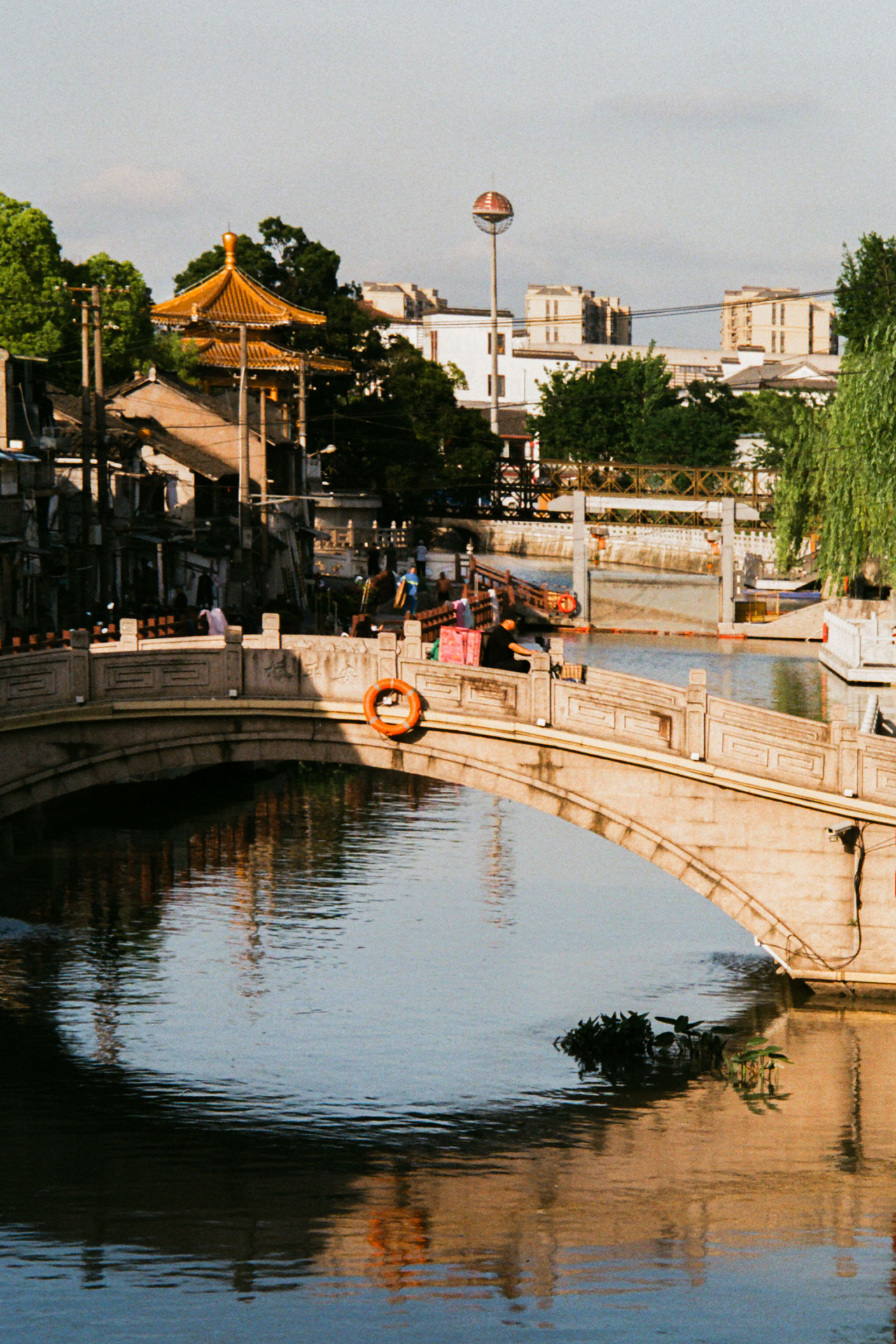
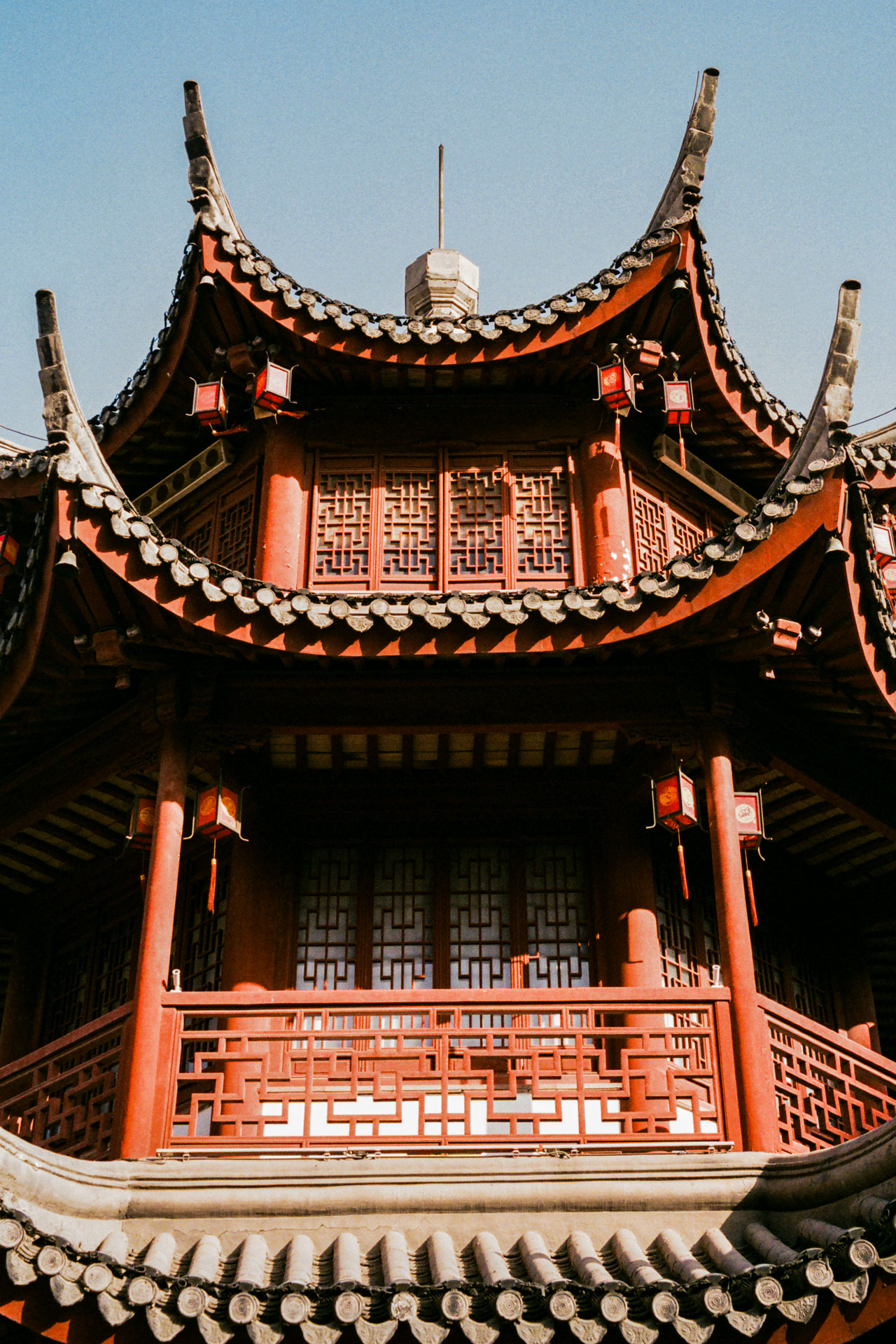
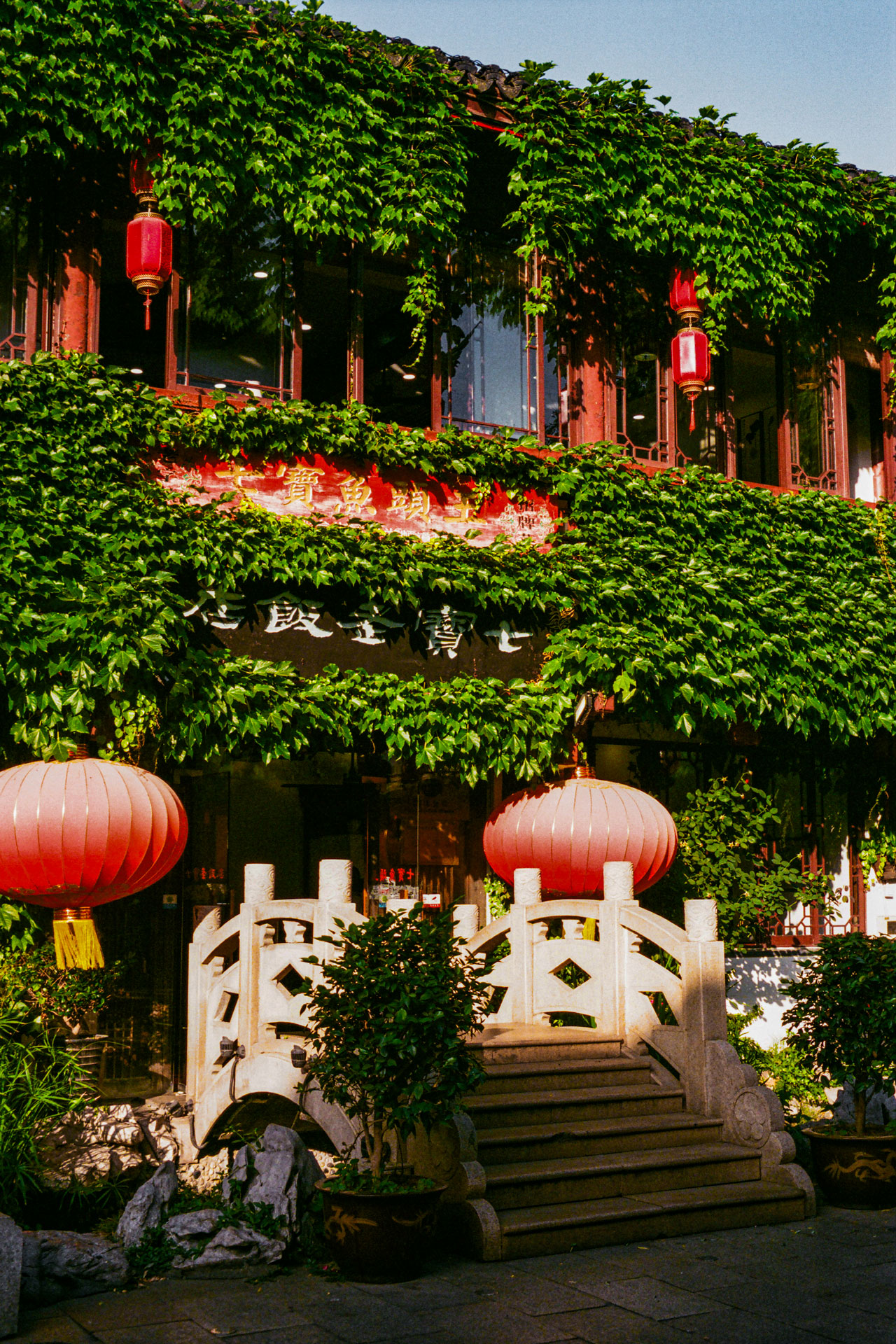
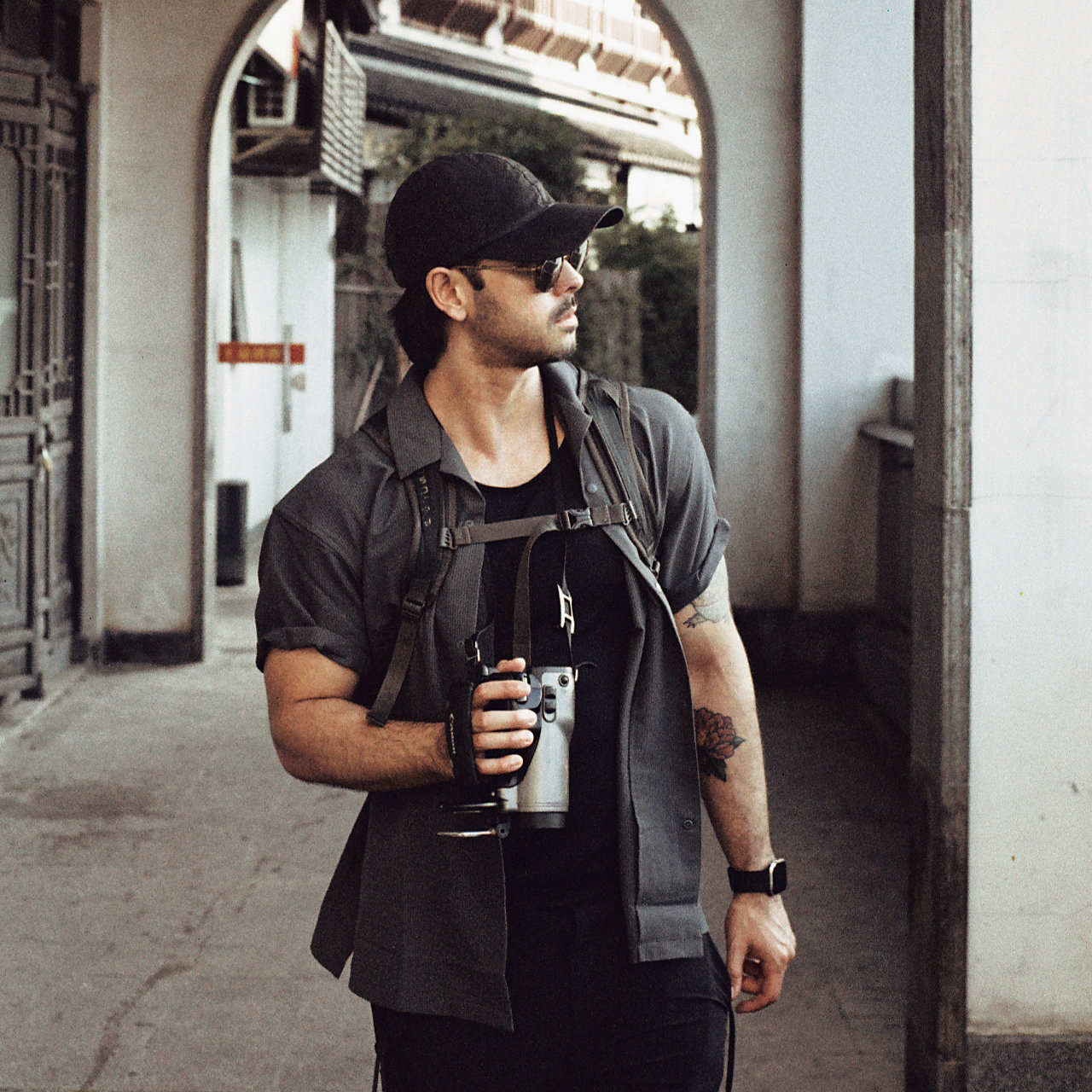
As night falls the place becomes alive with red lanterns decorating the pagodas and teahouses creating a unique ambiance that further brings out the charm of the place.
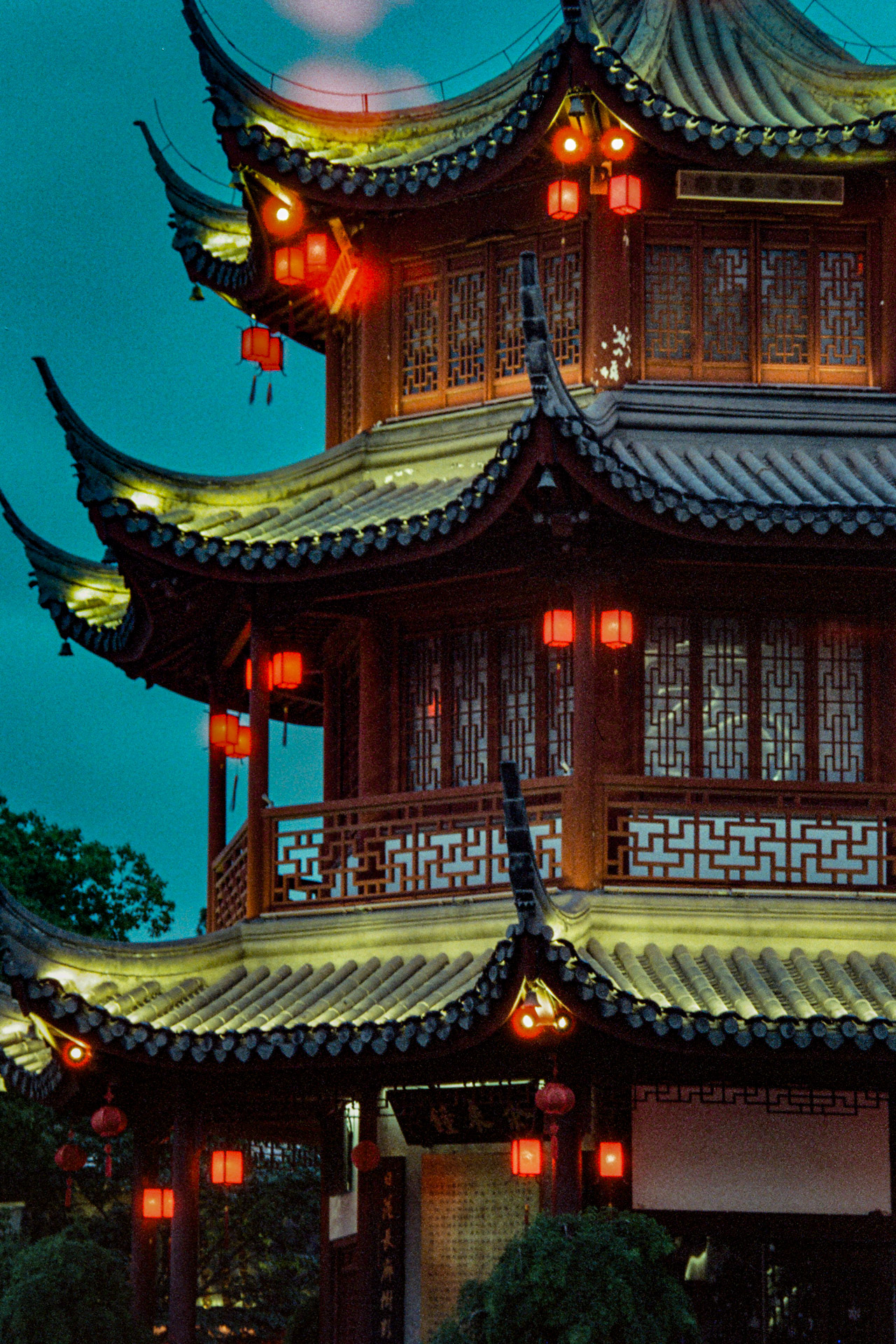
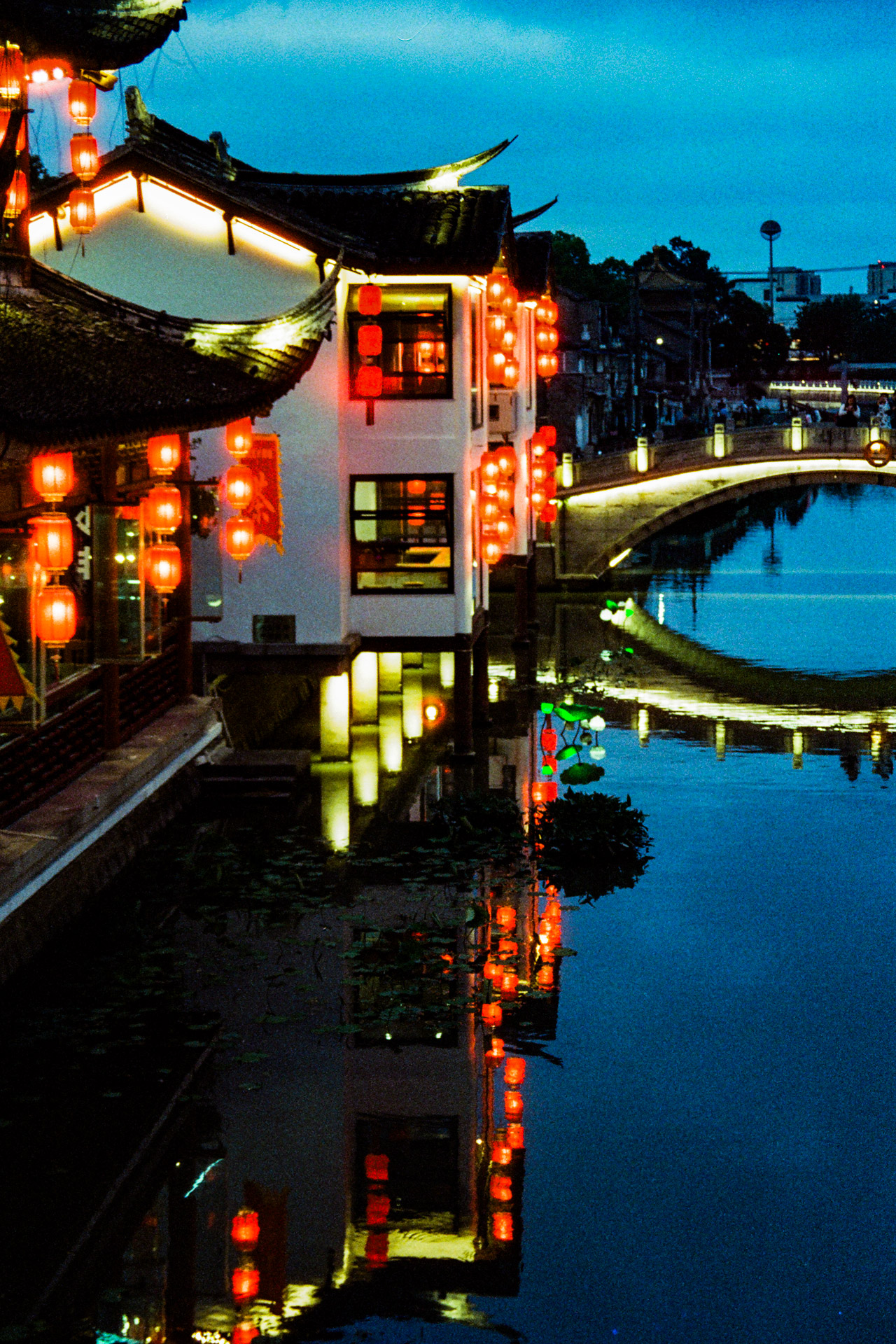
The High Speed Rail System in China
Travelling inter-city in China on high speed trains opens up a host of new cities surrounding China. Places like Suhou are only 30 minutes away. The architecture and scale of these stations and the enormously long trains themselves was truly breath taking and worth seeing all on their own.
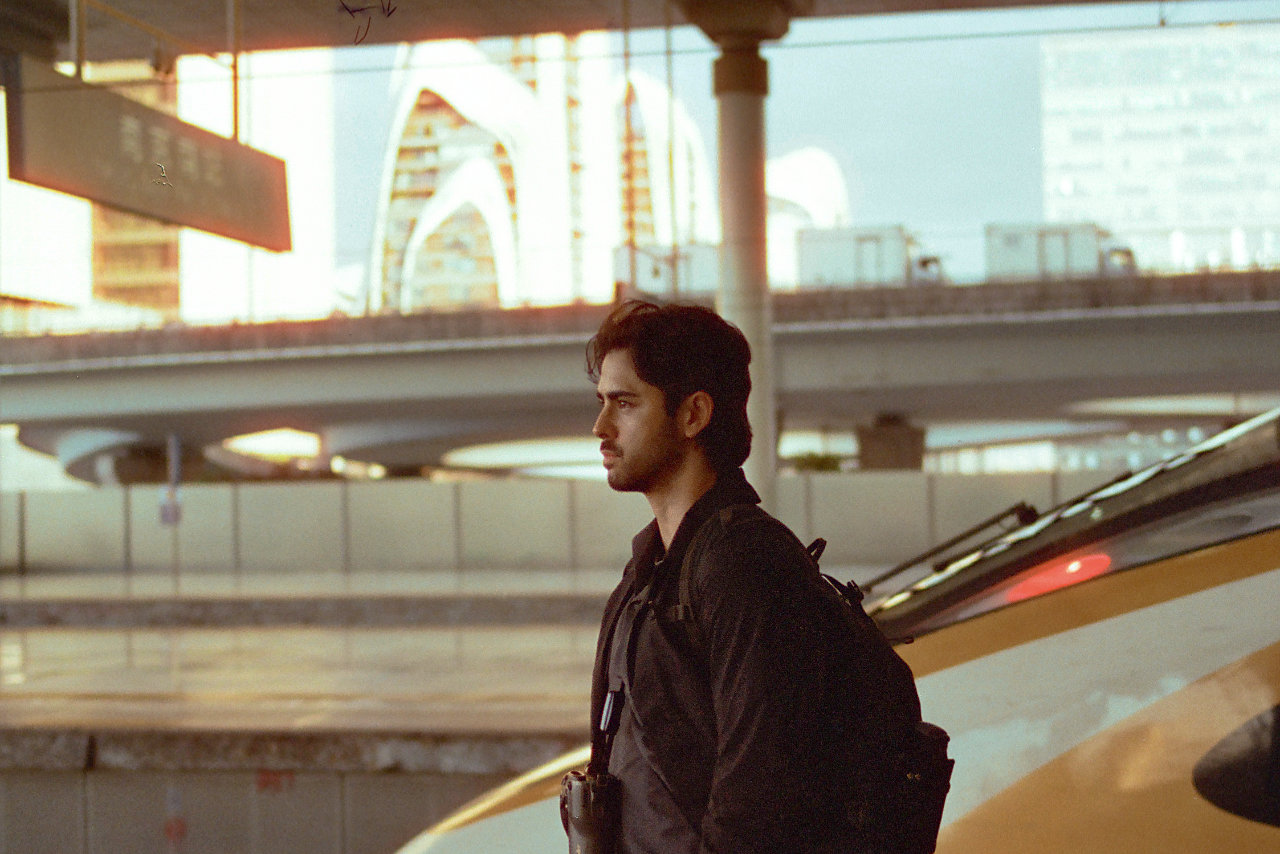
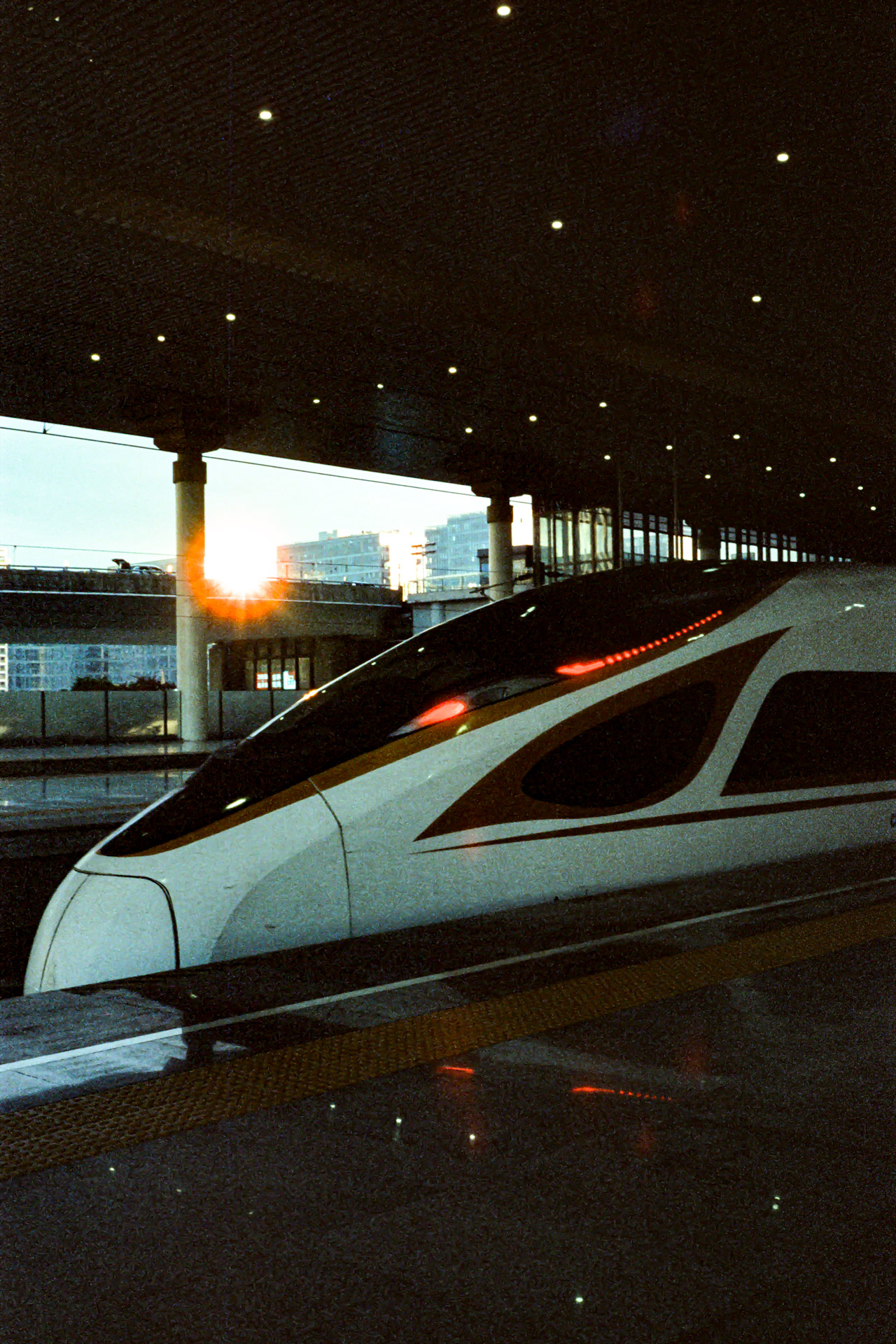
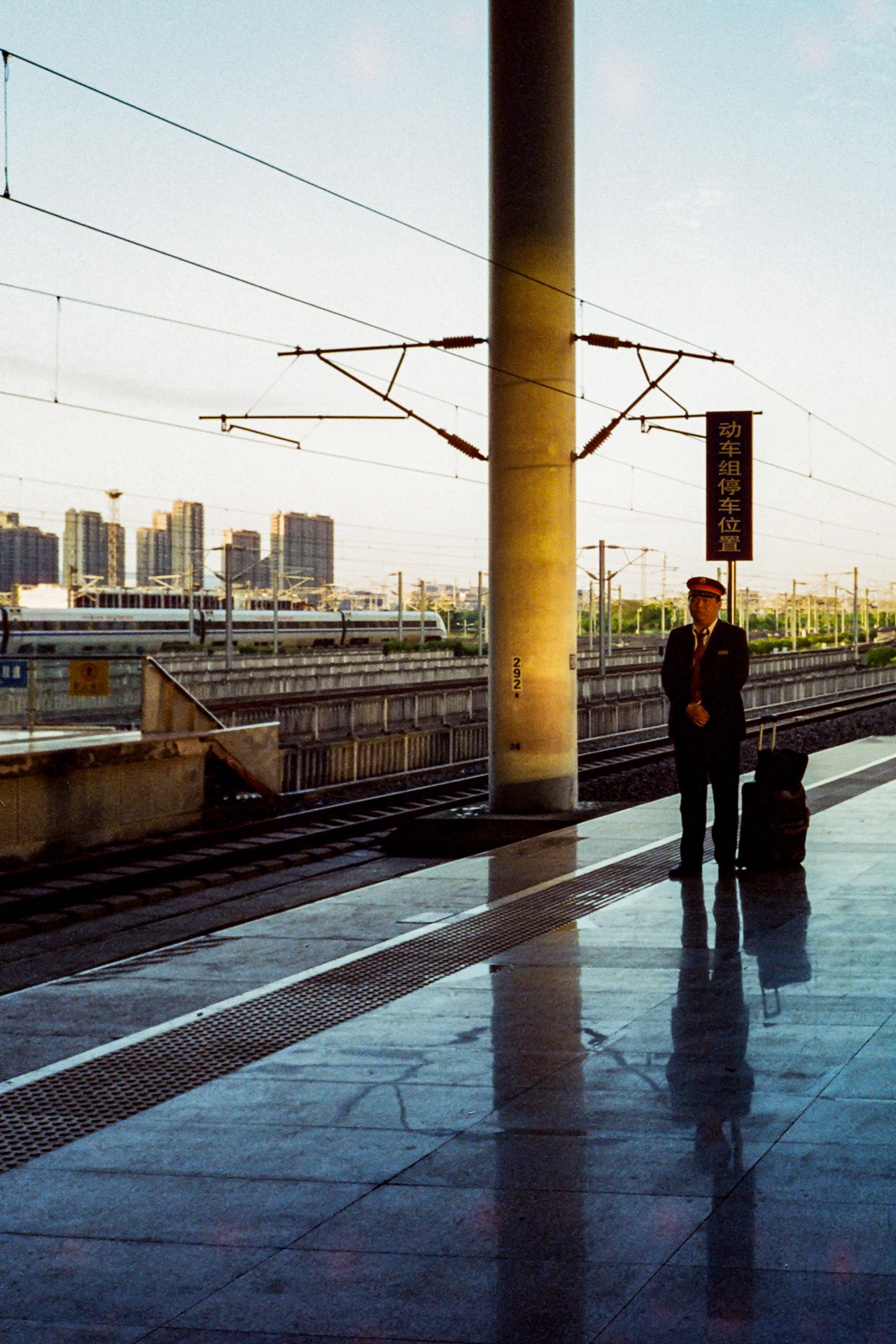
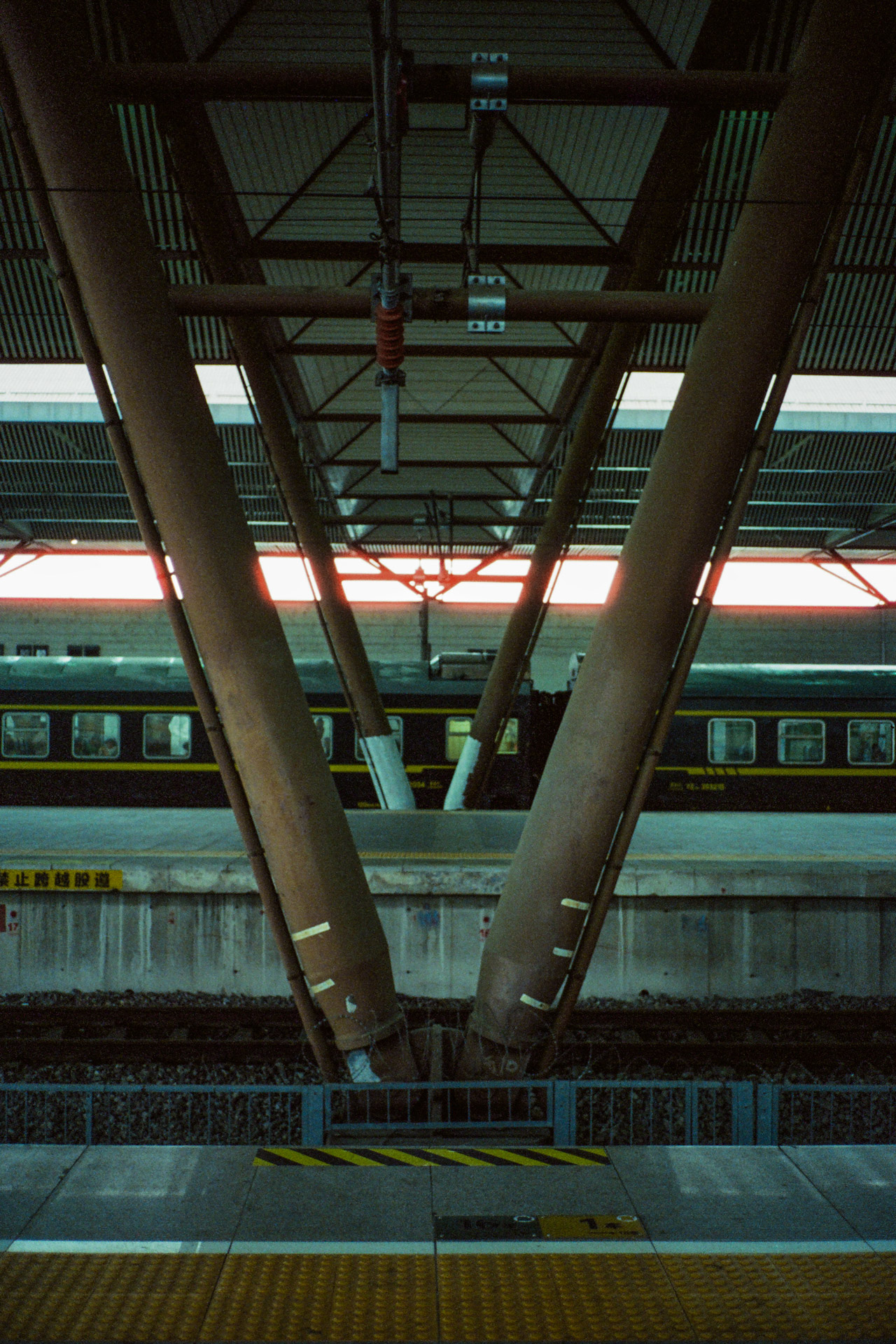

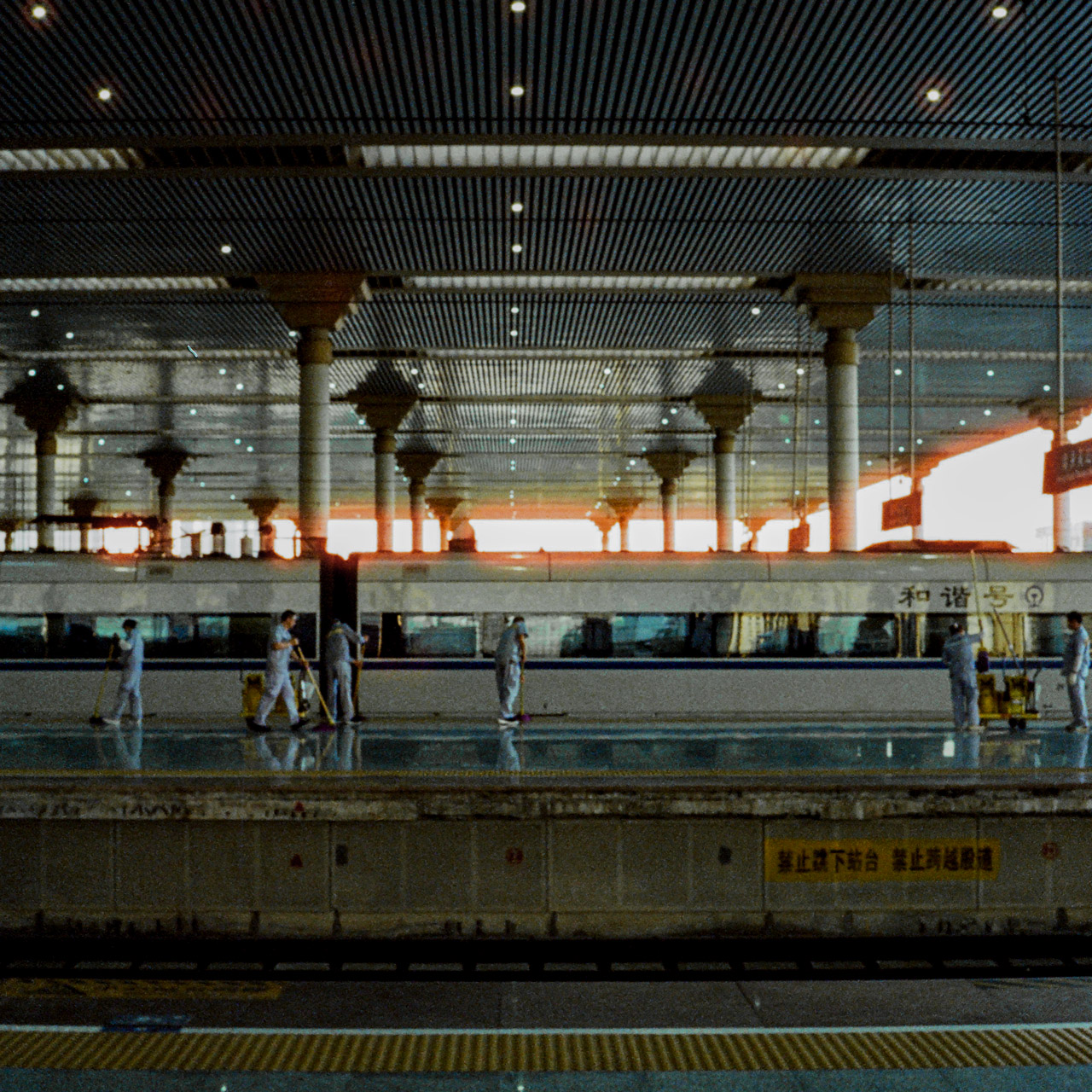
On my second train later on in my holiday, where we made a brief stop in Nanjing, I was able to reflect more on the trip. As I fought back waves of nausea, I couldn’t help myself continually looking outside the window as the train sped through a lush countryside, passing many cities with vast amounts of development. Overall, the seats were comfortable and free refreshments provided were a nice touch.
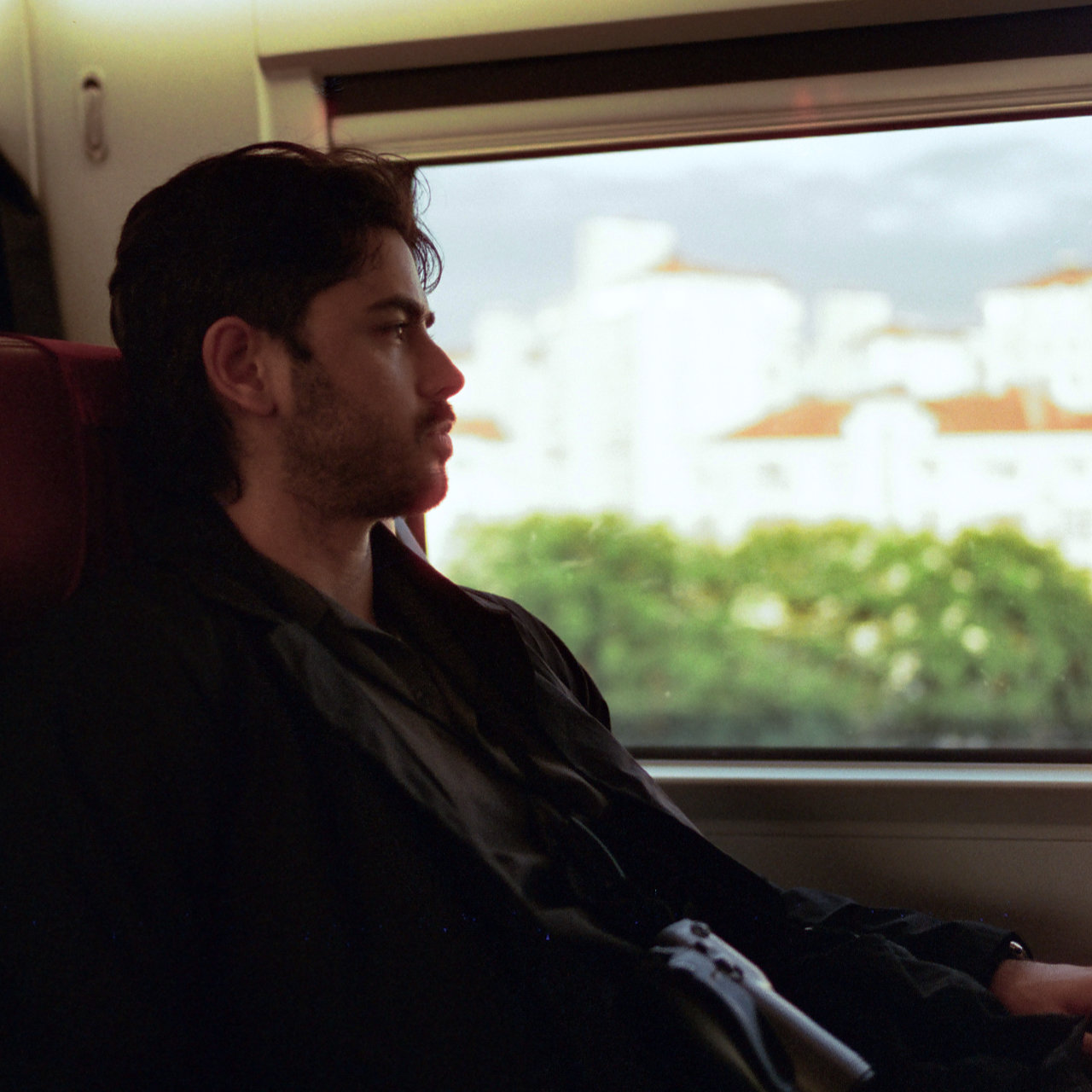
Suzhou’s Old Watertown
After a short 30 minute journey on the high speed train, arriving in Suzhou felt like stepping into a postcard. The ancient canals, traditional architecture, and lush greenery were a feast for my eyes and my camera. I headed straight to the Canals where I spent most of my time here.
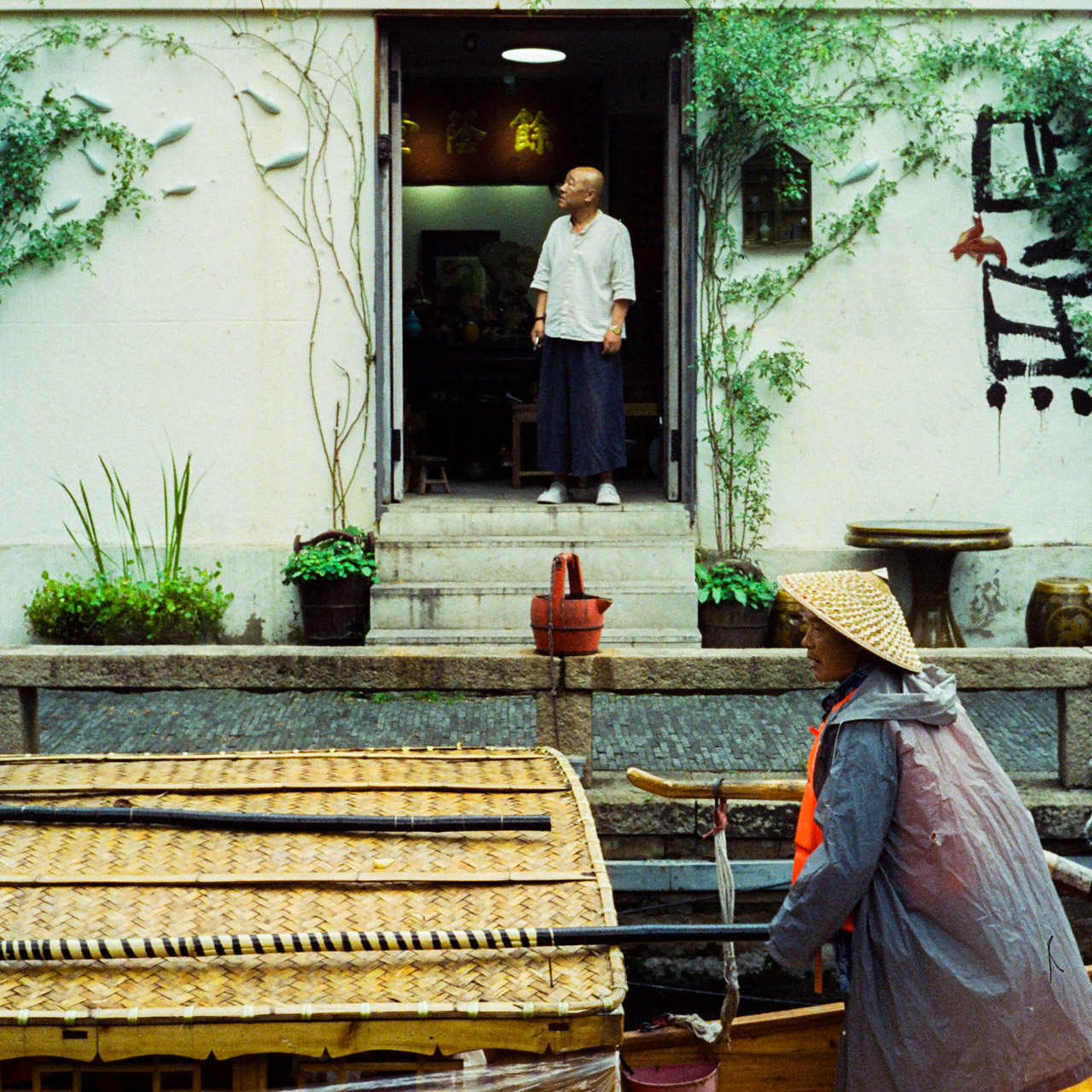
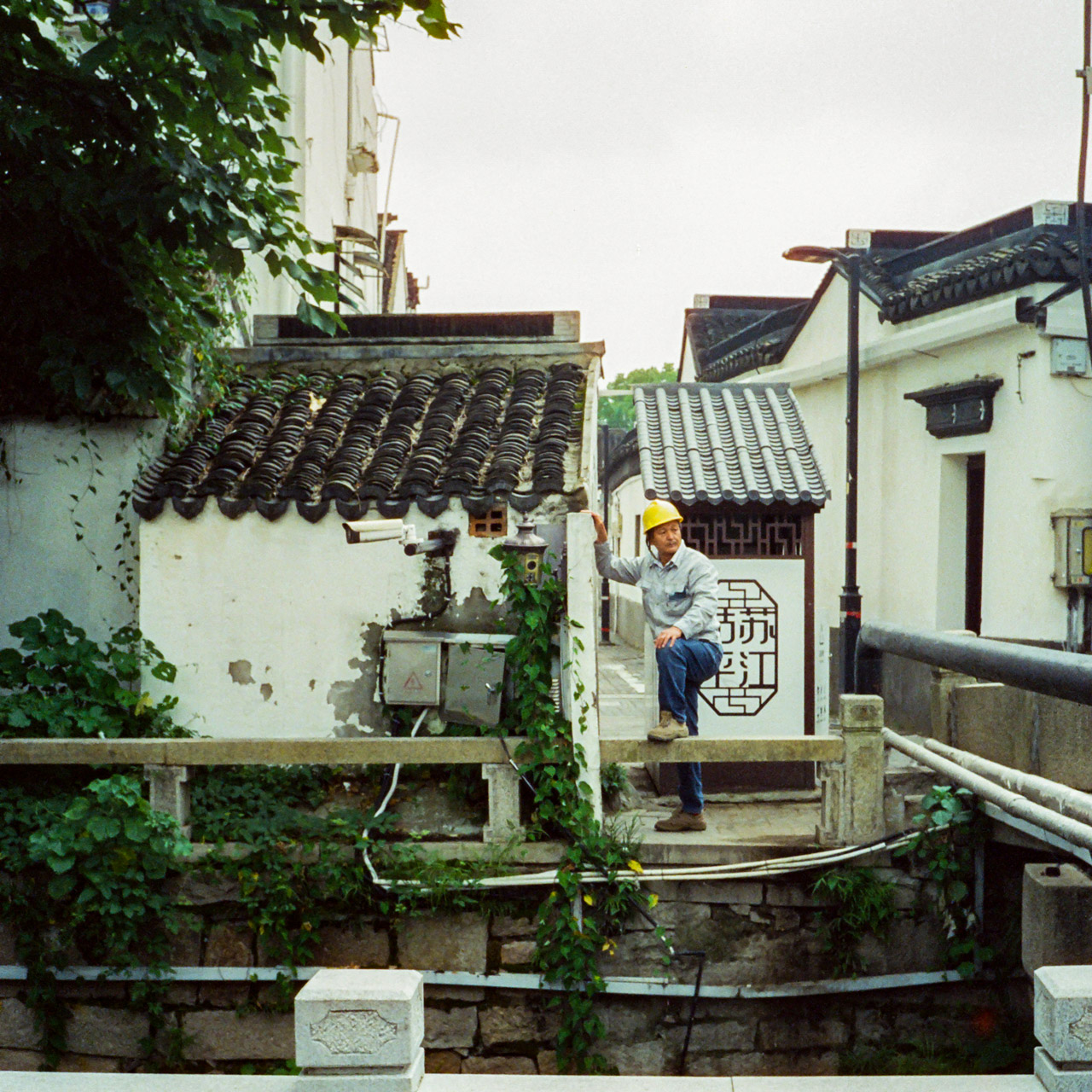
My favourite image from this spot was a candid shot of a worker unintentionally posing while inspecting a CCTV amongst some overgrown foliage.
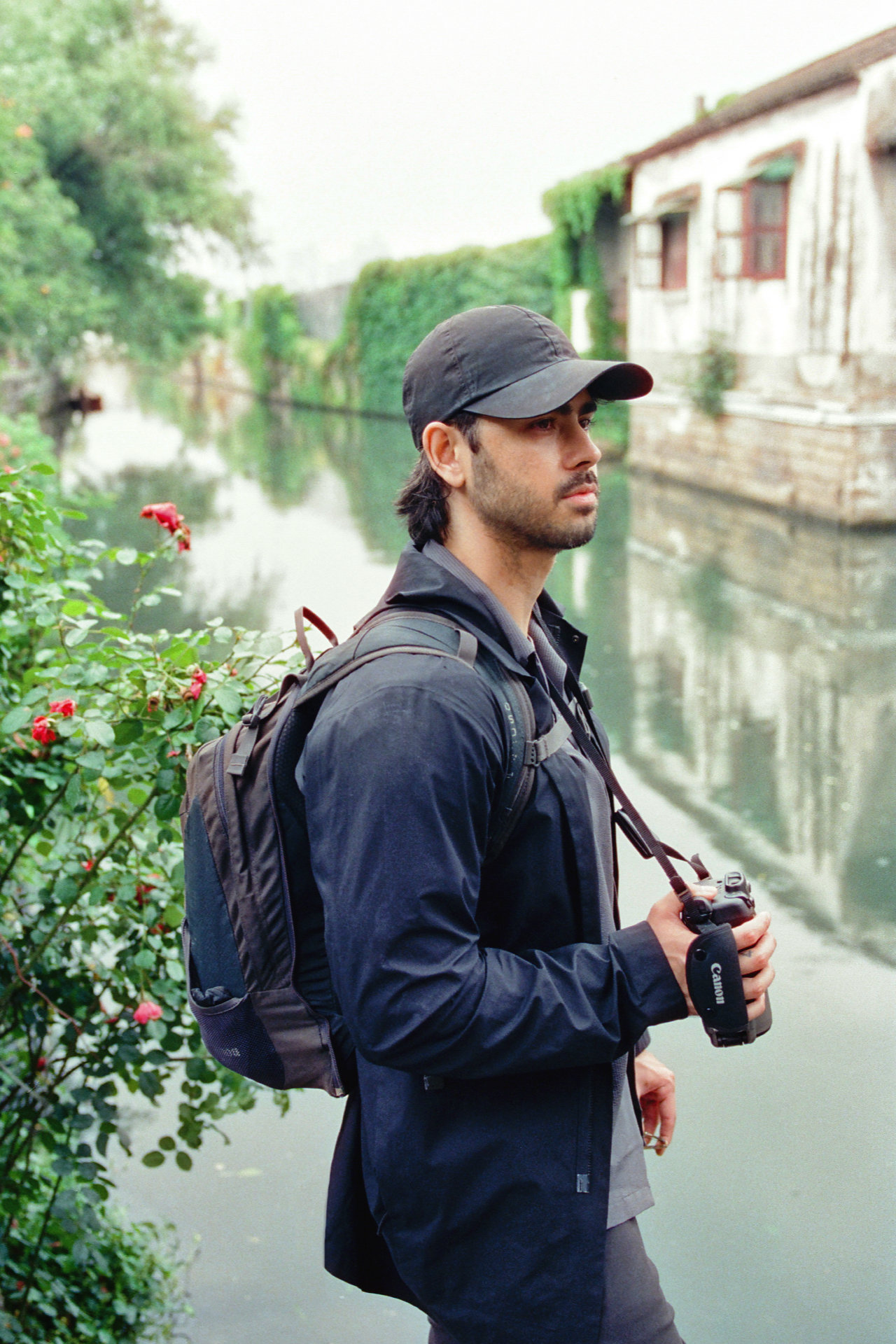
The canals were filled with intricate tea houses ,antique stores and vendors which were all covered in a bone white paint and traditional tiled roof. These places all served as a backdrop to the emerald waterway below, calling to be captured on film. I slowed down my pace, creating vivid and candid shots of the locals and gondoliers.
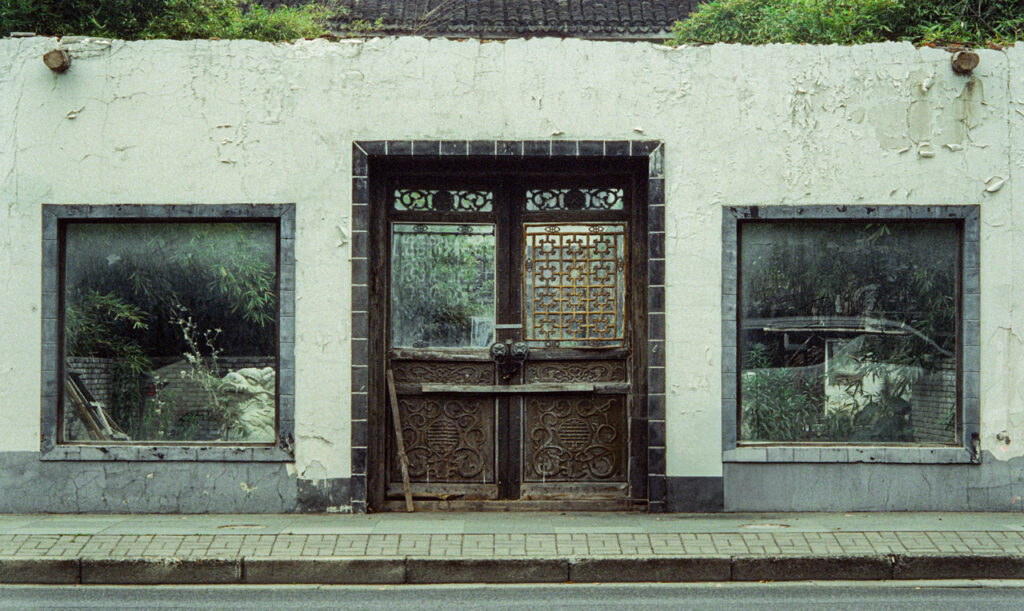
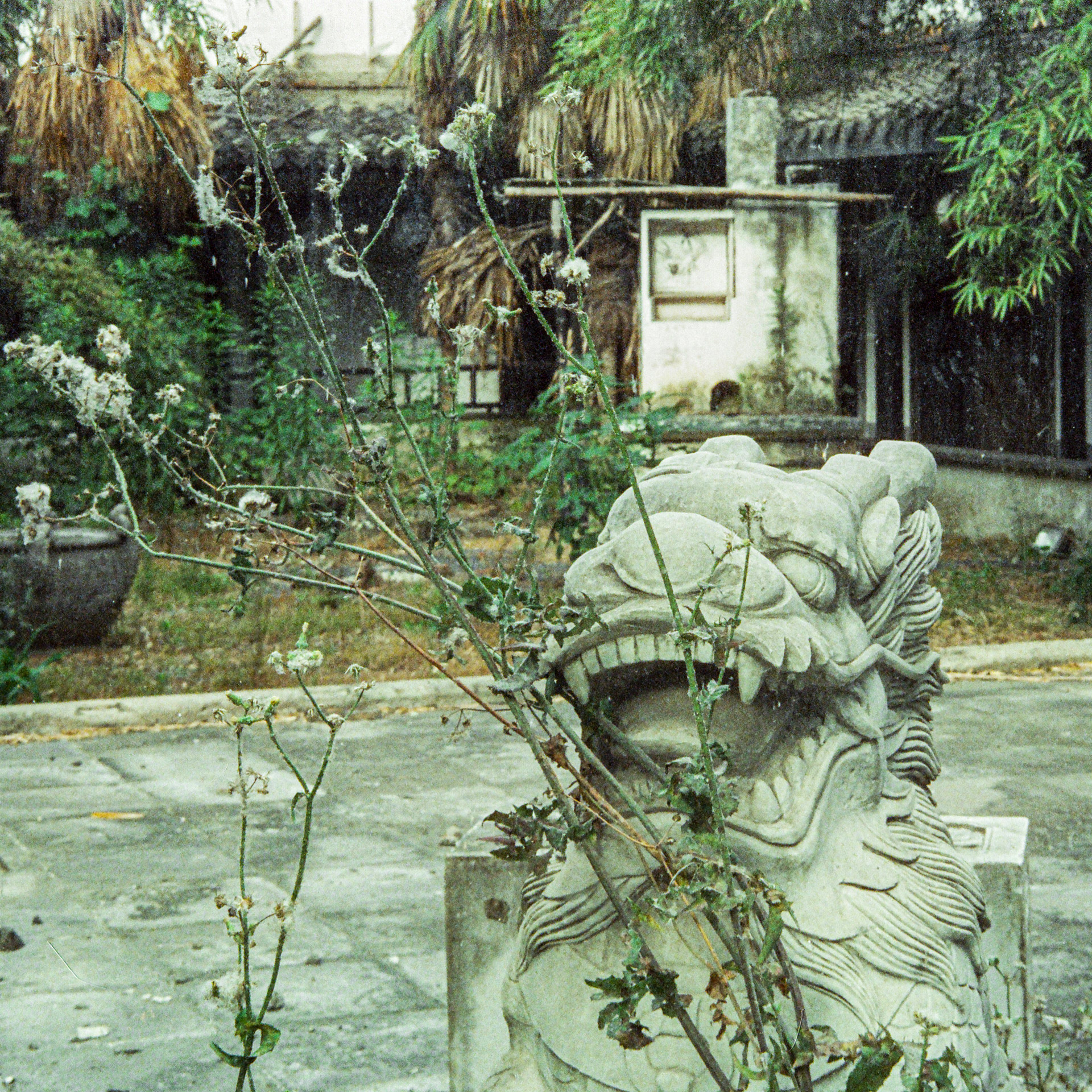
As the day was overcast with light rain , this created the perfect tone for shooting amongst the white and black architecture highlighting the abundant greenery while providing a contrast of colour. I made great use of the Canon Autoboy Jet’s huge built-in flash to account for the lower light in the rain.
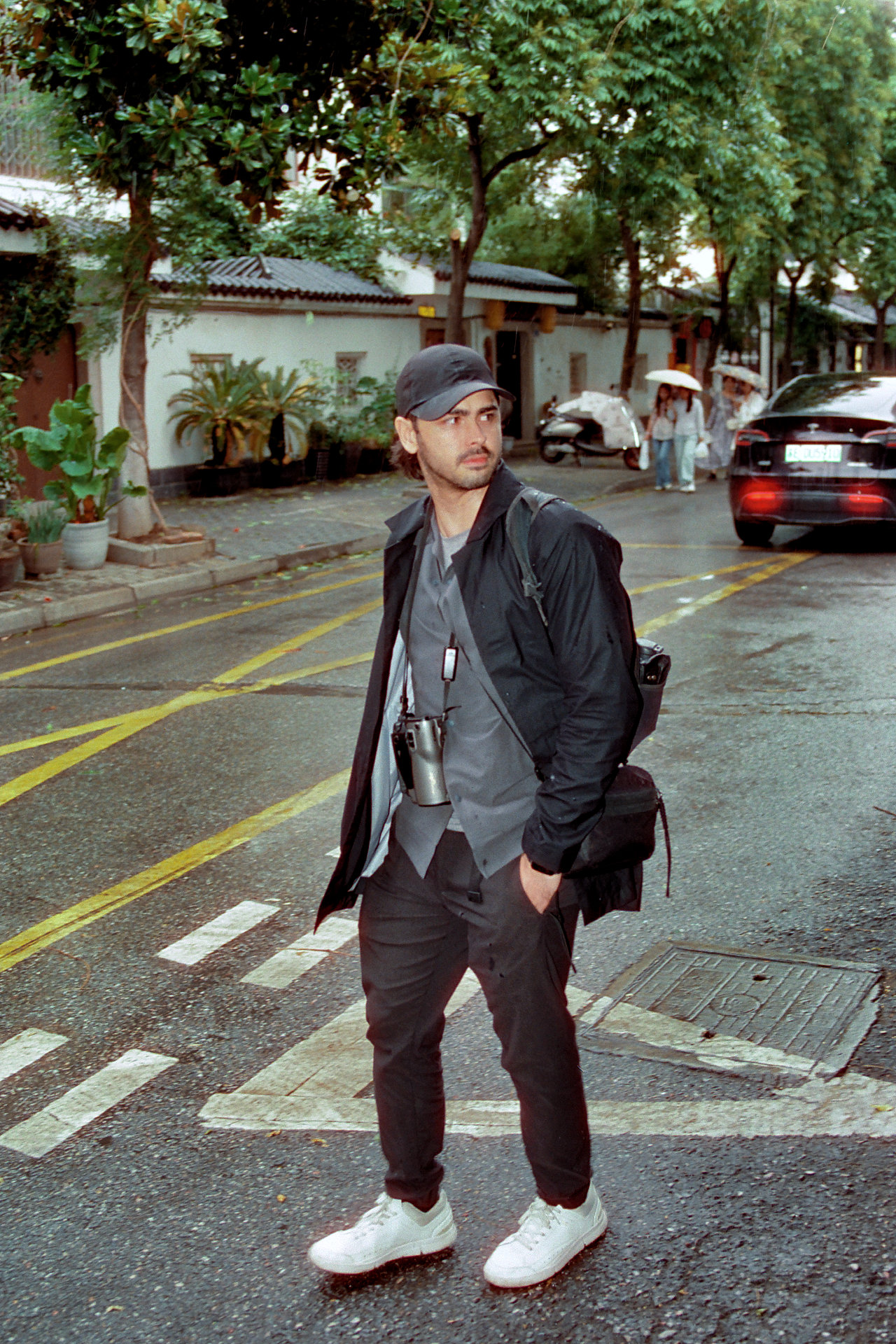
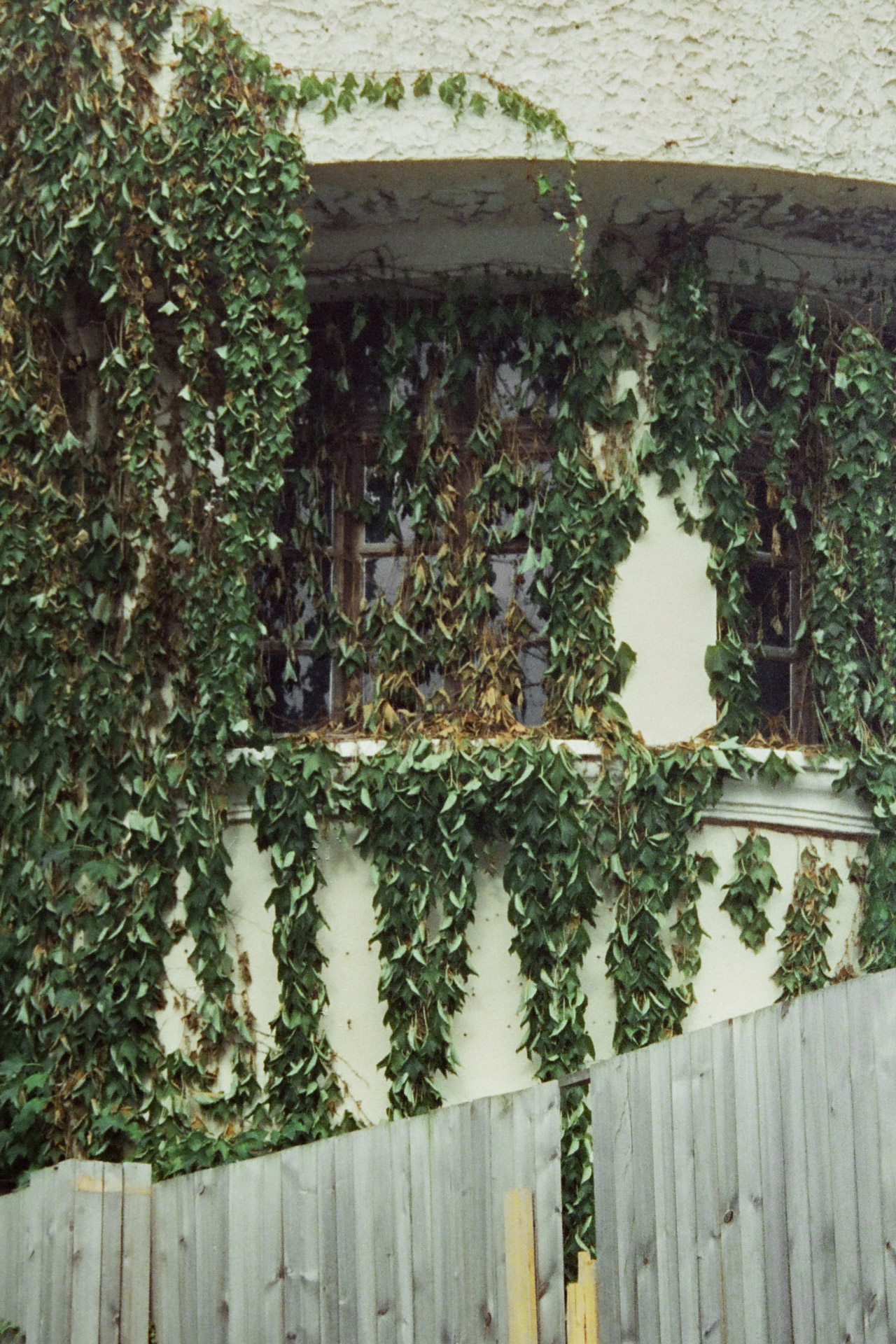
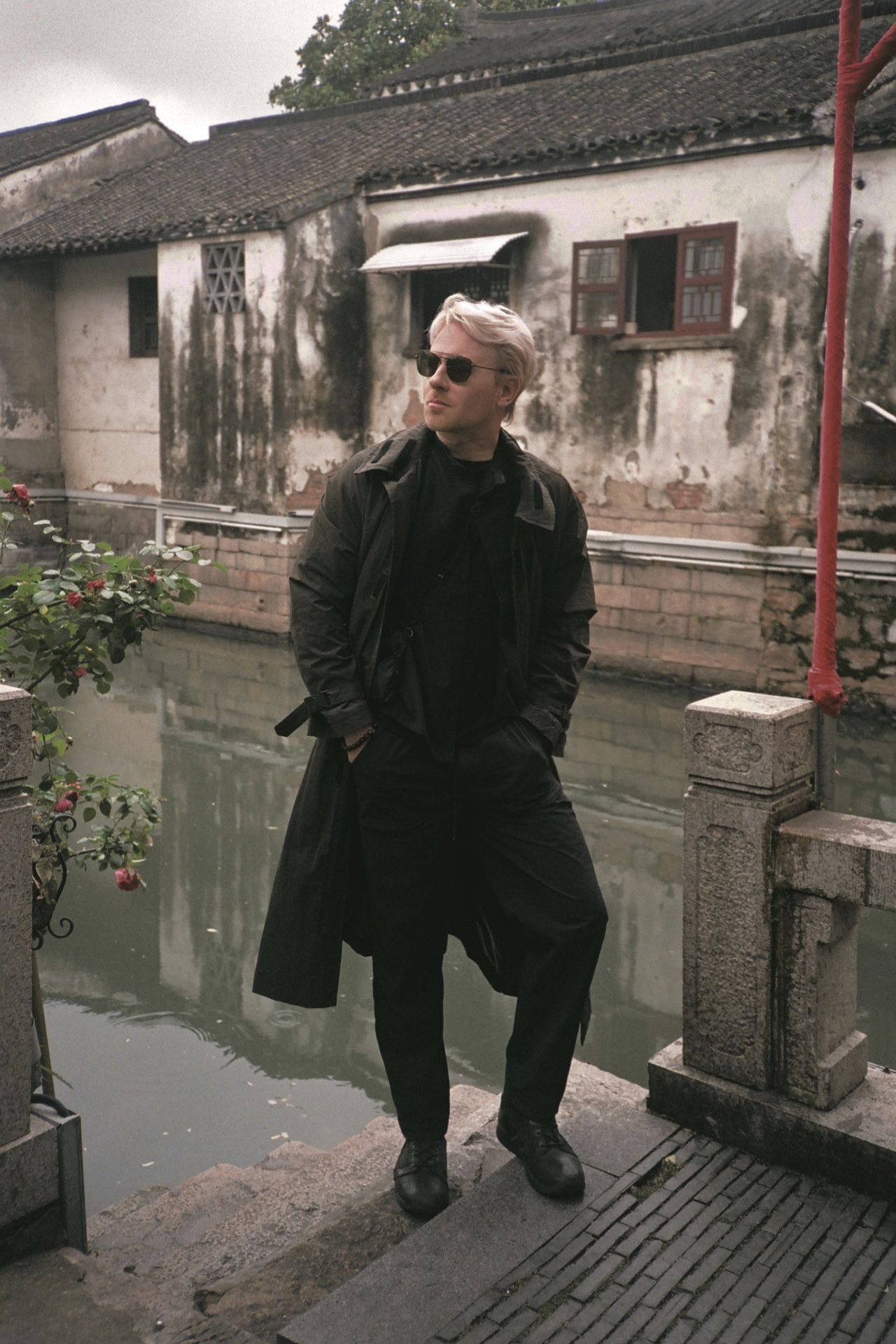
The Shanghai Botanical Gardens
The Shanghai Botanical Gardens are located on the outskirts of Shanghai. For a small fee this gives you access to 22 different gardens and 3 greenhouses each with its own unique climate for specific types of plants. The first two greenhouses were dome shaped and have a glass facade which is a marvel to look at from a distance.
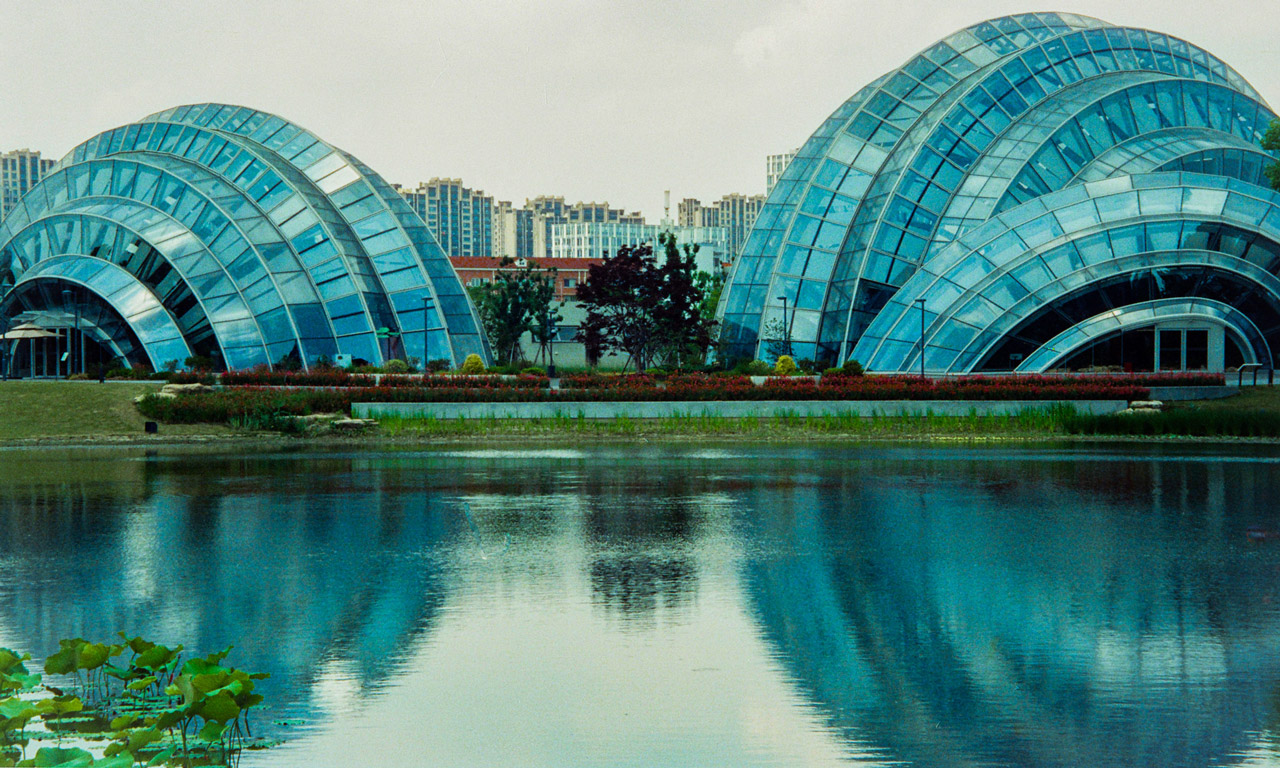
Upon entering, it provided instant relief from the 35c temperature outside as it was outlined with cooling vents along the walkway to replicate a temperate forest. The overall futuristic interior and exterior design felt like something out of a sci fi movie.
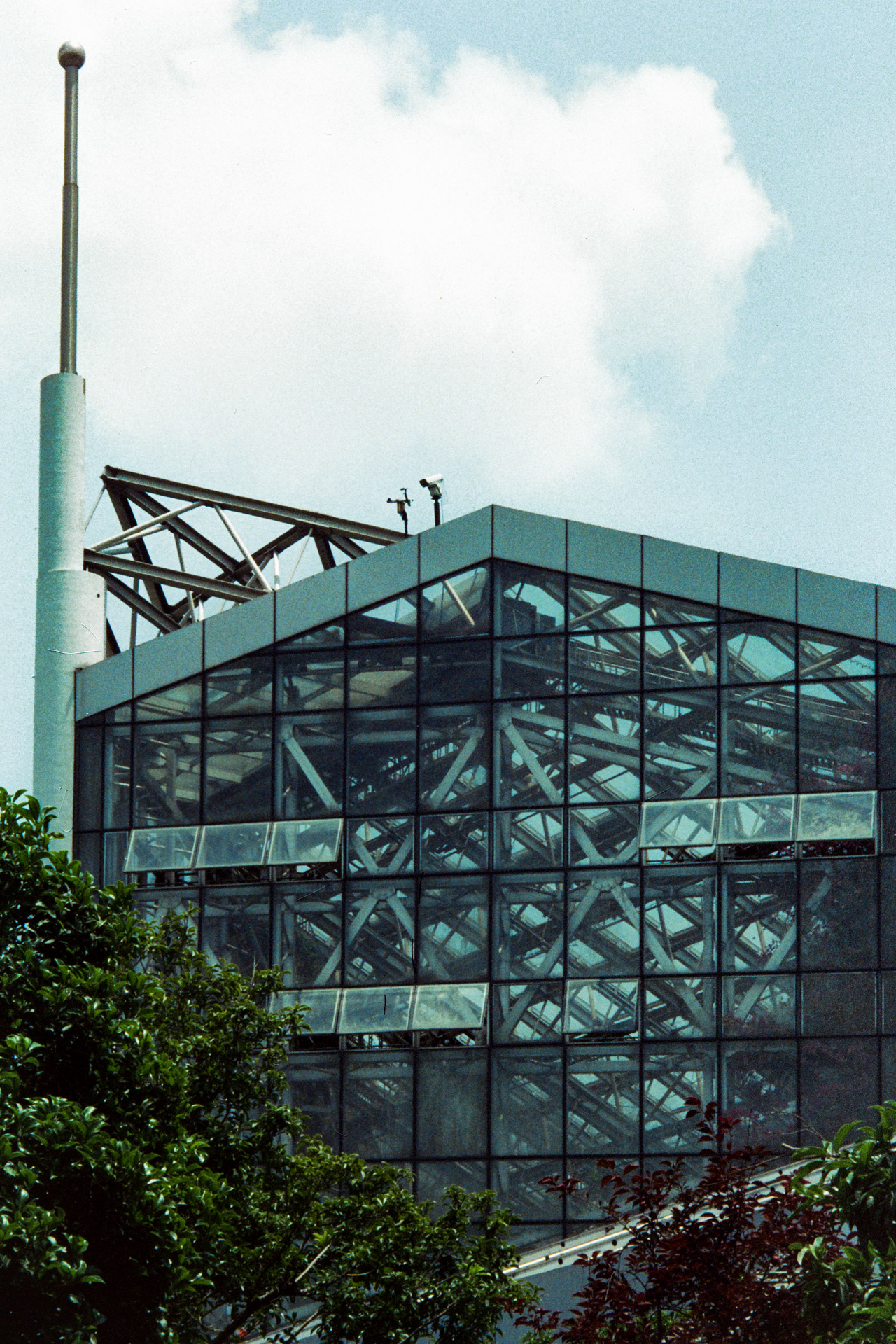
The third greenhouse – aptly named the Tropicarium and was far older and larger in size with a diversity of 3500 different plants. Its imposing structure had a completely different design with large square windows that appeared glazed with moss and condensation all held up with heavily oxidised steel beams covered in rust and overgrown vines. Stepping inside here felt like an oven as it had amplified the outside heat and humidity. Pushing through the sweat and discomfort I made my way up to the lookout located on the fifth floor. This was where I shot one of my favourite shots of the trip, it truly shows the scale and unique aesthetic of this place.
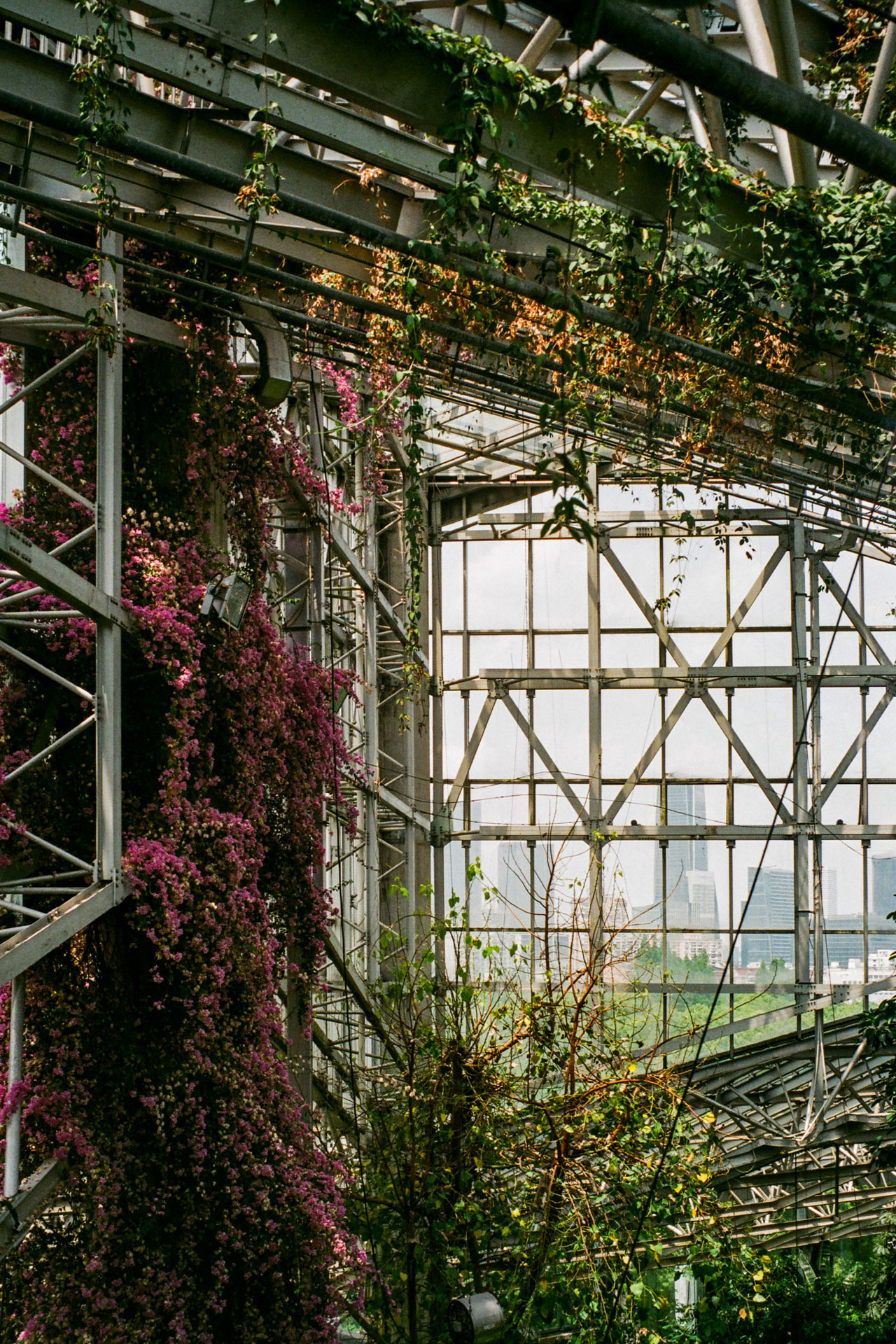
This water lily was shot at the Botanic Gardens while leaving. I used Fuji Superia Premium 400, which is a Japan only stock known for being well suited to flowers. I used the Canon Autoboy Jet at full zoom and was amazed how sharp the result came out for a supposedly “inferior” bridge camera.
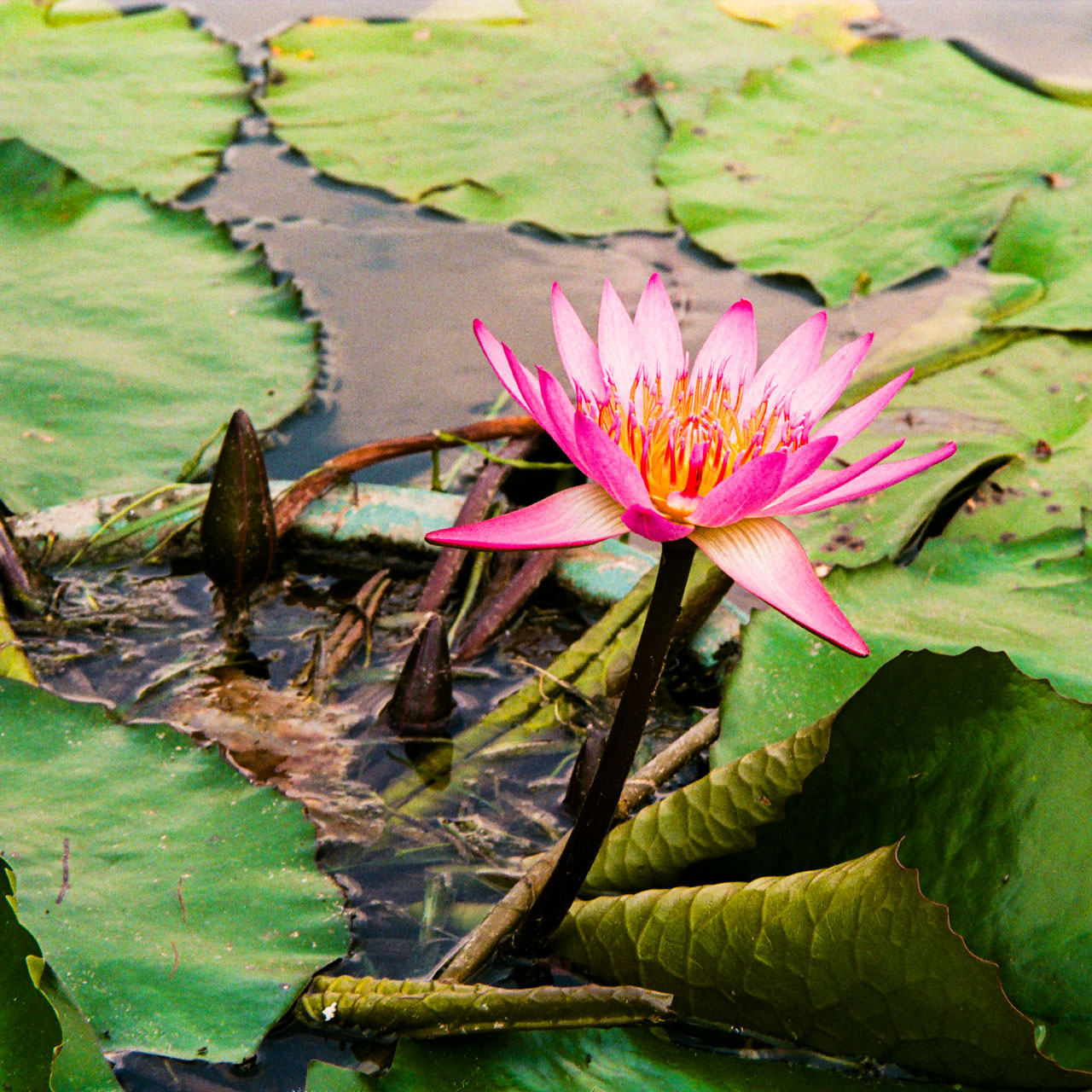
Street Photography in China on the Contax T and Canon Autoboy Jet in 35mm Black and White
I primarily used two black and white films while in China. The locally made Shanghai GP3 100 and Ilford’s Delta 3200. Ilford 3200 is a black and white film known for its high sensitivity and rich tonal range, which I felt was perfect for walking around as it could handle a large variety of lighting conditions. The film’s grainy texture created a gritty feel, emphasising atmosphere and texture to the city streets.
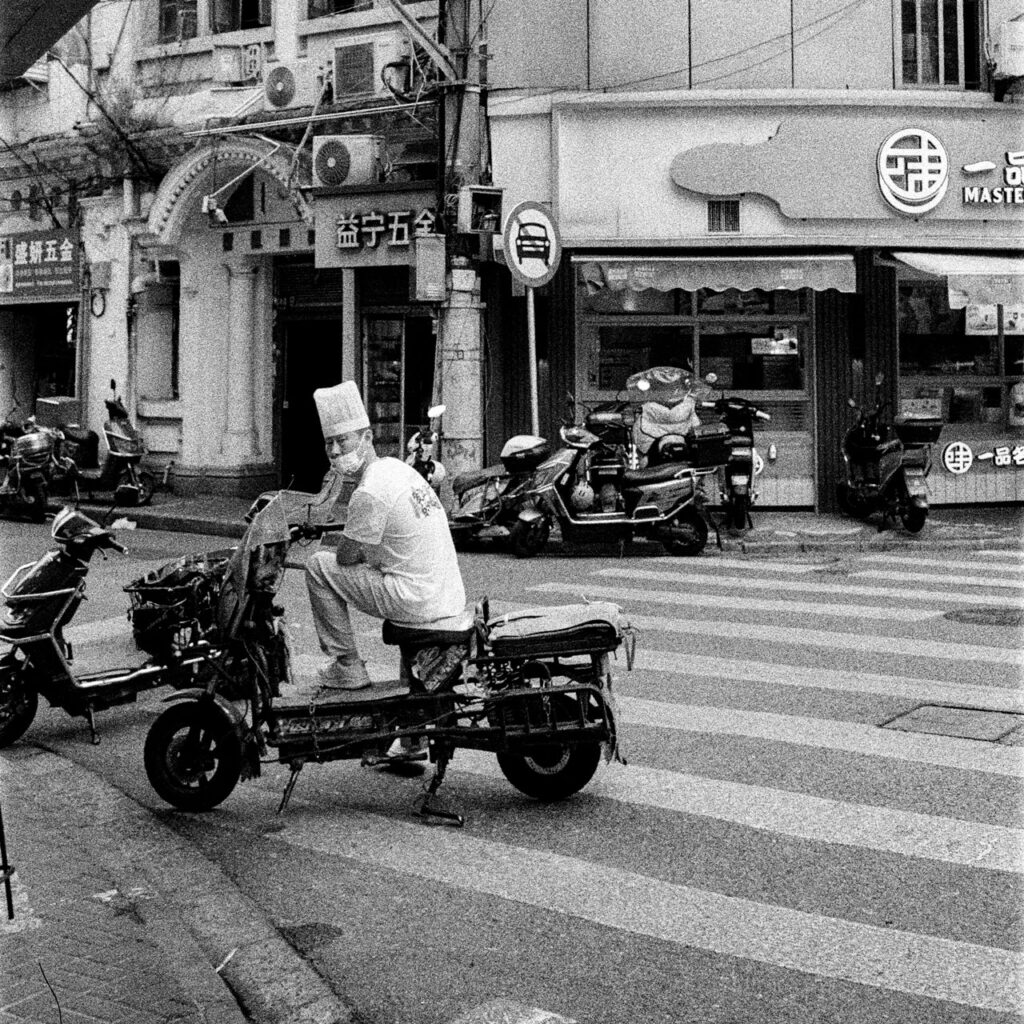
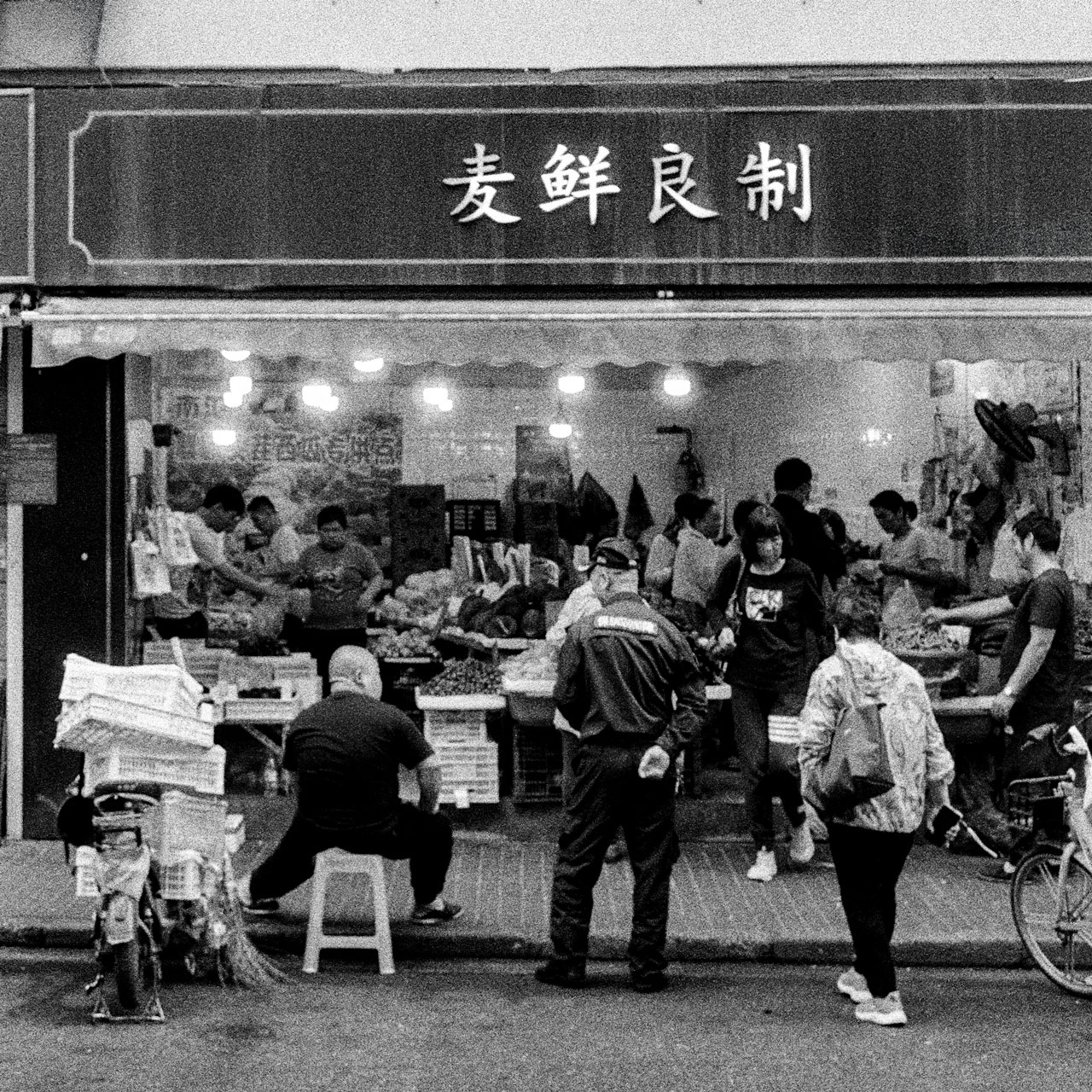
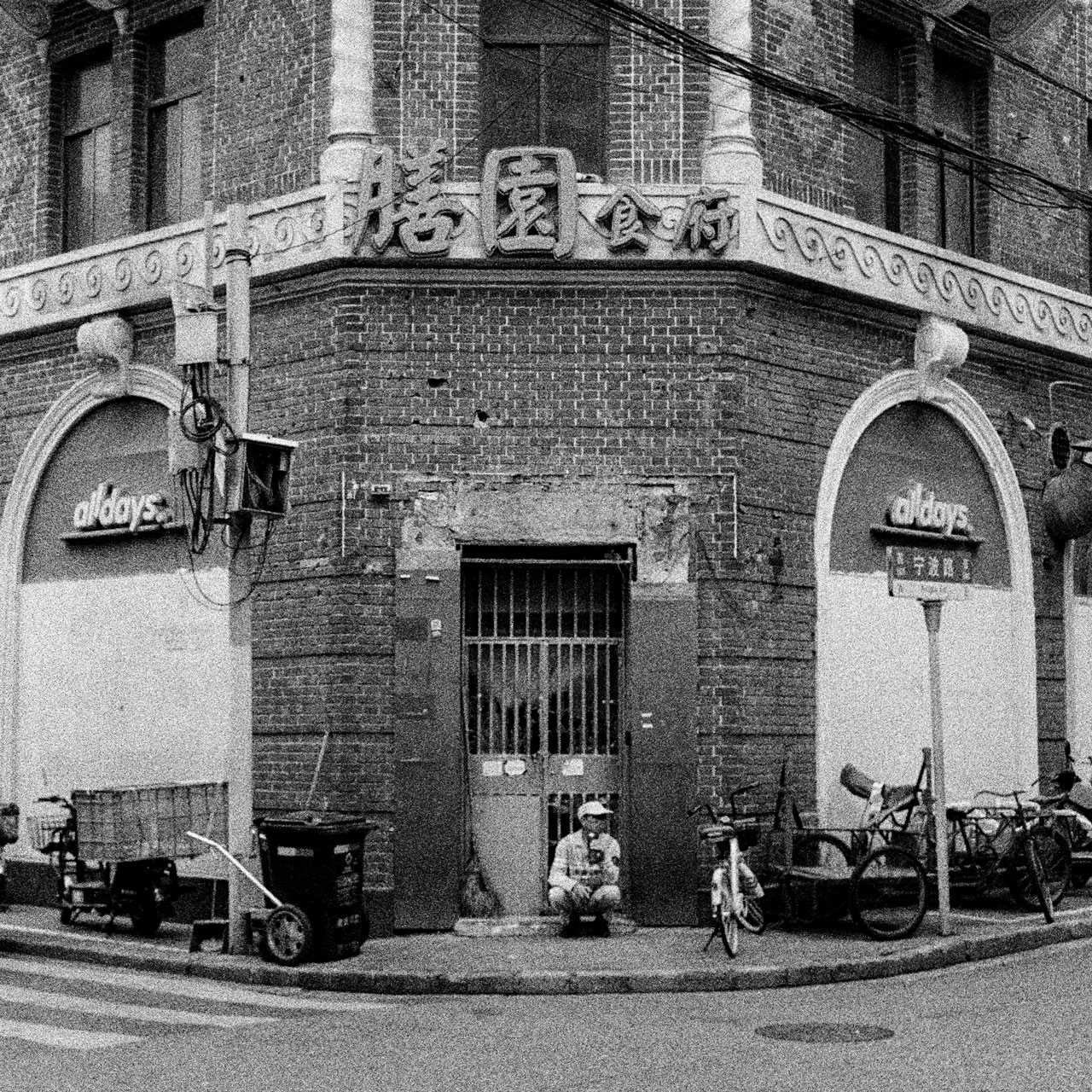
Despite being suited for night shooting, shots during the day on the Ilford Delta 3200 brought out an insane range of detail and texture evident in the shot of the scooter and the shot of the crouched man. In the back streets, there were multiple alleys filled with vendors in closet sized spaces filled with locals out for dinner. Shots at night showed a different result with darker blacks and greater contrast.
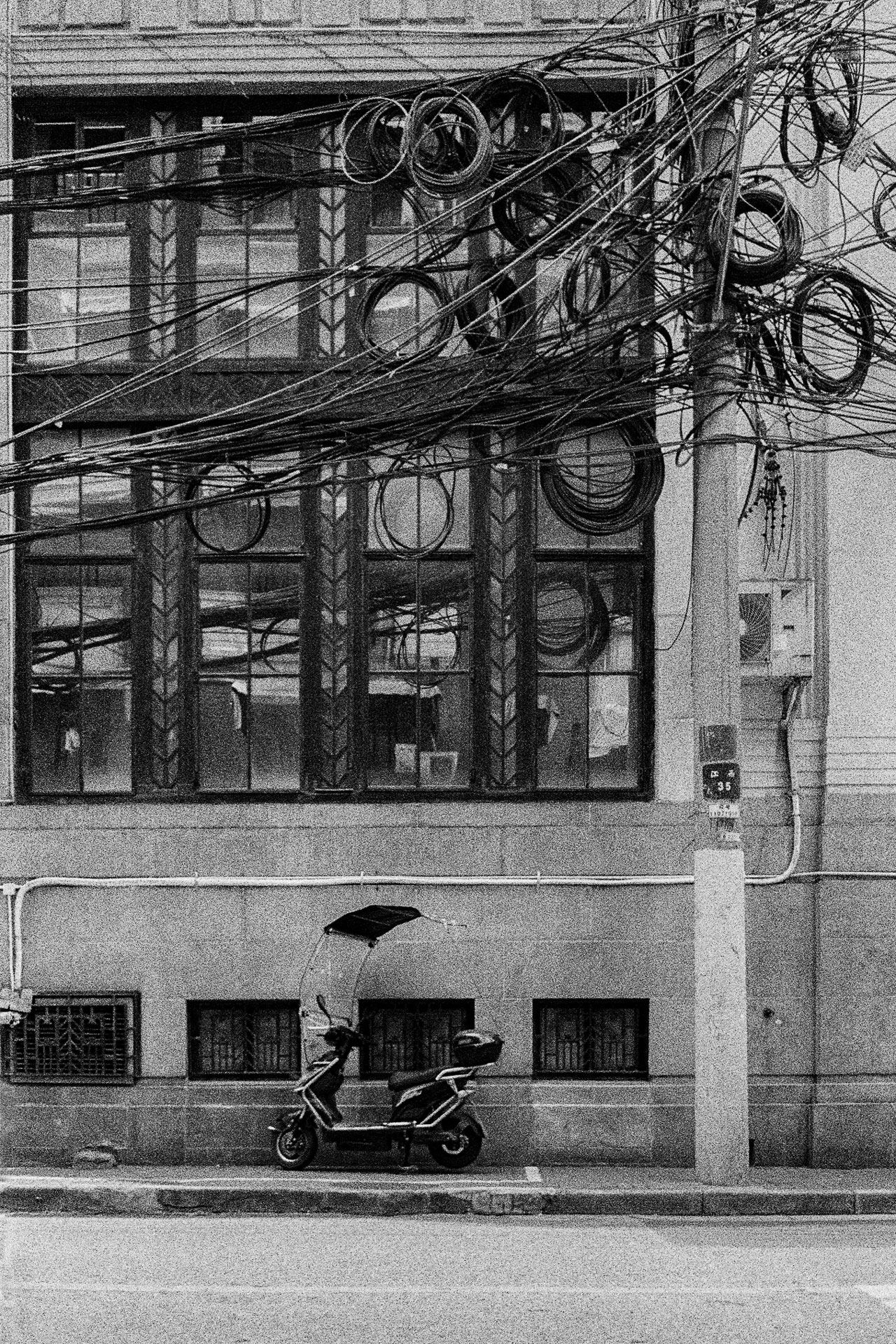
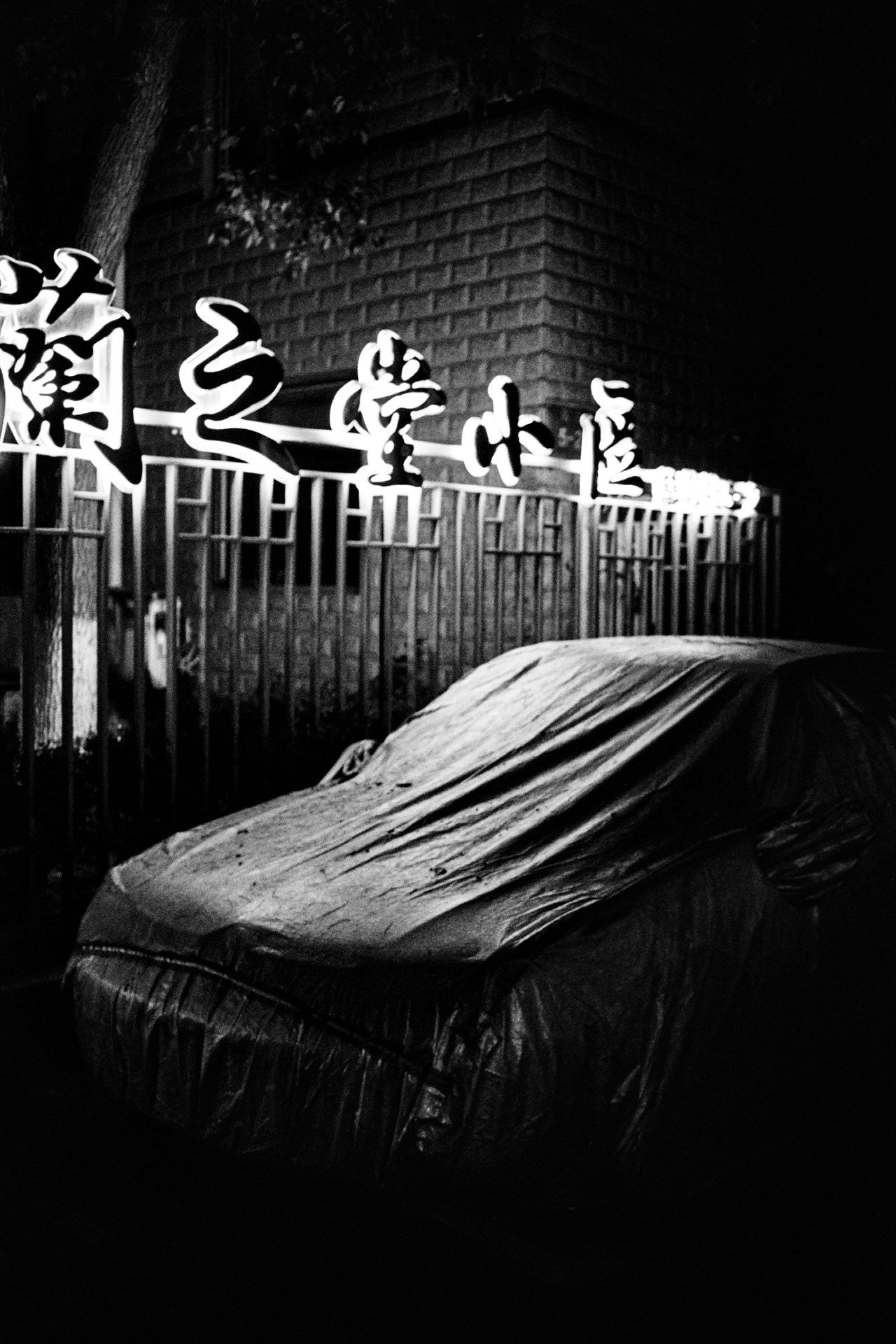
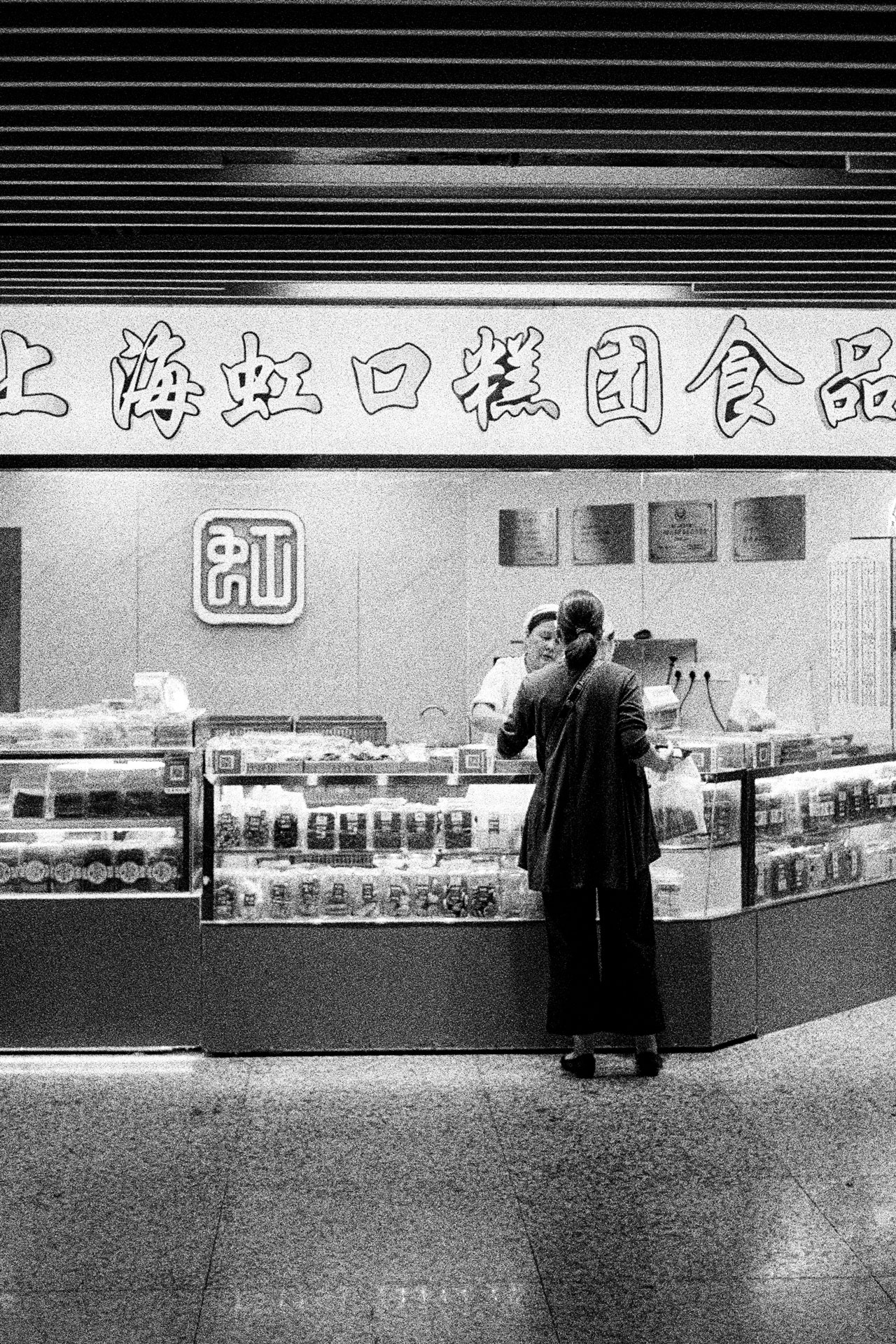
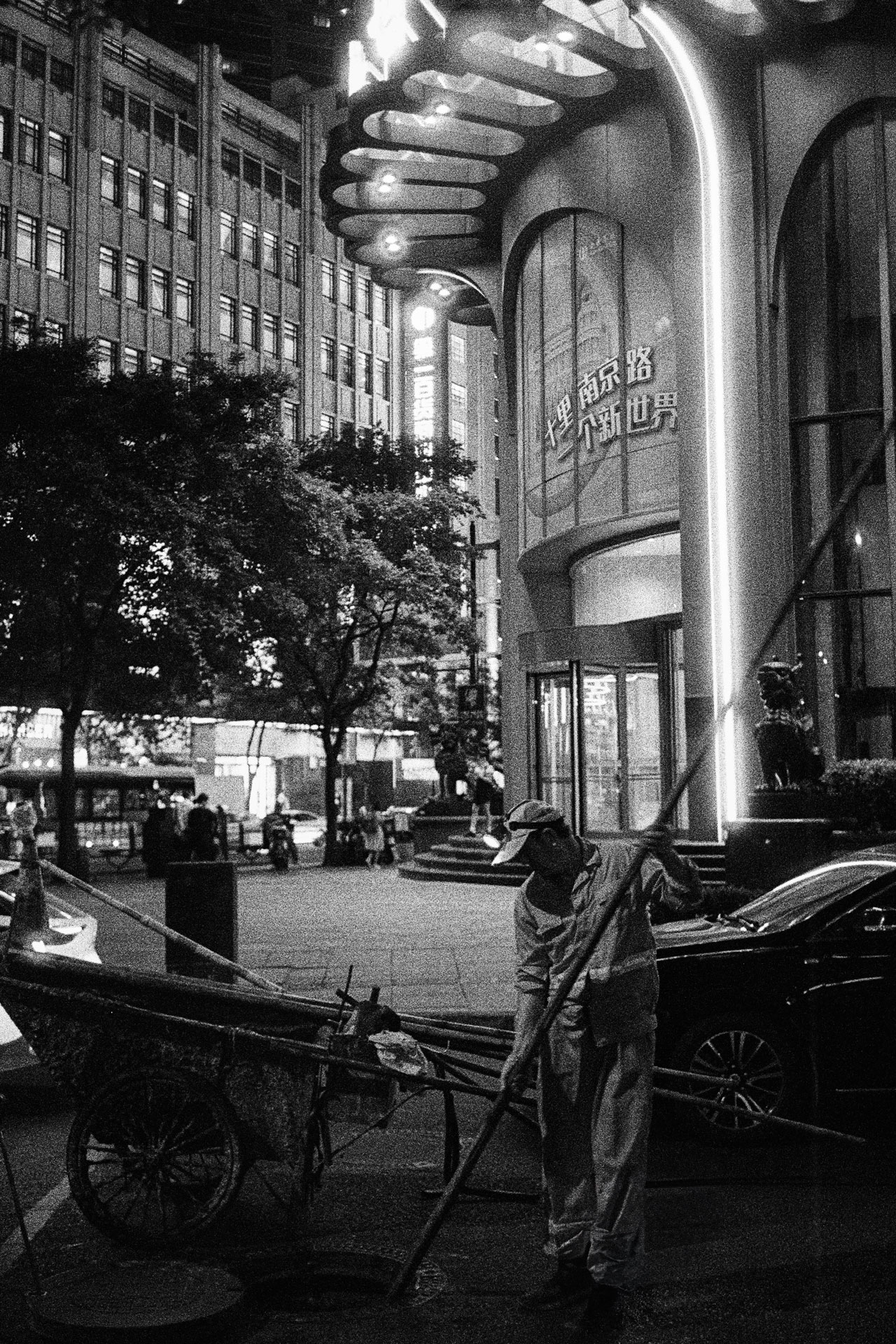
The following two portraits I shot on Shanghai GP3 100. The contrast is very high with less dynamic range but I feel that can be interesting for vintage type portraits.

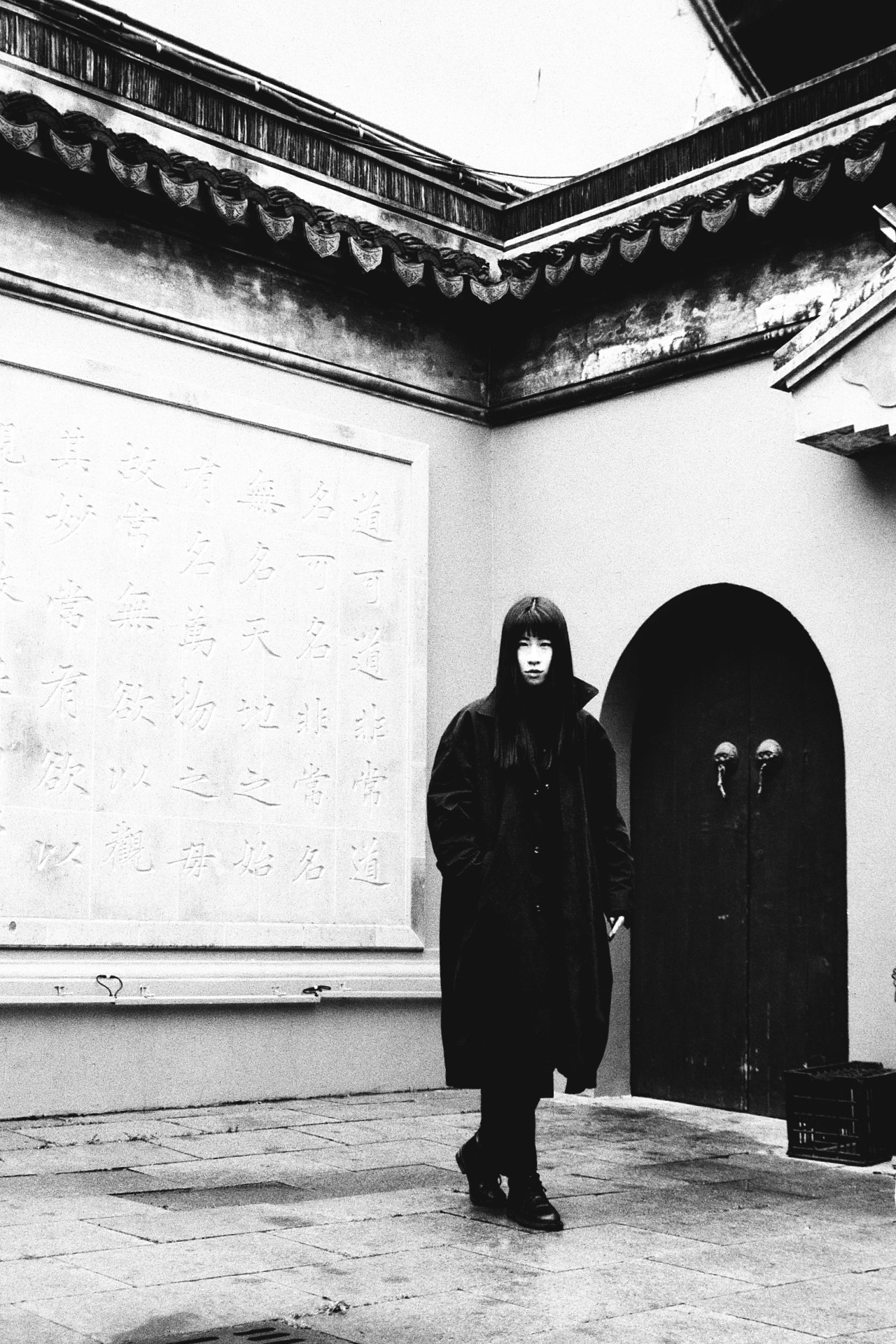
Street Photography on the Canon Autoboy Jet in Colour 35mm
A lot of my general street photography on the trip was also taken with my Canon Autoboy Jet. As a bridge camera, it covers a large focal range and has an impressive flash. As the aperture does not open as wide as the Contax T’s f2.8, I used higher ISO colour film, typically 640 or 800 ISO Cyberpunk or ISO400 Fuji stock to minimise the potential of shutter shake, since the Autoboy Jet is completely automatic. The flash was also used regularly in low light and worked well, as it is significantly bigger than the flashes on most point and shoot cameras.
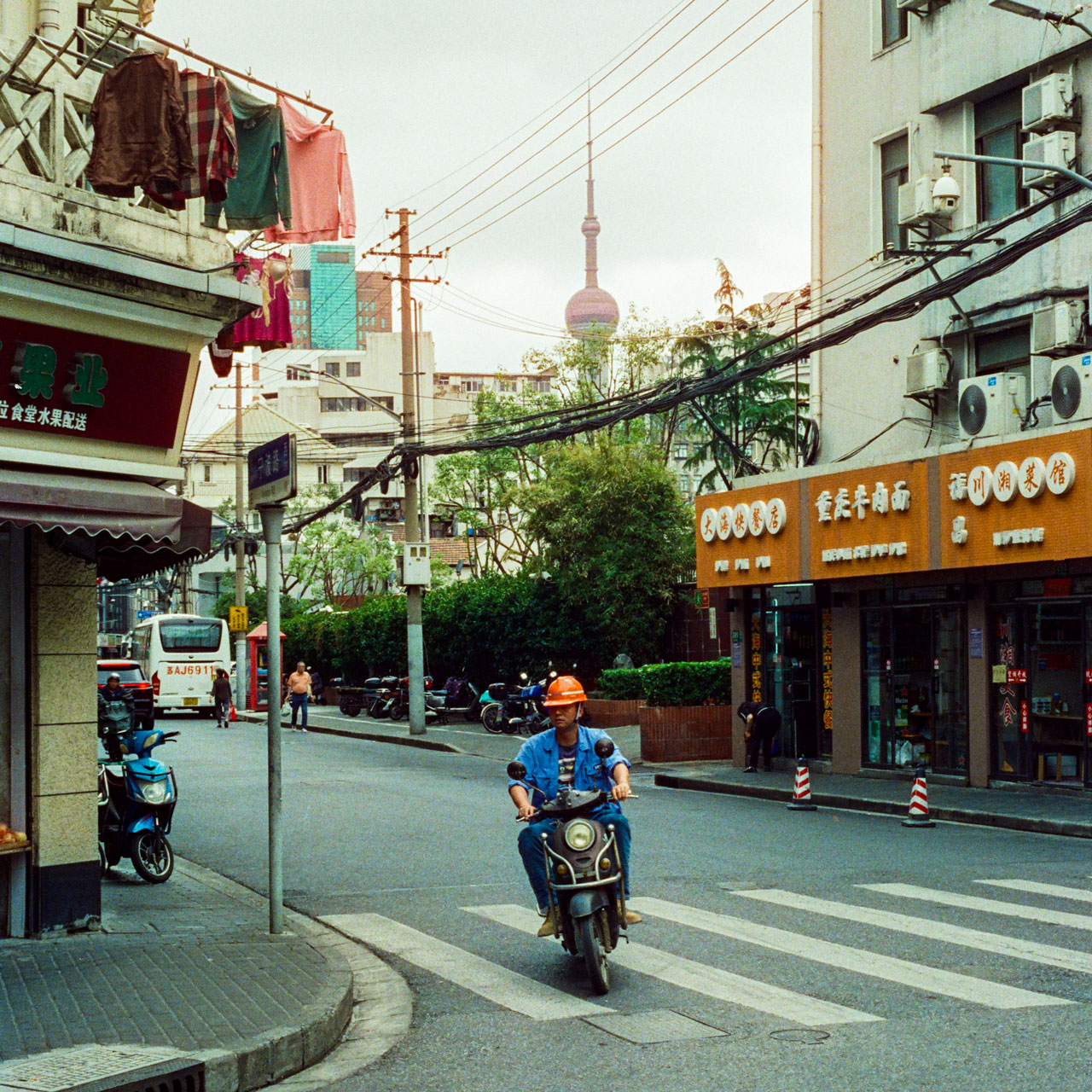
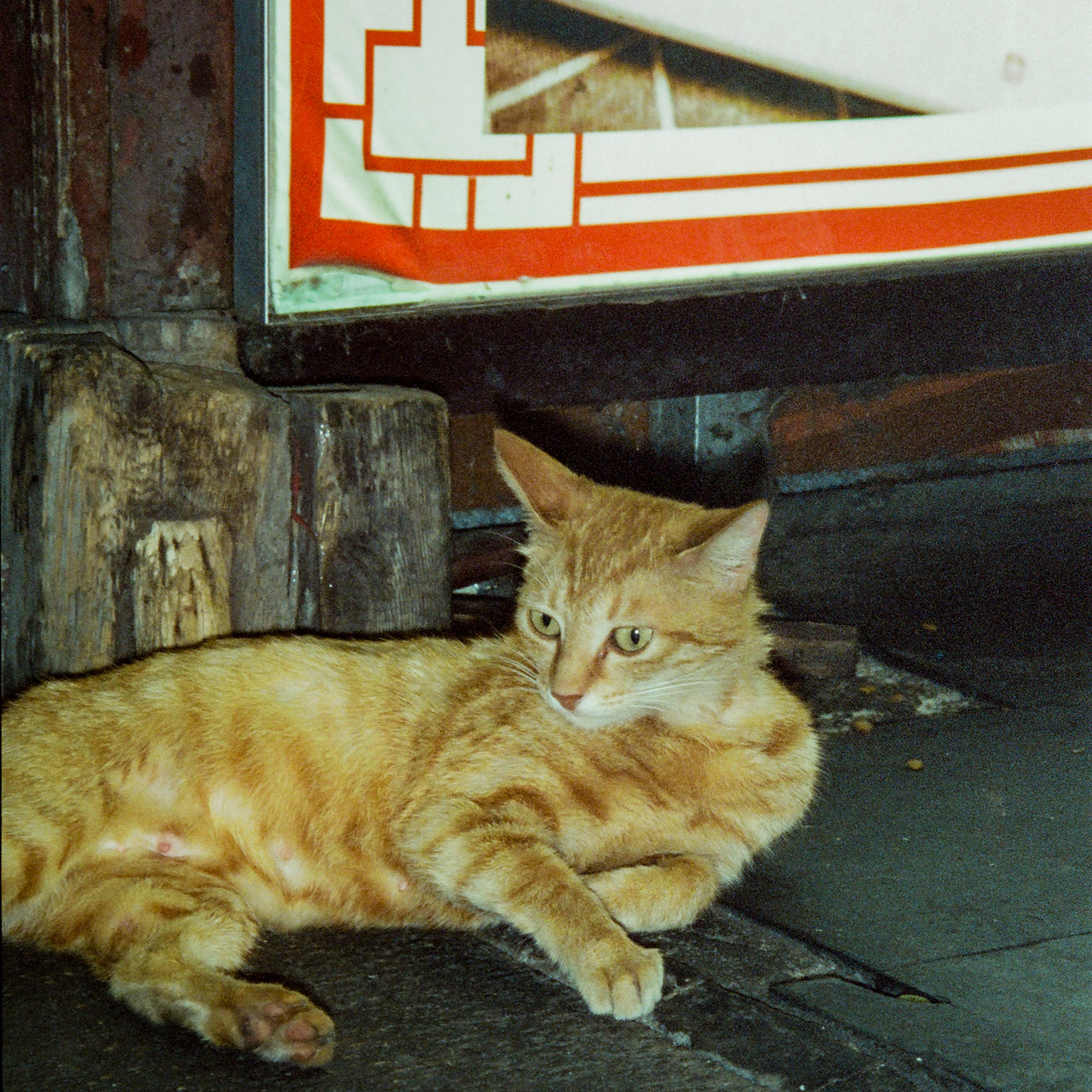
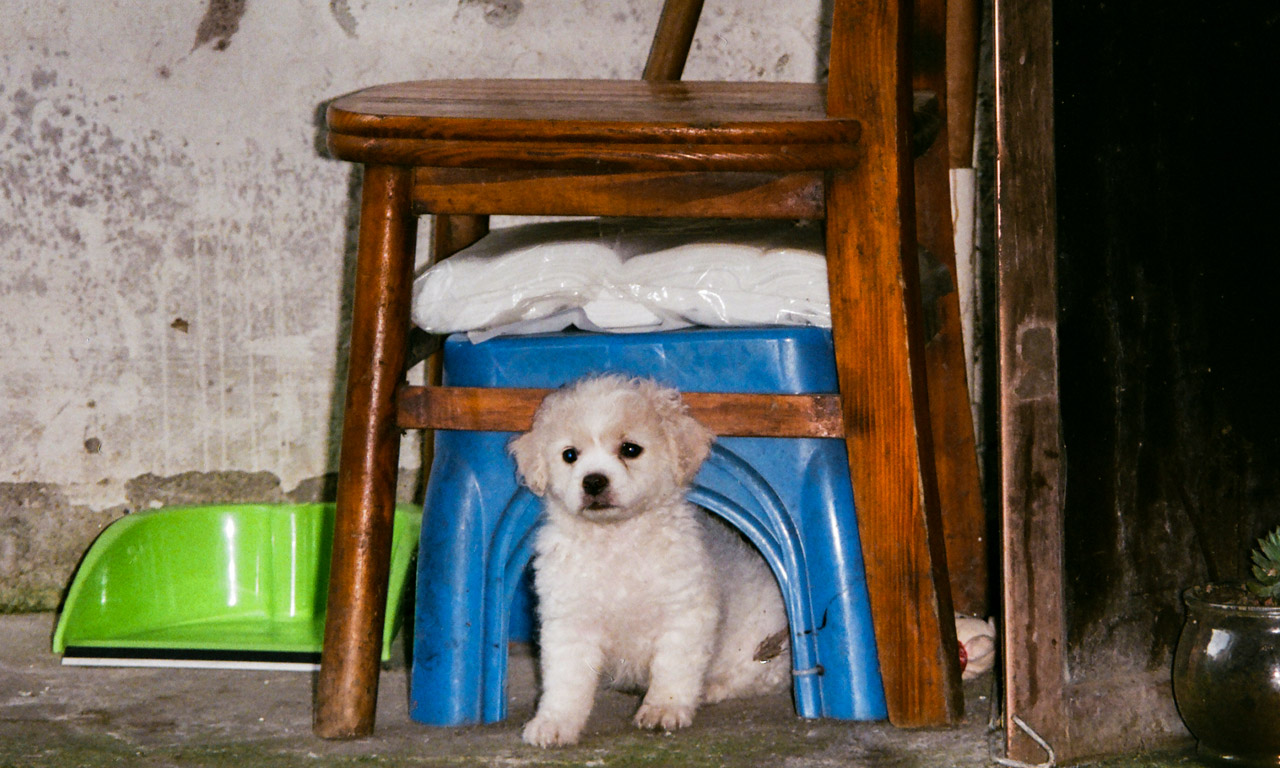
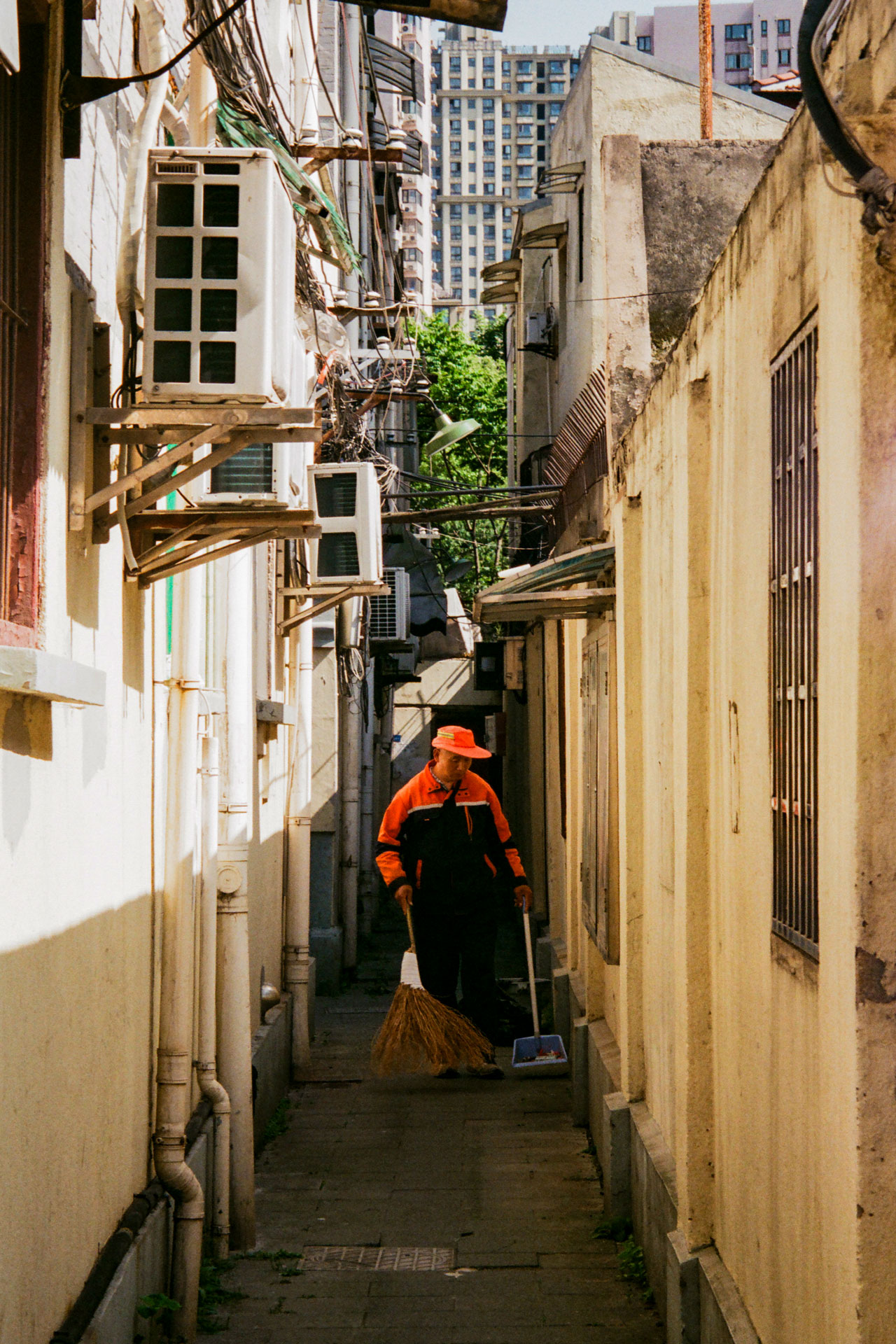
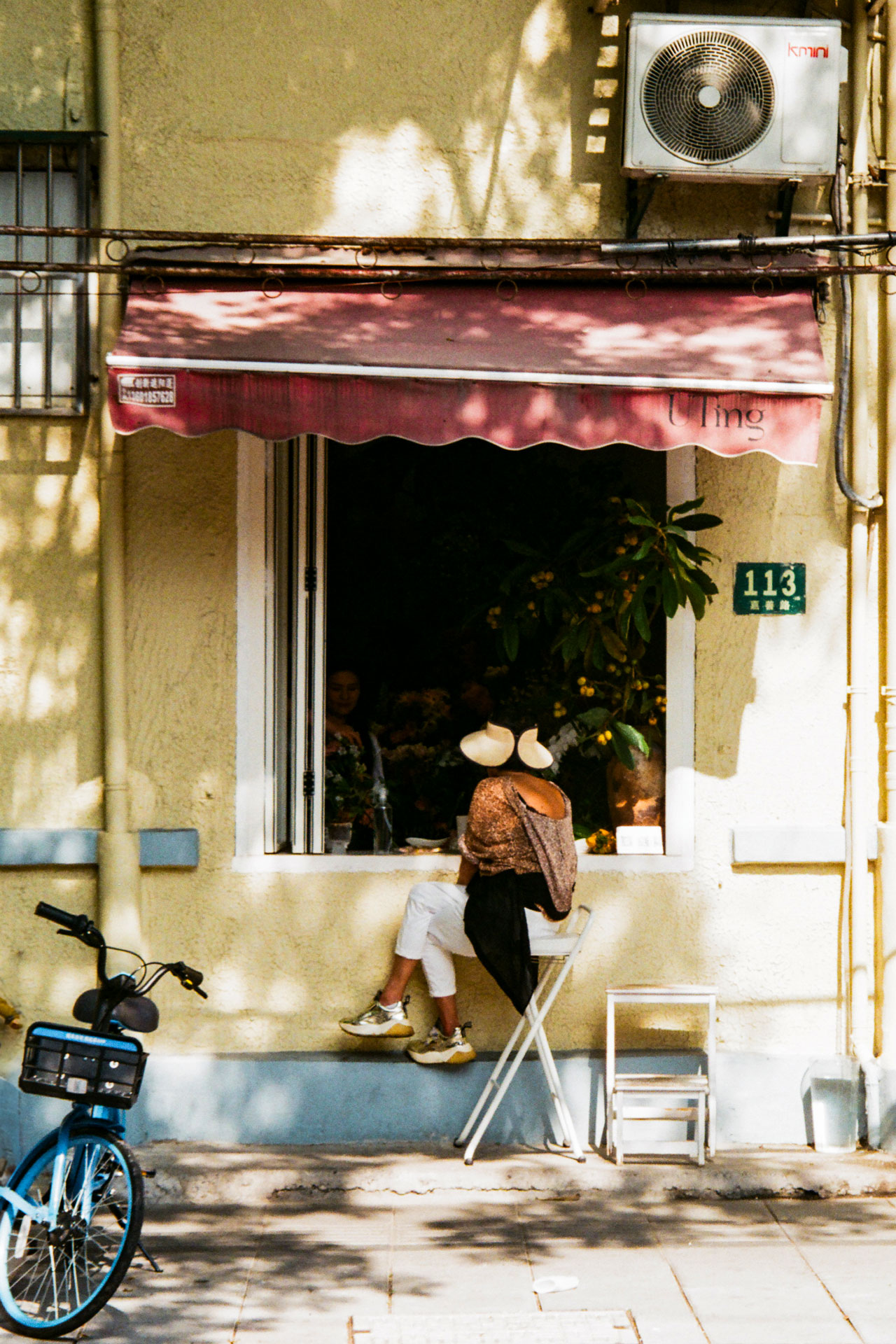
Shanghai’s French quarter is an area steeped in history with its tree-lined streets and colonial-era buildings from a time when China lived under European occupation. The early morning light casts a golden hue over the quaint cafés and boutiques lighting up its pastel walls, creating an atmosphere both serene and nostalgic. I pause to frame a shot of a barista serving a customer.
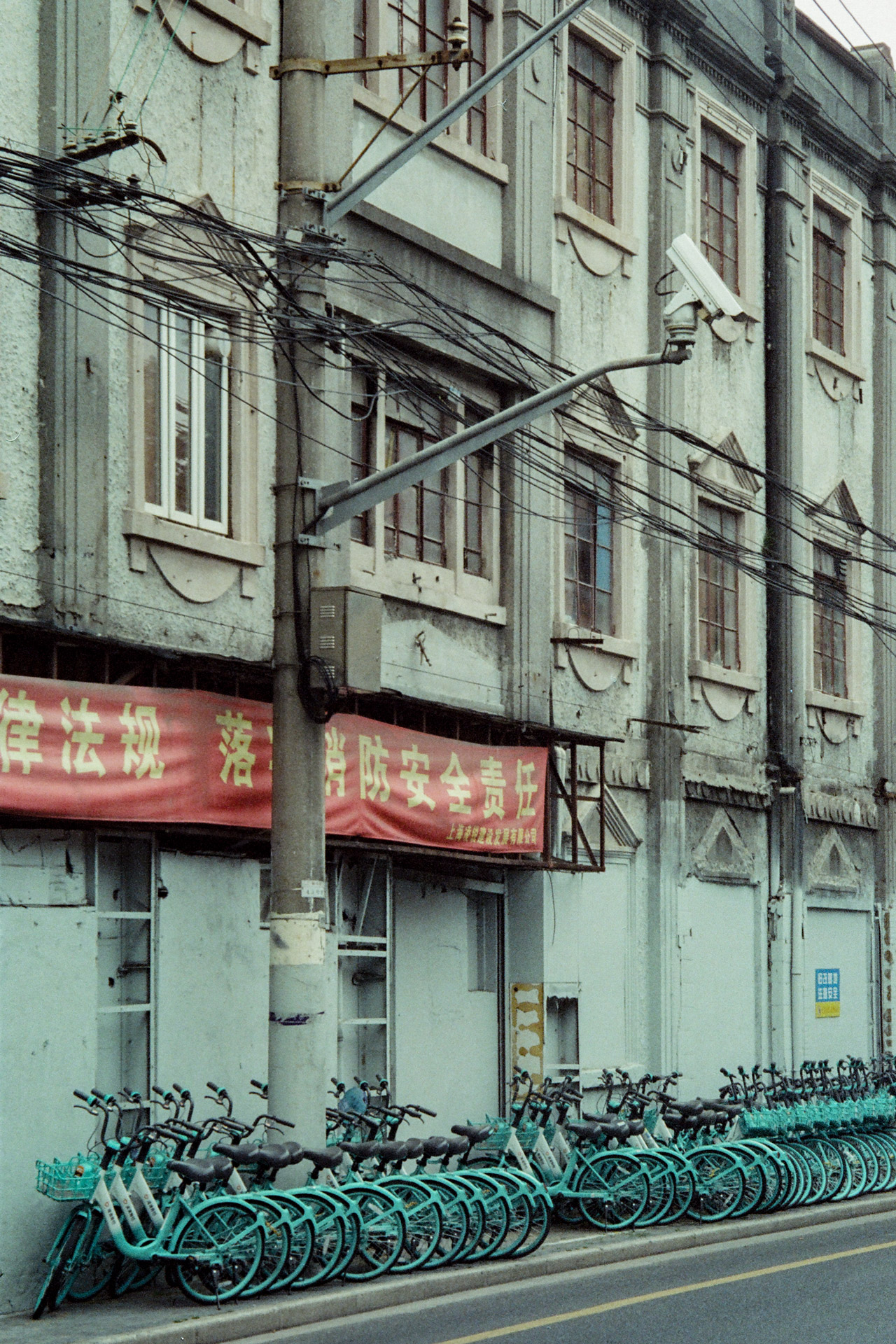
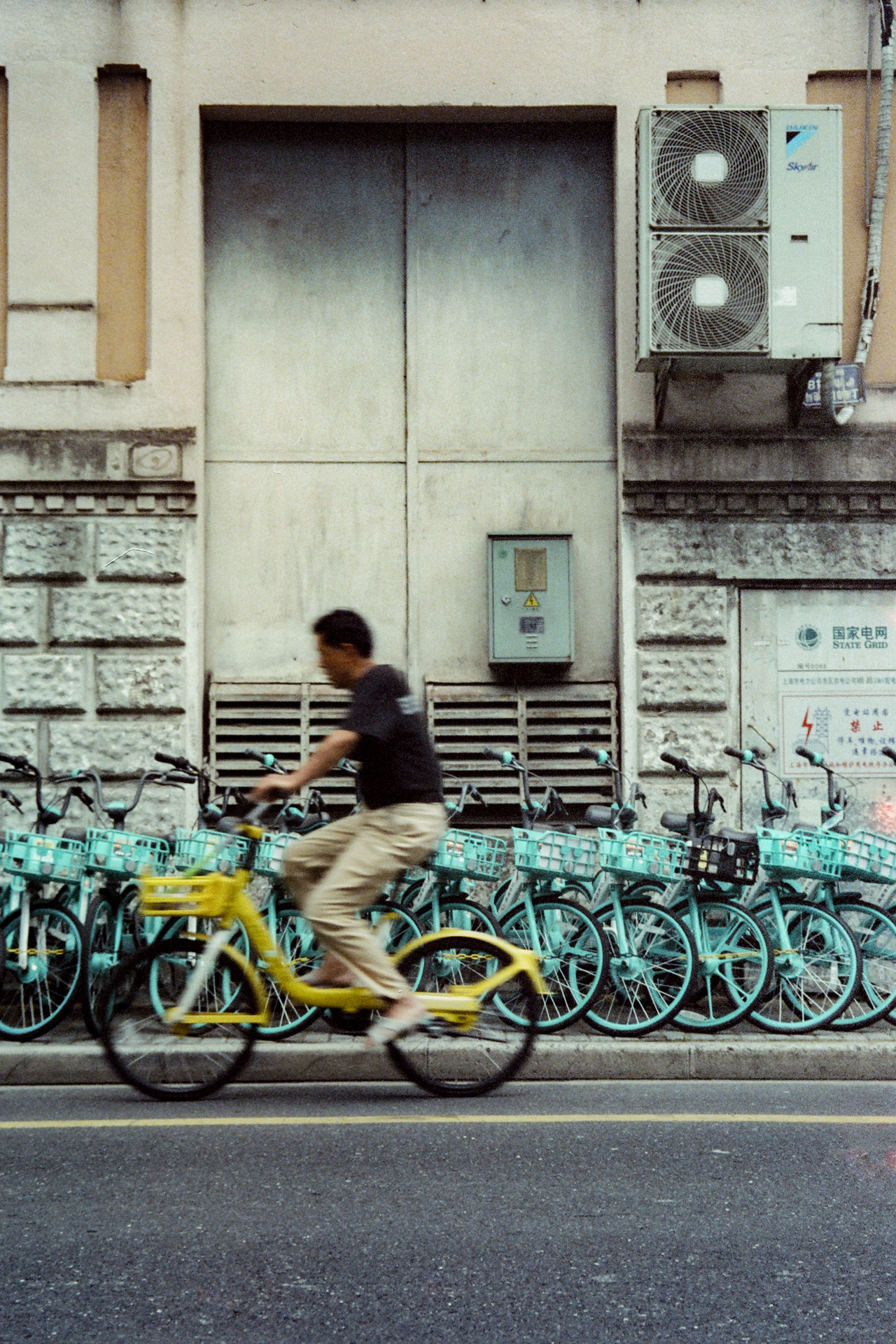
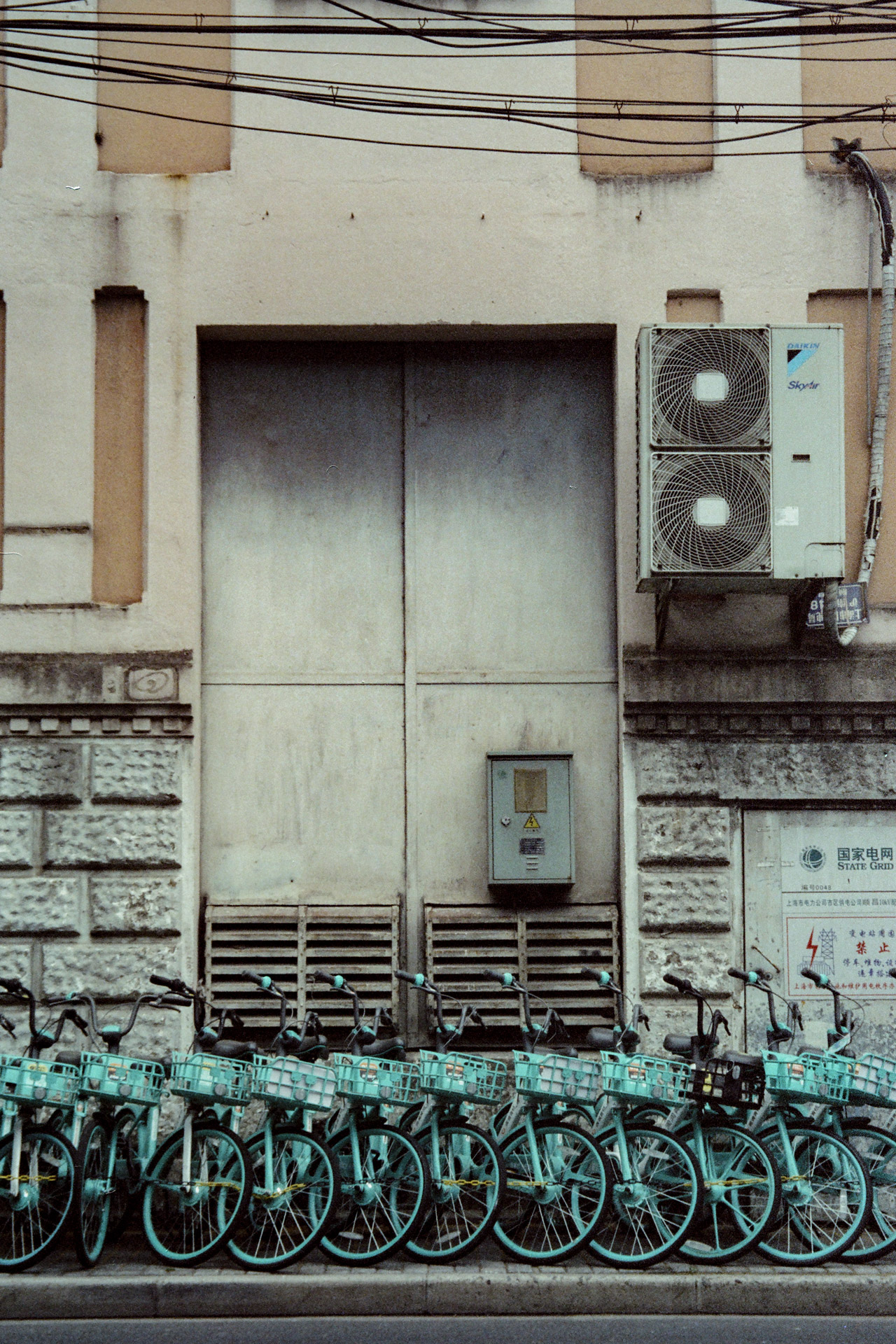
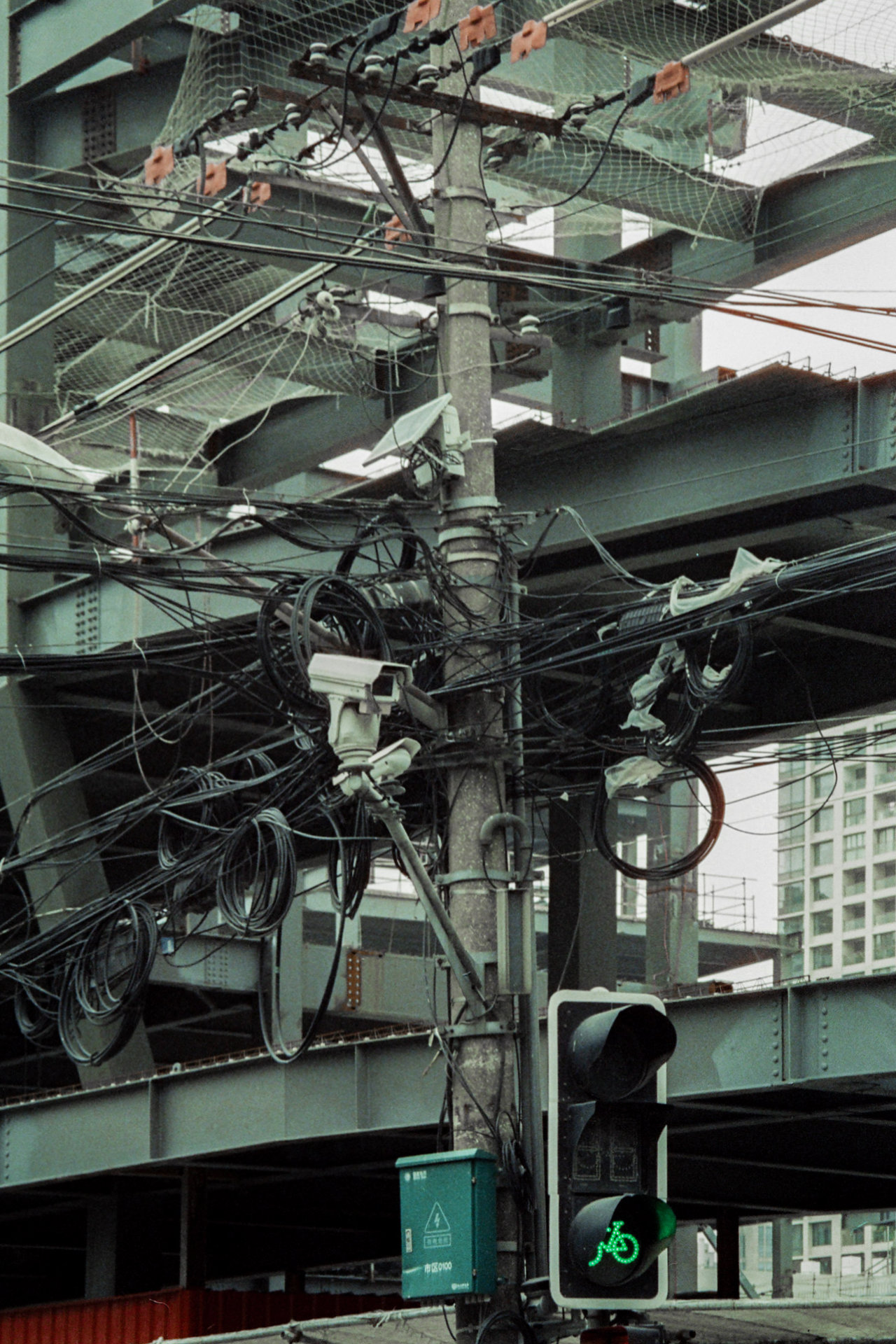
Near my hotel is Pudong, the city’s central business district. The towering skyscrapers, including the iconic Shanghai Tower and the Oriental Pearl TV Tower, present a stark contrast to the historic neighbourhoods explored earlier. Here, the challenge I had was to convey the grandeur and scale of these architectural marvels while maintaining the intimate, personal touch that 35mm film offers without doing the usual skyline shots most come here to do.
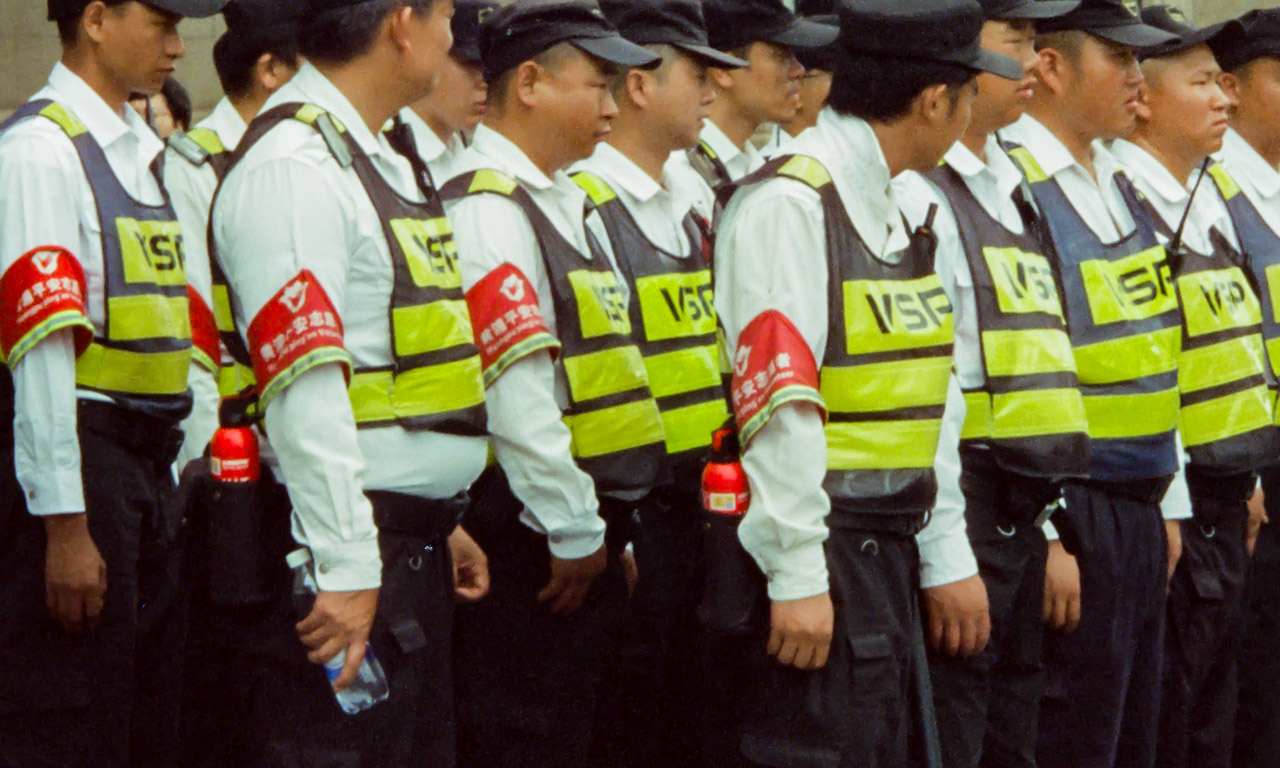
I frame a shot of a police booth amidst the chaos of crowds, construction with the Oriental Pearl Tower in the background. The surrounding spherical glass facades of other skyscrapers create a dynamic composition that captures the essence of Shanghai’s unique architectural ambition.
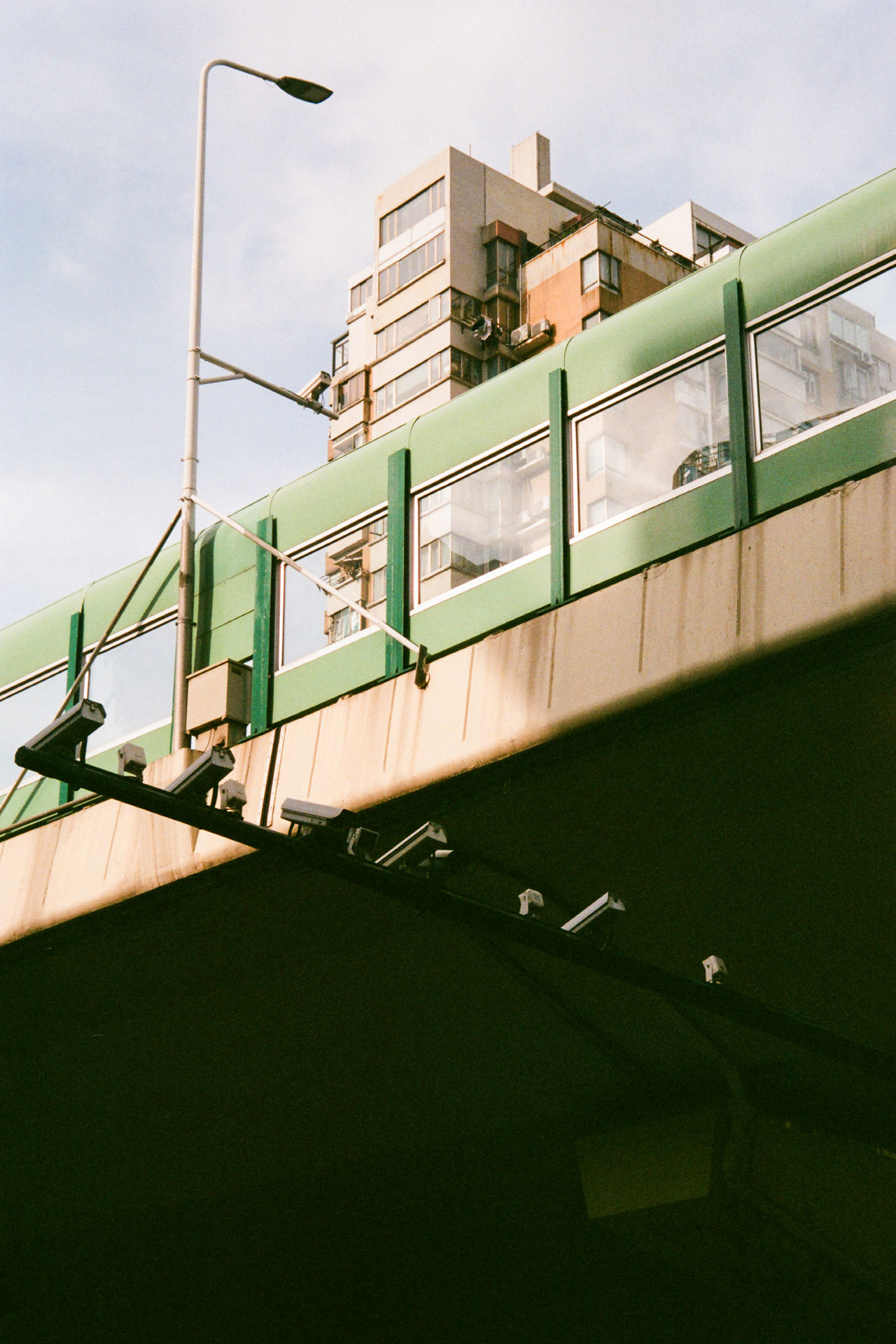
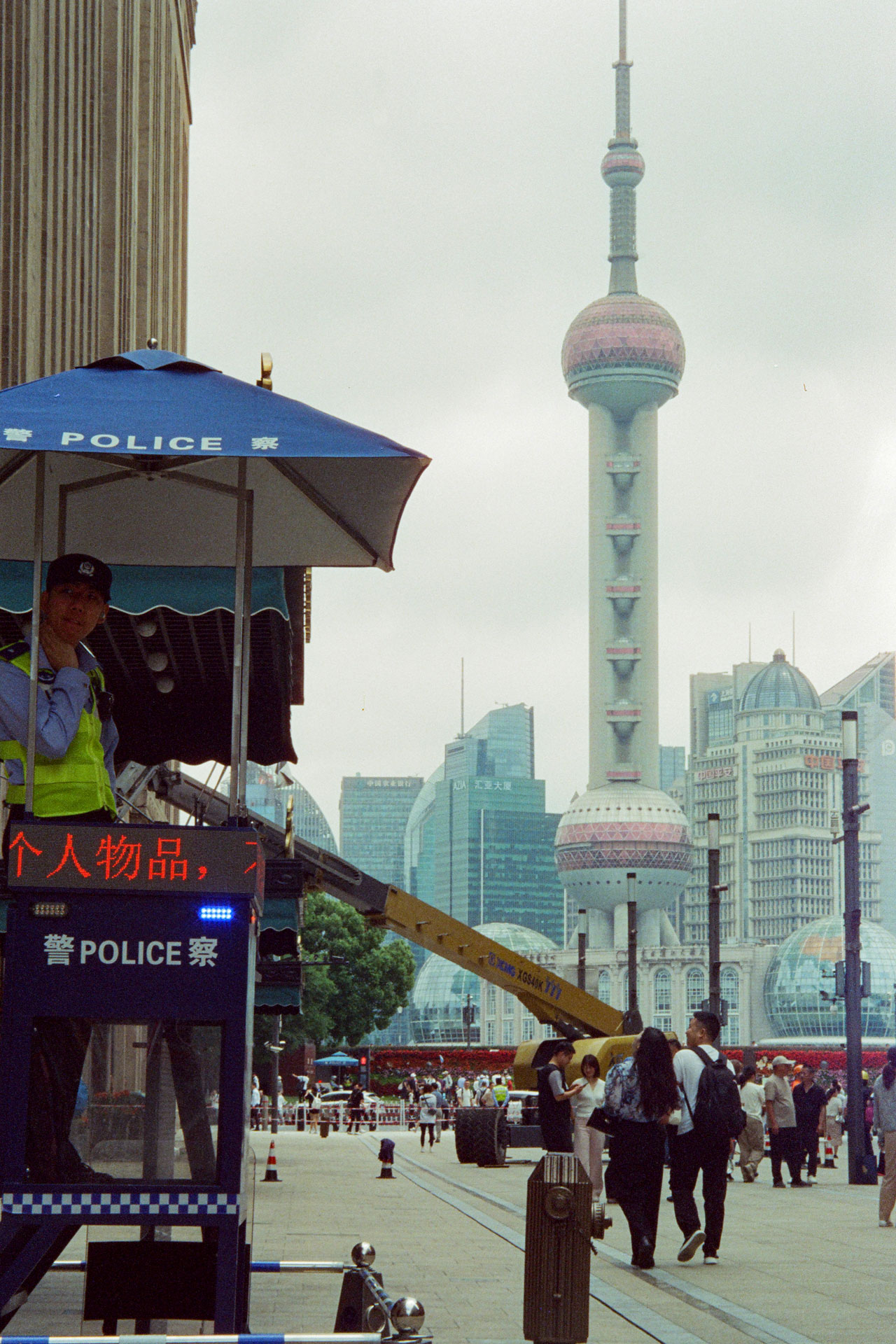
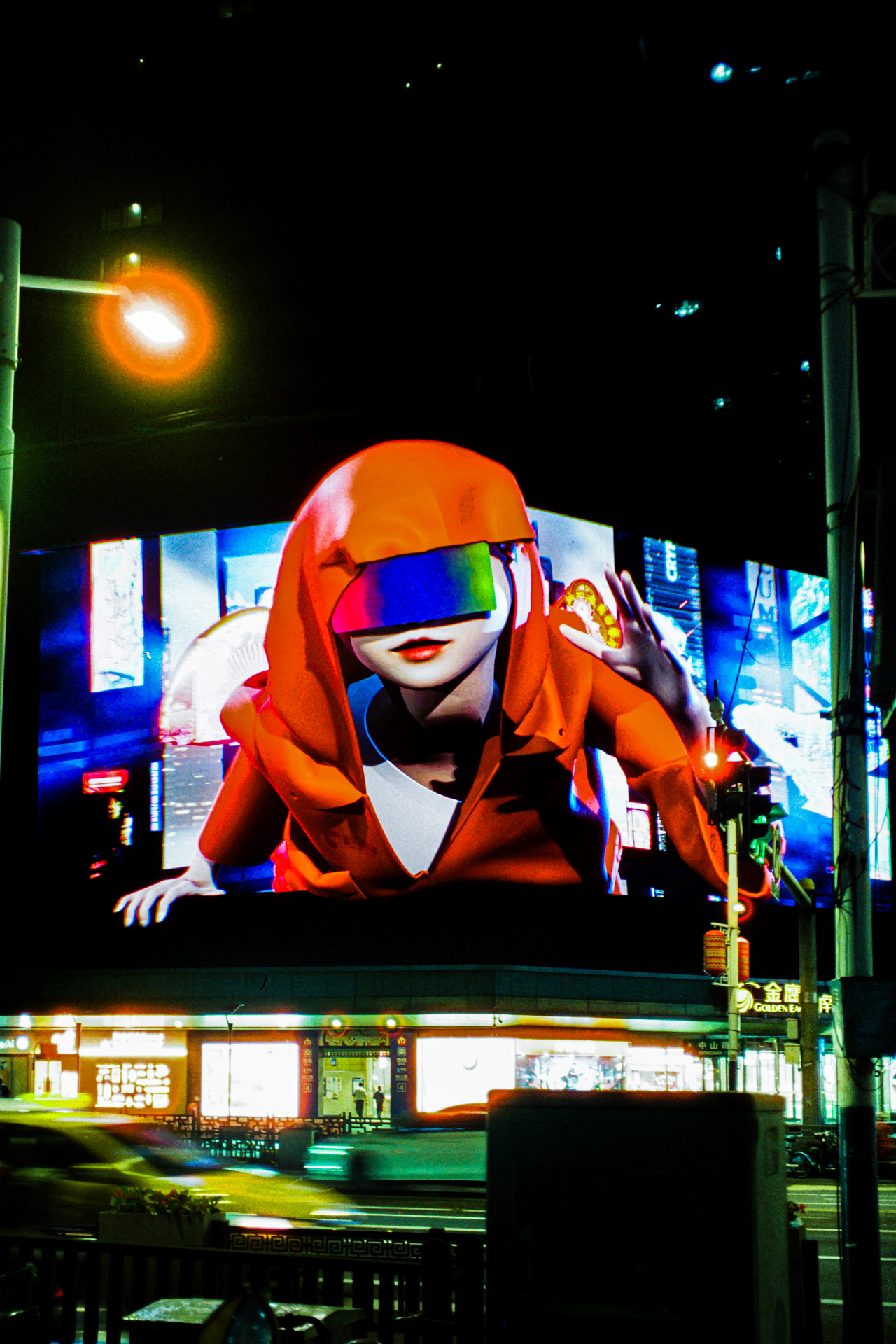
When booking my hotel while still in Australia, I made the decision to stay by Nanjing Road, a famous shopping street that was a sensory overload of neon signs, LED screens and malls filled with every brand you can imagine. The challenge shooting here was to capture the essence of this frenetic energy without being overwhelmed by it. Trying to focus on interesting subjects amidst the chaos turned out a reliable technique.
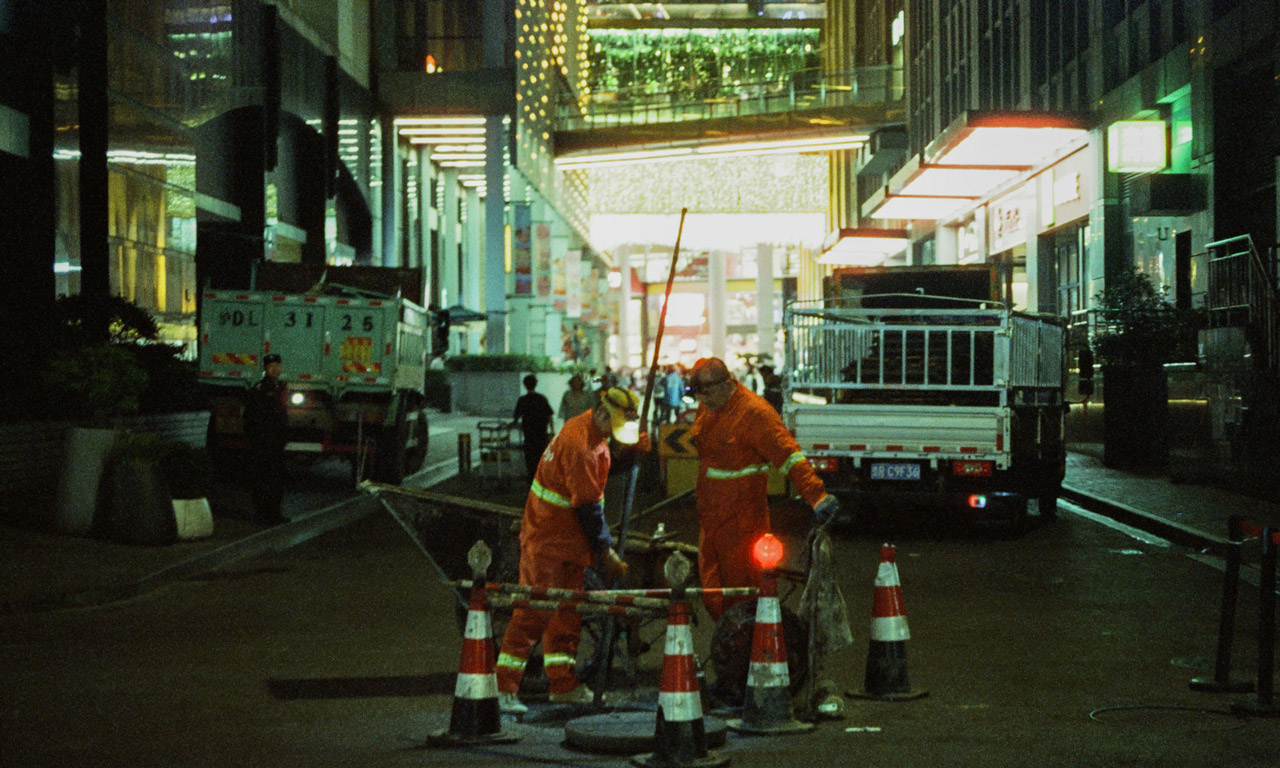
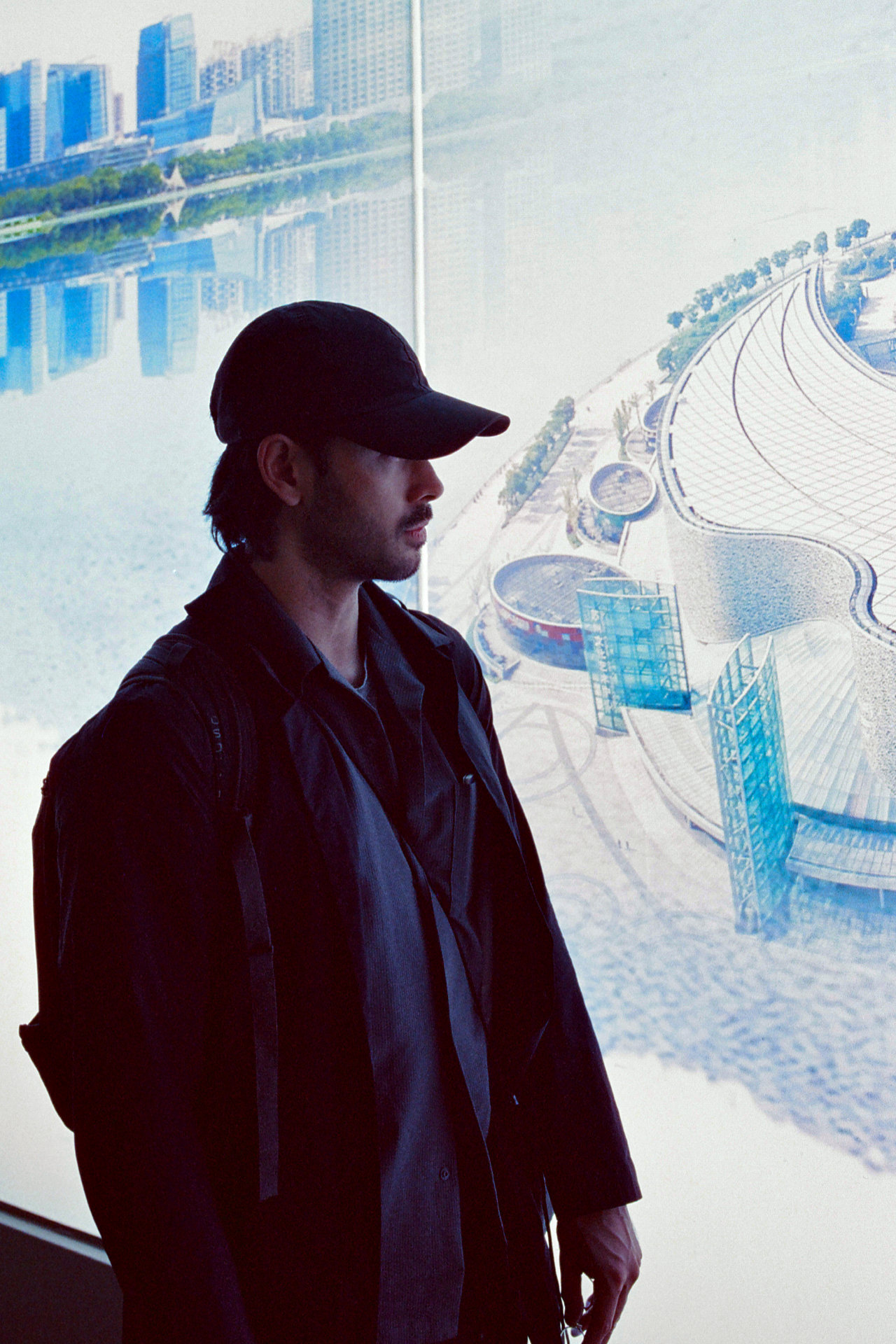
Final Thoughts
My journey through Shanghai with the Canon Autobot Jet and Contax T has been an exploration of contrasts—between old and new, calm and chaos, tradition and modernity. Learning each camera’s strengths and weaknesses allowed me to choose a camera for certain shots to shine and I am glad I had both with me during the trip. I have also learnt a lot about China as a travel destination, and believe now that I and a lot of others had many misconceptions around the country as a whole.
If you enjoyed this photoset, you may like to follow Andrew on Instagram [INSTAGRAM LINK] where he regularly posts photography taken in Brisbane and on his travels around the world.
